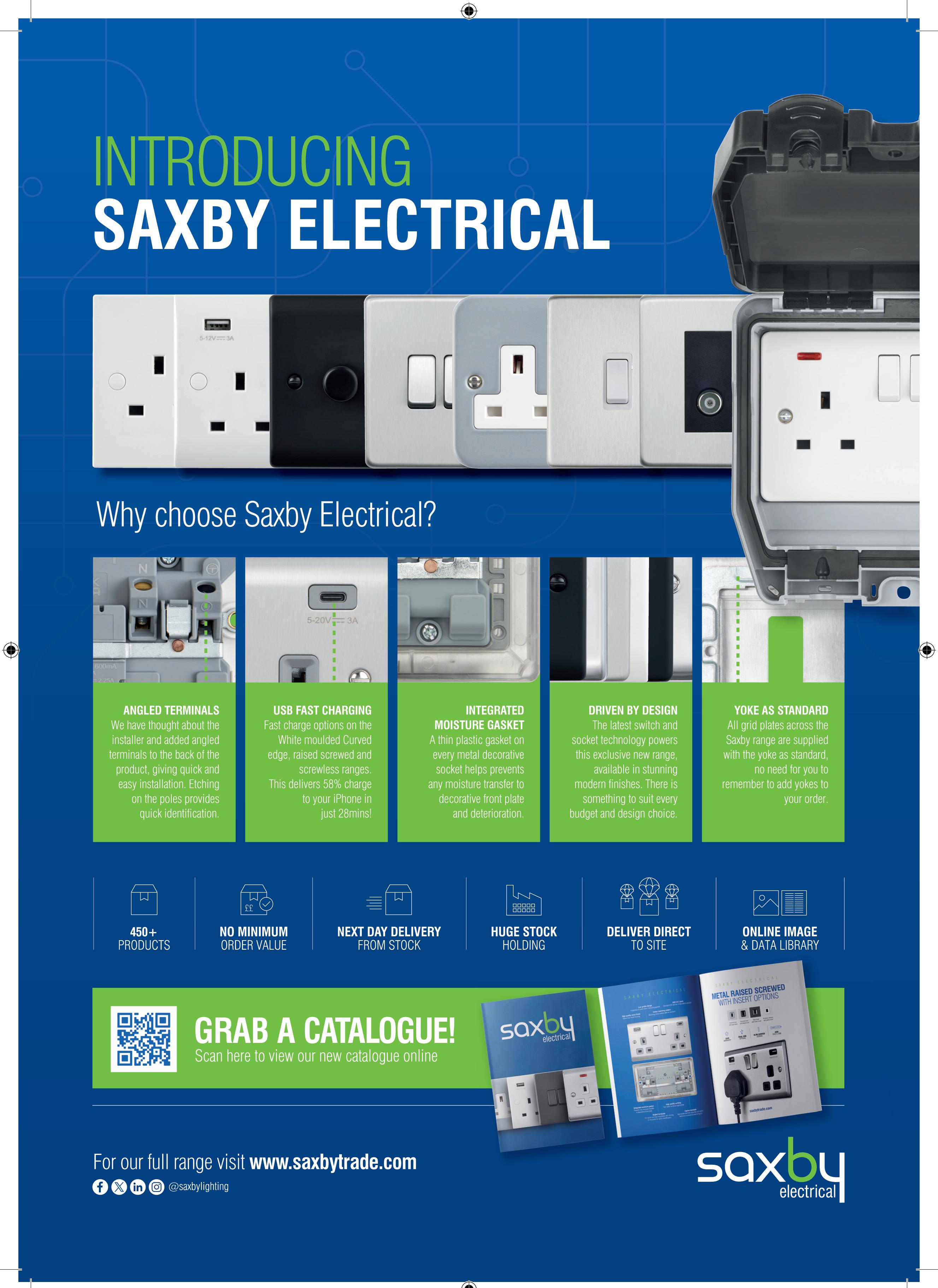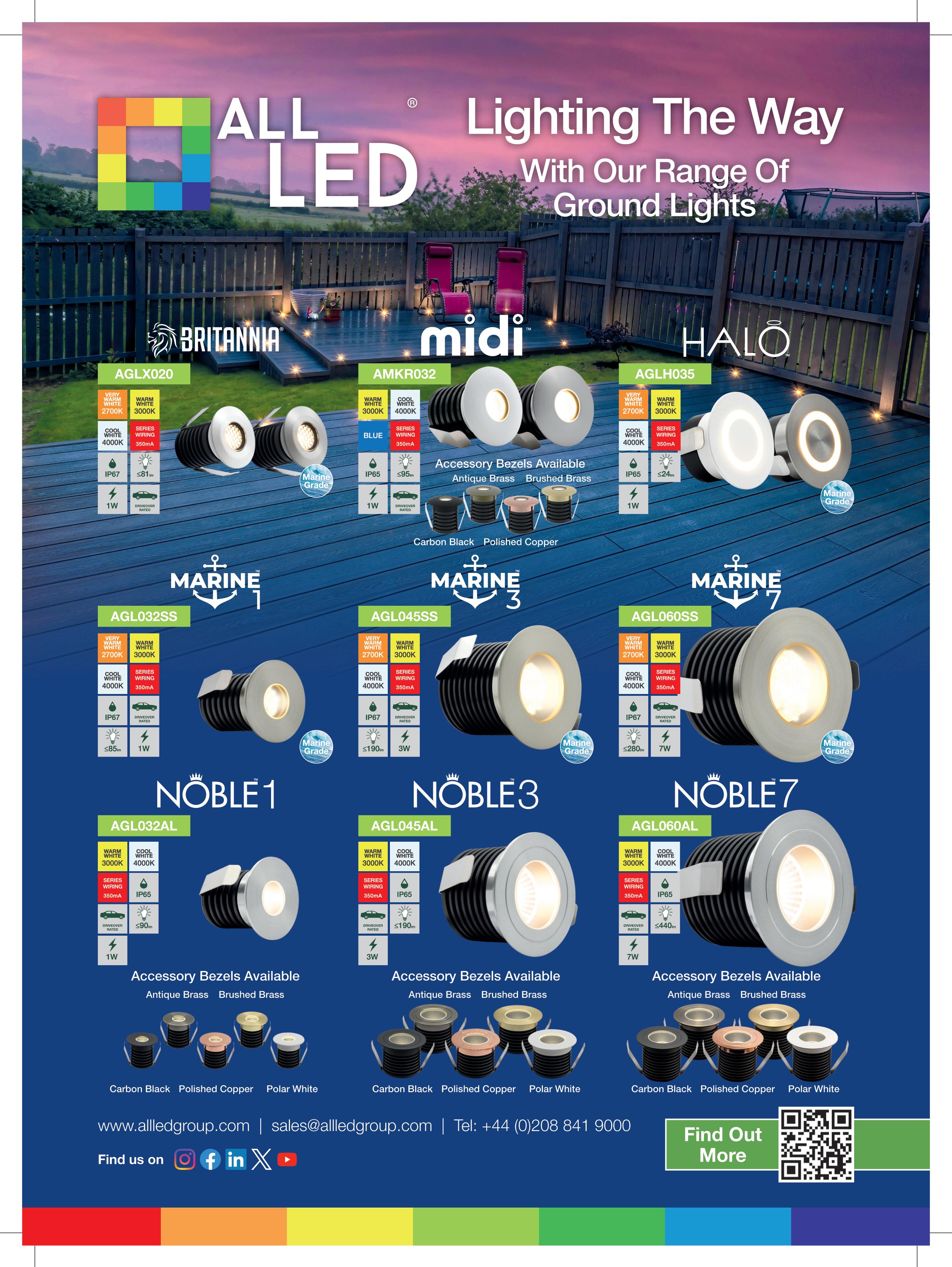
























TWO TOP BRANDS PARTNER UP TO PRODUCE A BREAKTHROUGH IN GROUND JOINT SOLUTIONS



YOU COULD EARN 1 X CPD CREDIT THIS MONTH


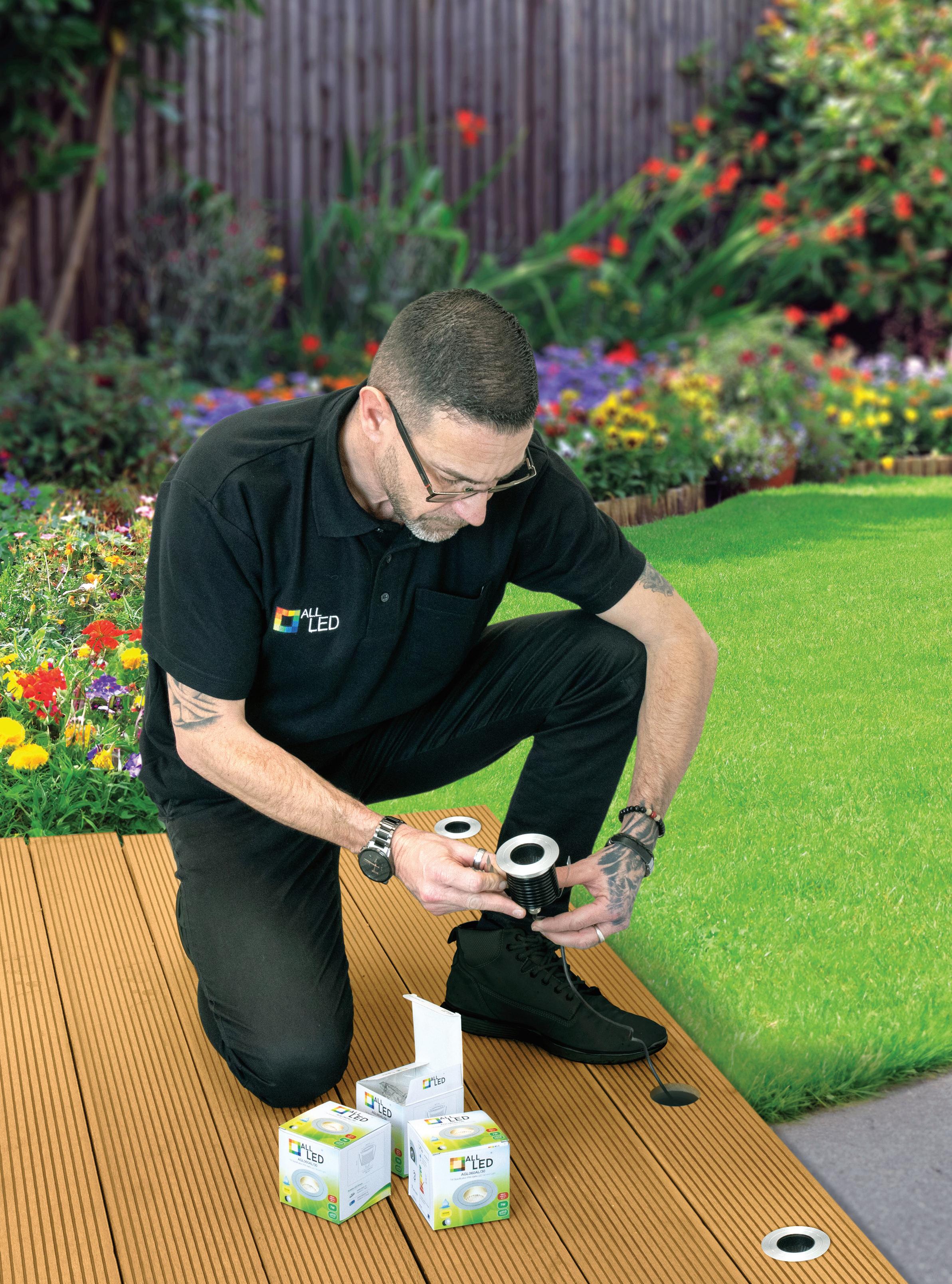
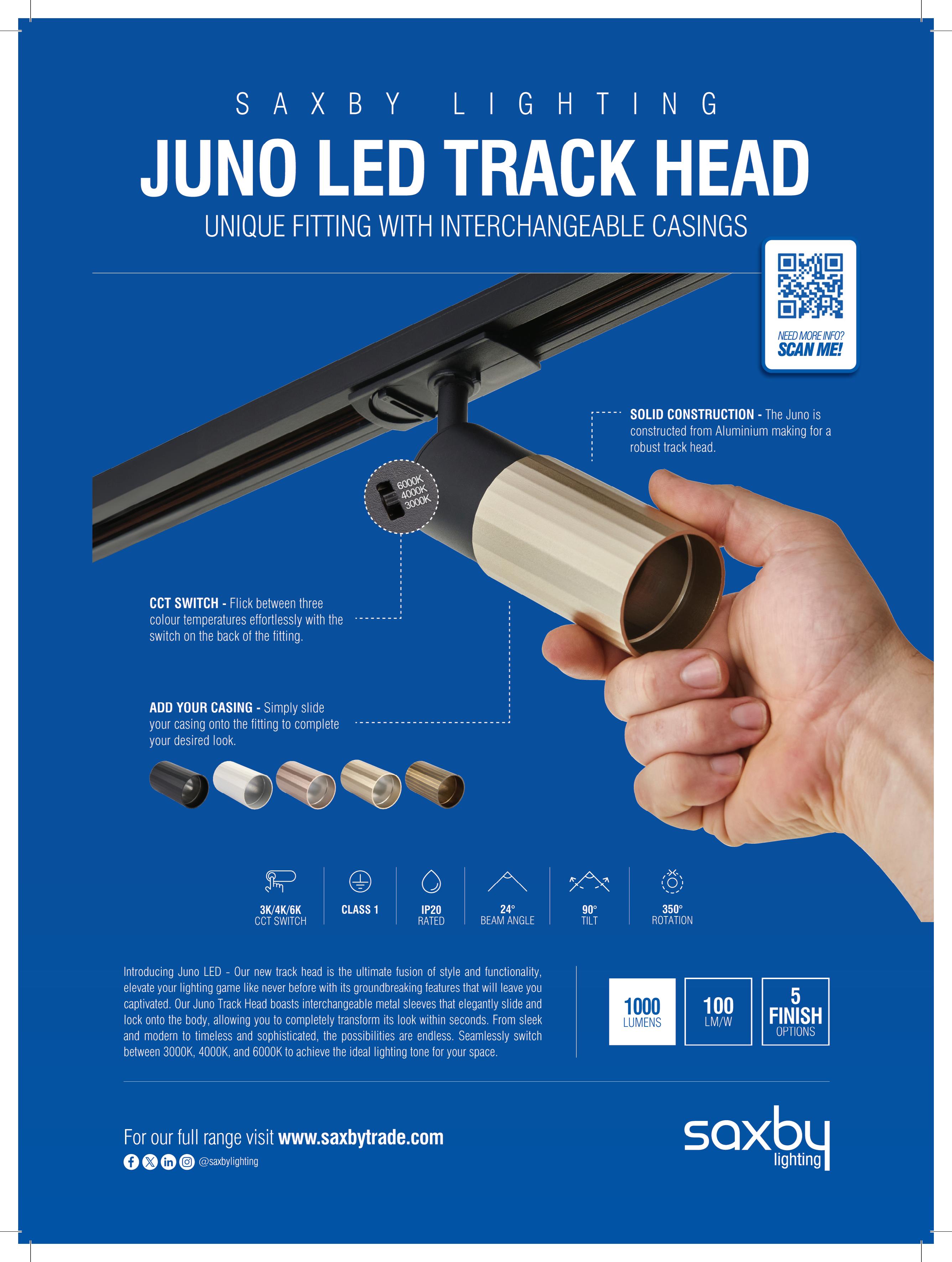

Regulars
7 VIEWPOINT
11 NEWS
20 MONTY’S MUSINGS NEW
23 THE TRAINING GROUND
44 ELEX
45 ASK OVIA
47 MADE 2 MEASURE
18
leading
22 We take a look at the key landmarks throughout Centaur’s 50-year rise to prominence
The CPD Zone
26 The team at NAPIT ‘codebreak’ more of the latest reader submissions
29 A look at the types of SPD recognised by BS 7671 and their location within an installation
33 Smoke alarm installations – what is the hidden requirement in BS 7671?
34 Dr Zzeus, Tom Brookes, advises on another fire-related reader question
37 What are the key features that set single-phase and three-phase power supplies apart?
38 A guide to navigating electrical reflections in circuitst
41 Throwing some light on the battle to use self-generated green energy
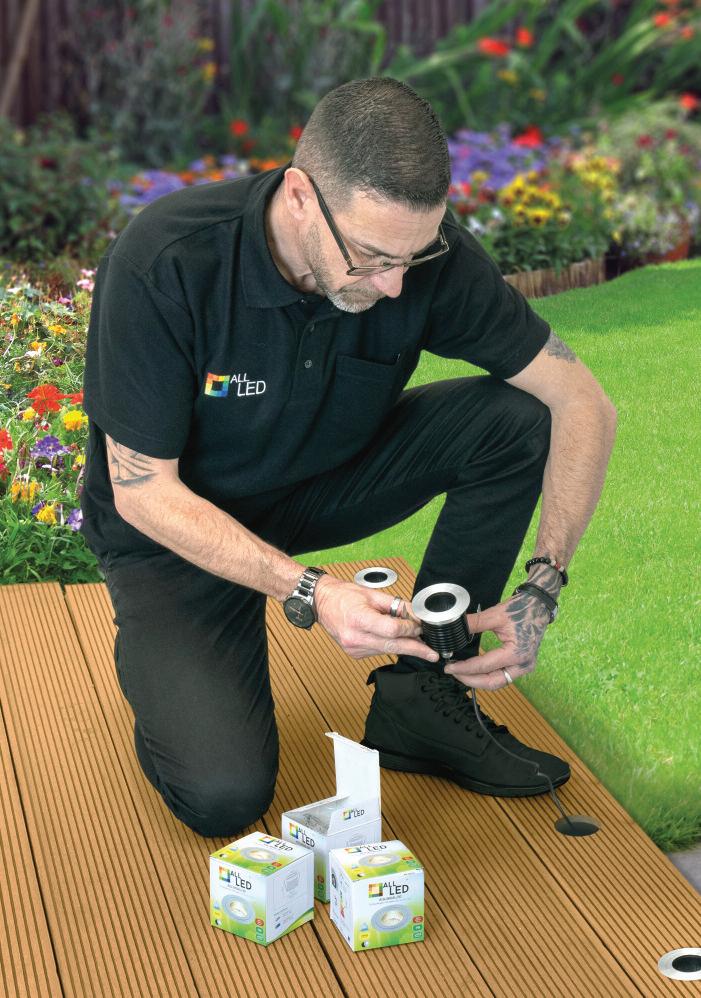
49 What the future might hold for fire detectors and alarm systems as we head towards net-zero
50 Examining the electrical industry’s strong relationship with fire safety
52 Why C-TEC continues to nurture the talent of the future, both inside and outside of the company
55 The considerations to be taken when choosing the most appropriate CCTV camera
58 What drives one individual’s desire to improve competency and recognition for Fire Alarm Engineers?
61 What are the most common types of van theft techniques>
62 A look at some of the leading lights from the Olympic Fixings fire safety range
64 Why does the use of VADs as a fire safety device continue to be ignored in some quarters?
66 The potential consequences of overlooking the correct specification of junction boxes
69 Peter Monfort reviews the Super Rod R1 R2 Link (SRR1R2)
70 Howard Mitchell tries out the Q Acoustics E120 installed Wireless Audio System
72 Why a simple spare part can revive your essential tools
74 A step-by-step guide to installing the Collingwood Lighting Caimen Versa unit
76 Why are RCD sockets still so popular?
79 The opportunities that will exist for those who are looking to make a start with ‘smart’
82 Which products have been specified, and where?
88 Rounding-up the newest products, tools and equipment to help you in your work
77 WIN! Three readers will each receive a Timeguard IP66 Weathersafe SRCD
91 WIN! Get your hands on one of five C K Tools E-Driver electric screwdrivers
93 WIN! Bag a mega bundle with Unilite – worth almost £500
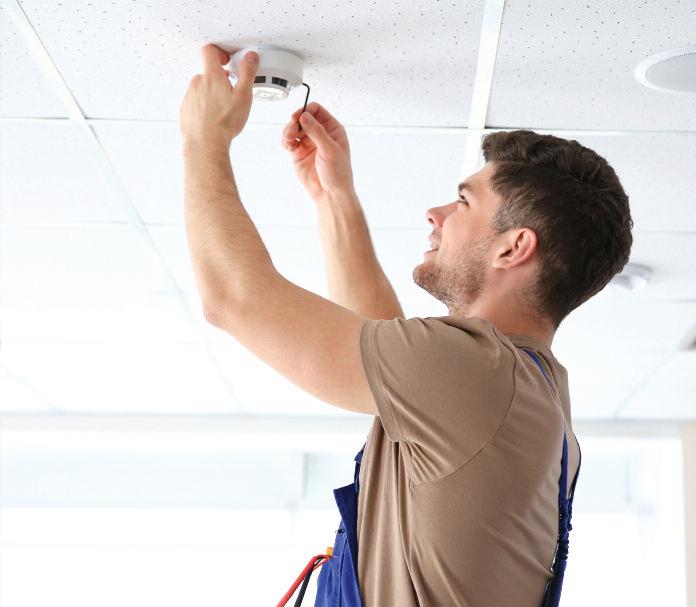
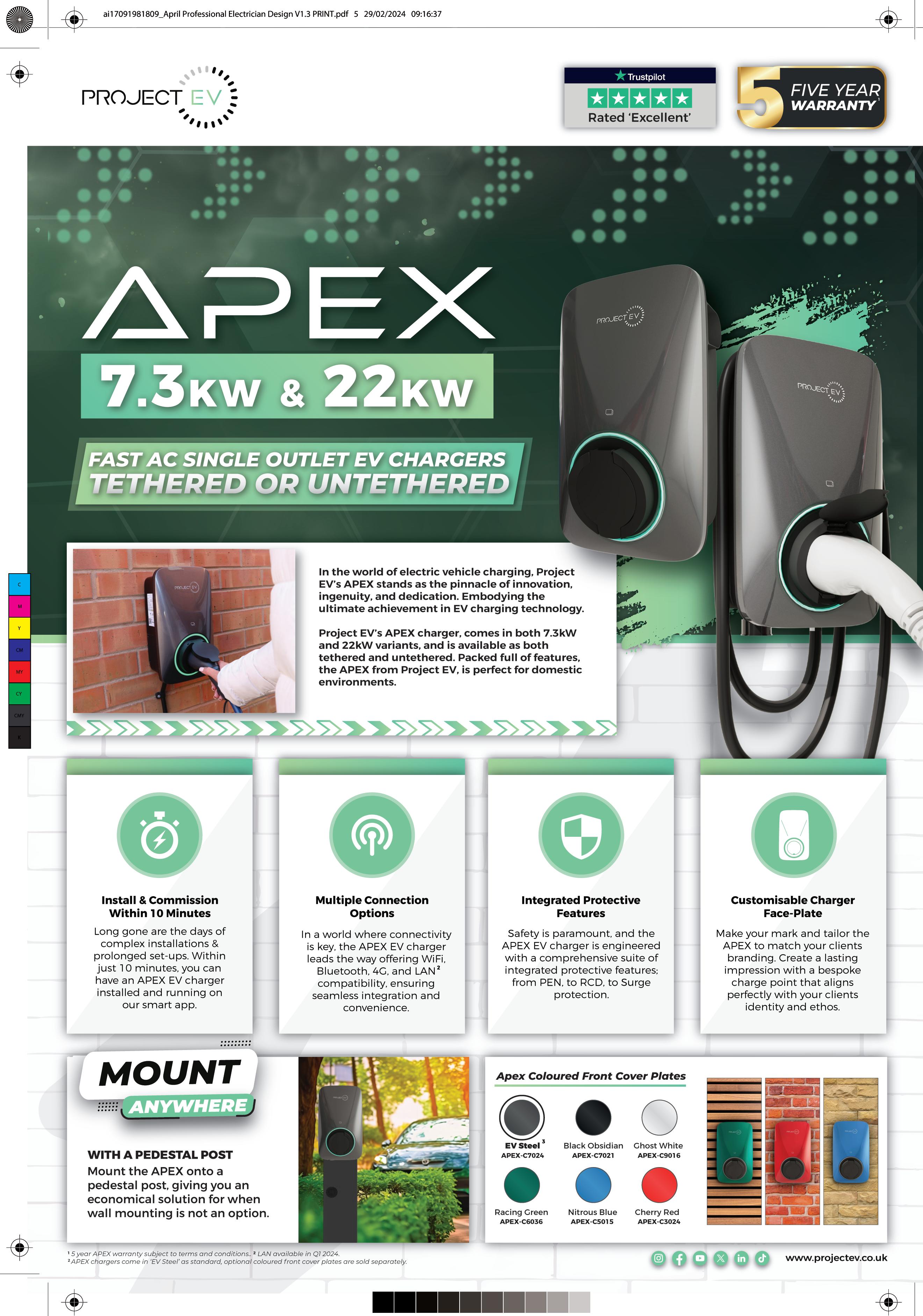
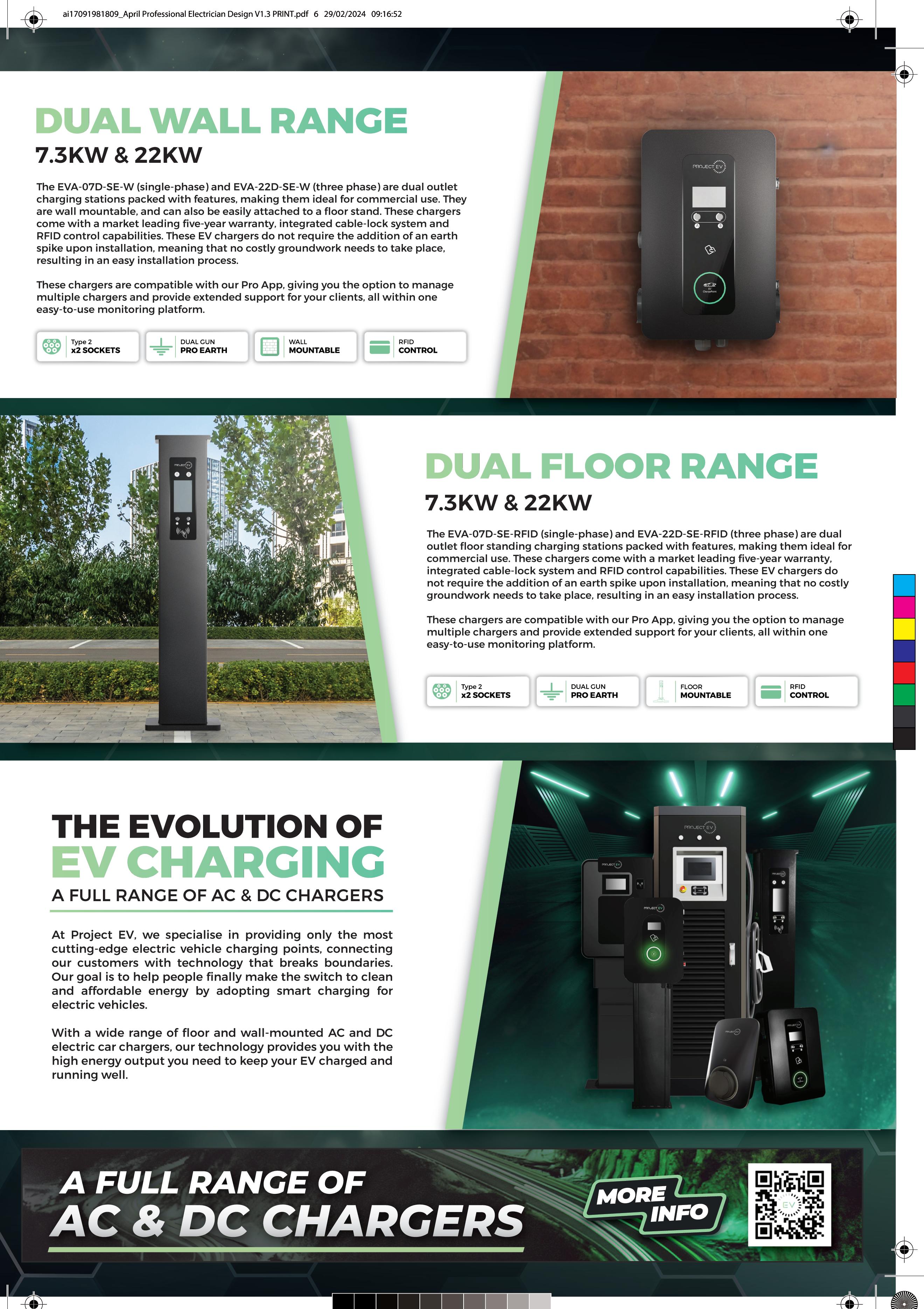

Editor RICHARD BOWLER
email: pe@hamerville co uk
Digital Manager
REBECCA MCGEOCH
email: rmcgeoch@hamerville co uk
Digital Assistant
ADAM ROBERTS
email: aroberts@hamerville co uk
Advertisement Manager
ANTHONY SCOTT
email: ascott@hamerville co uk
Assistant Advertisement Manager
IAN TURNER
email: ianturner@hamerville co uk
Design
ADEEL QADRI
Production Assistant
KERRI SMITH
Group Production Manager
CAROL PADGETT
Distribution Manager
KARL CLARK
Printed by:
PCP TELFORD
Published by:
HAMERVILLE MEDIA GROUP
Regal House Regal Way
Watford, Herts, WD24 4YF
Tel: 01923 237799
Fax: 01923 246901
Email: pe@hamerville co uk
PROFESSIONAL ELECTRICIAN is the business journal for the electrical contracting industry It is available to the trade at leading electrical wholesalers throughout the UK © 2024

Image References (Adobe Stock):
Pg 11 London © Mistervlad
Pg 25 CPD sign © BeenaTreena
Pg 49 Green targets © Parradee
Pg 50 Alarm fitter © AfricaStudio
Pg 64 Fire prevention © Ekrin
Pg 79 Smart home © Thawatacha Images
Did you know that Professional Electrician & Installer Magazine is 40 years old later this year?
As a publication that loves to launch new concepts and ideas, we have a brand new one coming in the next few months, and the best bit is that it involves those individuals that have been primary in ensuring the magazine is as healthy today as when it first launched – our readers!
“We want to feature as many electrical professionals as possible – so we’re encouraging business owners, installers, apprentices, tutors and other specialists to take part in, and contribute to, this special edition..”
That's right, in our July/August 2024 combined (summer) issue, we'll be launching our first 'reader takeover' edition, where every bit of content in the publication will be contributed by, or about, our readers
We’re looking to feature comment, profiles, peer reviews, suggestions for industry improvements, funny stories and memories, features on inventors, authored articles and handy nuggets/advice from ONLY those electrical professionals who are on the very front line of our industry
Plus, we want to spotlight the pictures, projects and workmanship that have made you proud, showcase you and your colleagues/staff and have a bit of fun along the way.
We have some wonderful contributions and contributors to our
publication throughout the year from genuine front-line professionals, so we’re encouraging as many electrical business owners, installers, apprentices, tutors and specialists as possible to take part in this special issue!
If you'd like to contribute to, or be featured in, the 'PE Reader Takeover' 2024 edition feel free to email us at: pe@hamerville.co.uk or get in contact through one of our social channels
Show season is in full swing
At the time of writing, the first ELEX show of 2024 at Alexandra Palace has just closed its doors and what a fantastic start to a busy year of trade shows it turned out to be.
Although electrical business owners and installers, along with most of society, are still having to navigate the choppy waters that the UK finds itself in at the moment, I’m always amazed at the enthusiasm and willingness of professionals who work in this sector to attend events, network and generally show a commitment and dedication to staying on top of their trade.
The Alexandra Palace event saw a record number of visitors through the doors over the two days, with a buzz and overall feel that suggests the electrical industry continues to be in good health
It’s a massive thanks to all those who took the time to attend.
If you’re based in the South West, we’ll be looking forward to seeing you at Westpoint Arena later this month (more details on page 44)
Have a good month and I hope you enjoy the issue,
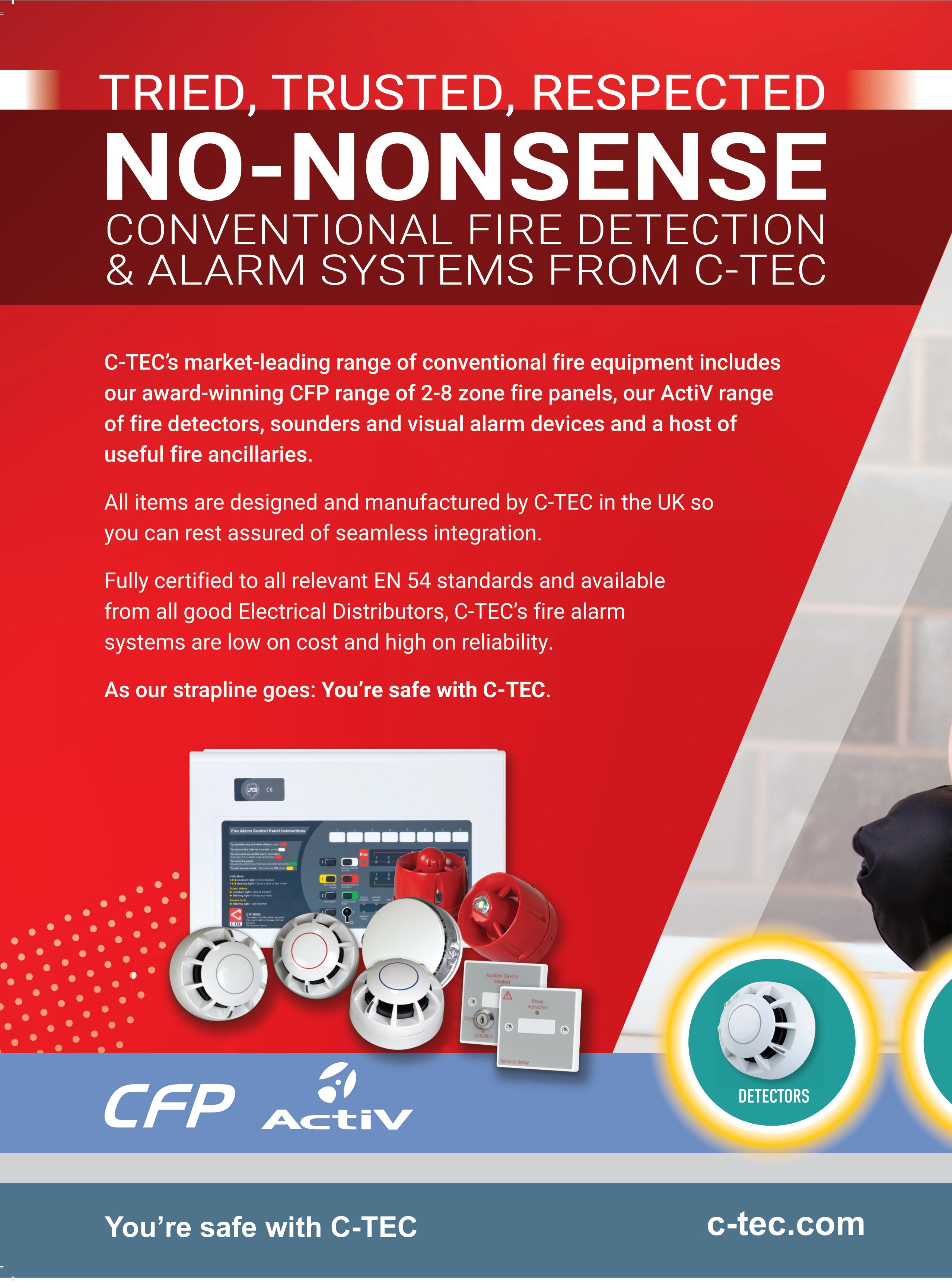

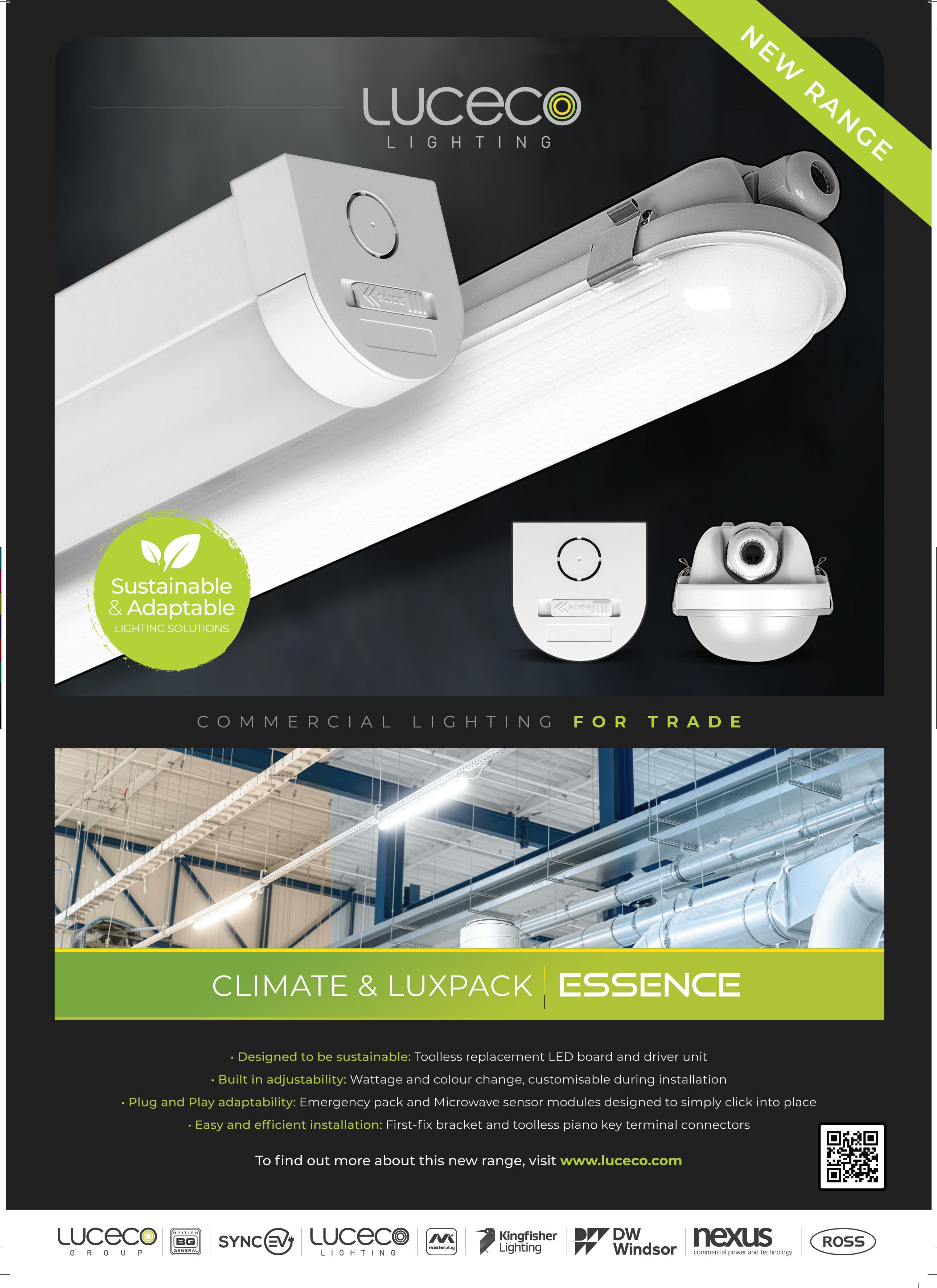
ECA’s Chief Operating Officer, Andrew Eldred, has reiterated calls on London Mayor, Sadiq Khan to provide small electrical contractors with extra financial and administrative support to hire apprentices for crucial low-carbon electrotechnical work.
He also called for direct funding of the Electrotechnical Experienced Worker Assessment route, as well as infrastructure to assist completion of the Assessment.
Following ECA’s contributions to the London Assembly Environment Committee’s investigation into low-carbon skills in the capital, the Committee has published an open letter to the Mayor asking that he prioritise green skills and apprenticeships as we work towards net zero carbon emissions
Andrew Eldred told the Committee that there are particular challenges in providing opportunities for on-the-job training because of the small size of many electrotechnical and engineering services contractors
He suggested that additional assistance for small companies would
enable more to consider taking on apprenticeships, adding: “I absolutely buy into the idea of extra support for smaller employers. For the electrical apprenticeship, 80% of all electrical apprentices are already employed by non-levy companies – the smaller companies.
“However, many smaller businesses do not have the bandwidth to manage the full burden of taking on an apprentice. They are put off by bureaucracy, so additional incentives and support, including potentially wage support, could be targeted at those companies ”
He added: “If that support is provided upfront, particularly for a small outfit that is taking on its first apprentice, we could see a resolution to the issue The ability to upskill our existing workforce is also crucial in meeting skyrocketing demand for low-carbon installations ”
The open letter cites Andrew Eldred as advising the Mayor to ‘boost support
Scolmore Group is delighted to announce its status as an official delivery partner for this year‘s SkillELECTRIC competition
SkillELECTRIC is the search for the UK’s best young electrician and is the premier skills competition for the UK’s electrical industry Each year, the best electrical students and apprentices from across the UK compete to win a place in the competition’s grand final Organised by National Electrotechnical Training (NET) and run in conjunction with WorldSkills UK, it’s designed to promote and showcase high standards and skills across the electrotechnical industry.
As part of its commitment to support the electrical industry and help develop the next generation of electricians, Scolmore Group first became involved as

for the EWA (Experienced Worker Assessment) route, including providing the infrastructure to support completion of the EWA’
The EWA allows people who have already worked in the electrical industry or a closely related field, to gain a qualification, provided that they can demonstrate adequate existing knowledge and fill gaps through training and experience before taking an assessment of competence

a sponsor of SkillELECTRIC back in 2018 Scolmore Group’s technical engagement team has also played a key role in the judging process for the competition with Neil McManus, Technical Engagement Engineer, part of the judging panel.
Commenting on this year’s competition, Neil said: “Last year we saw such a high standard of competitors from the industry showcasing their skills and knowledge throughout the tasks The level of workmanship and professionalism of the competitors was
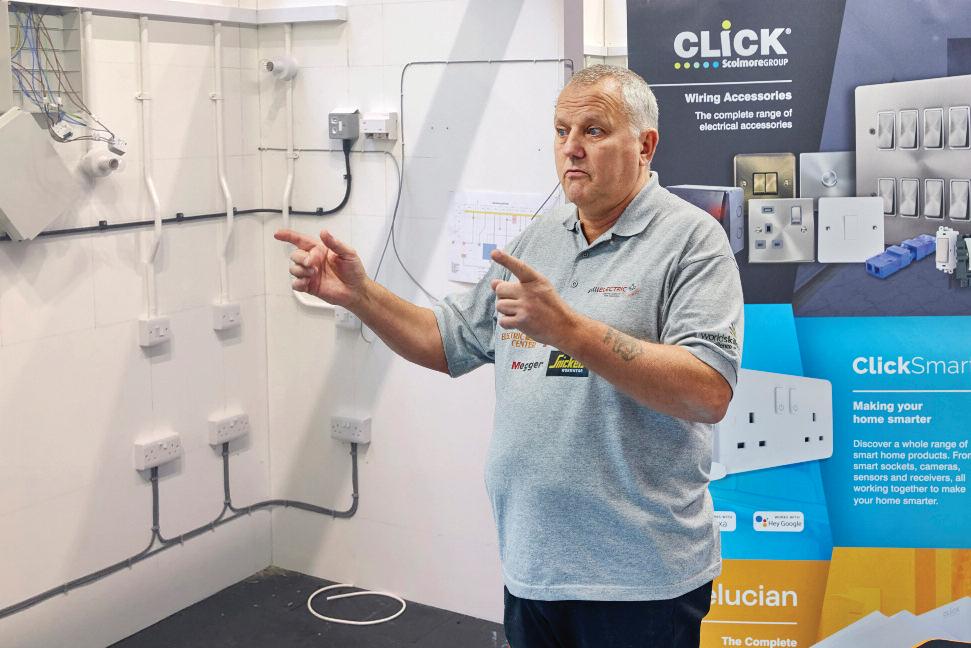
very strong throughout the competition and the event showcased some fantastic talent and commitment from the next generation of electricians
“2024 promises to be another thrilling and rewarding event.”
Luceco is supporting the next generation of electricians with colleges close to the firm’s office recently benefitting from the group’s products
Apprentice and T-Level students studying Electrical Installation courses at Stafford College and Walsall College can now use a range of Luceco products including electrical and wiring accessories, circuit protection ranges, and sockets and switches, in their practical training.
Jeremy Hayes, Lecturer at Stafford College, said: “We’re grateful to Luceco for providing our students with high quality products for them to practice on. After opening our new purpose-built
facility for our electrical, plumbing, and building students, this donation will help make sure they receive the best education possible ”
Walsall College Lecturer, Andrew Duffen, said: “Thanks to Luceco, our students have been able to improve their practical training on a new range of products to prepare them for their future careers as qualified professionals This has given them the chance to consider sustainable electric products and think how best they could be used ”
Sarah Thompson, Communications Manager at Luceco, said: “Our commitment to support the next generation of electrical contractors is
Z z e u s Tr a i n i n g , t h e i n d u s t r y f a v o u r i t e f o r p r a c t i c a l f i r e a l a r m
q u a l i f i c a t i o n s , h a s b e e n
s h o r t l i s t e d f o r a n o t h e r a w a r d .

The Enginuity Skills Awards bring together leaders from the UK’s engineering and manufacturing industries. They gather to celebrate the best talent and the organisations championing skills development to ensure a bright future for these vital sectors in the UK economy.
Zzeus has been shortlisted for the 'Training Partner Skills Champion' award, for its contributions towards helping mature fire alarm engineers demonstrate competency following new legislation post-Grenfell (get the full story on pages 58 & 59)
Tom Brookes, Chairman of the FSA and MD and founder of Zzeus, said: "It's been a huge journey to get this over the line for the experienced workers, but I am over the moon that we got there in the end I could not have done this without the collaboration of Andy Reakes, Robin Hamill, and the dedicated team at Zzeus.
“Moving forward, our focus is to maintain the momentum and steadily expand the NVQ program I'm ecstatic to be shortlisted for an award for our efforts towards this. However, with dozens of engineers benefiting from our new qualification, we've already won the real prize ”
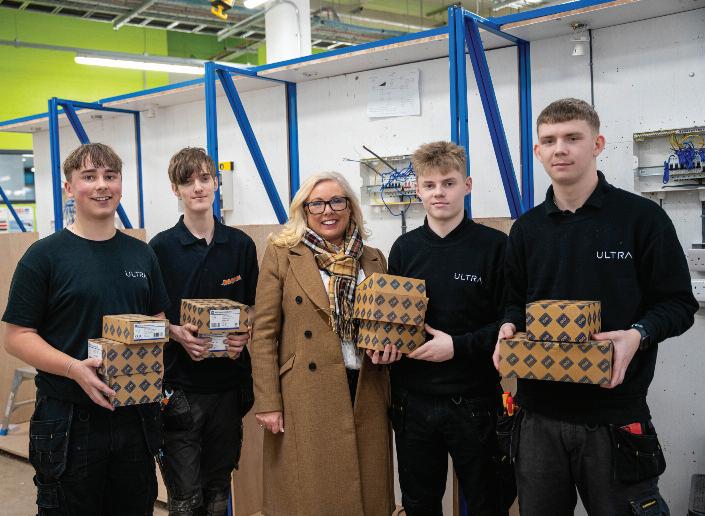
important to us and we hope that by donating a range of our products, students can learn that by electrifying the UK we can create a sustainable energy system for the future ”

NVC Lighting’s ‘LiFe’ range comes with a seven-year warranty as standard for complete peace of mind and is powered by Lithium Iron Phosphate (LiFePO4) battery technology
The range is being promoted heavily over the next few months with a new ‘Choose LiFe’ campaign, designed to promote the extensive collection of products in the LiFe range and all the key features and benefits to electrical contractors, commercial building owners and facilities managers This includes digital, print and social media activity to drive awareness of the range
The new LiFe range from NVC Lighting includes NEBRASKA LiFe – a high performance, ICEL endorsed, IP65 emergency bulkhead; LEXINGTON LiFe – an ICEL endorsed emergency exit sign; ARLINGTON LiFe – a high quality drop-down blade sign; SENECA LiFe and SYRACUSE LiFe – both ICEL endorsed, non-maintained emergency downlights; and KANSAS LiFe – an ICEL endorsed, IP65 non-maintained twinspot emergency light


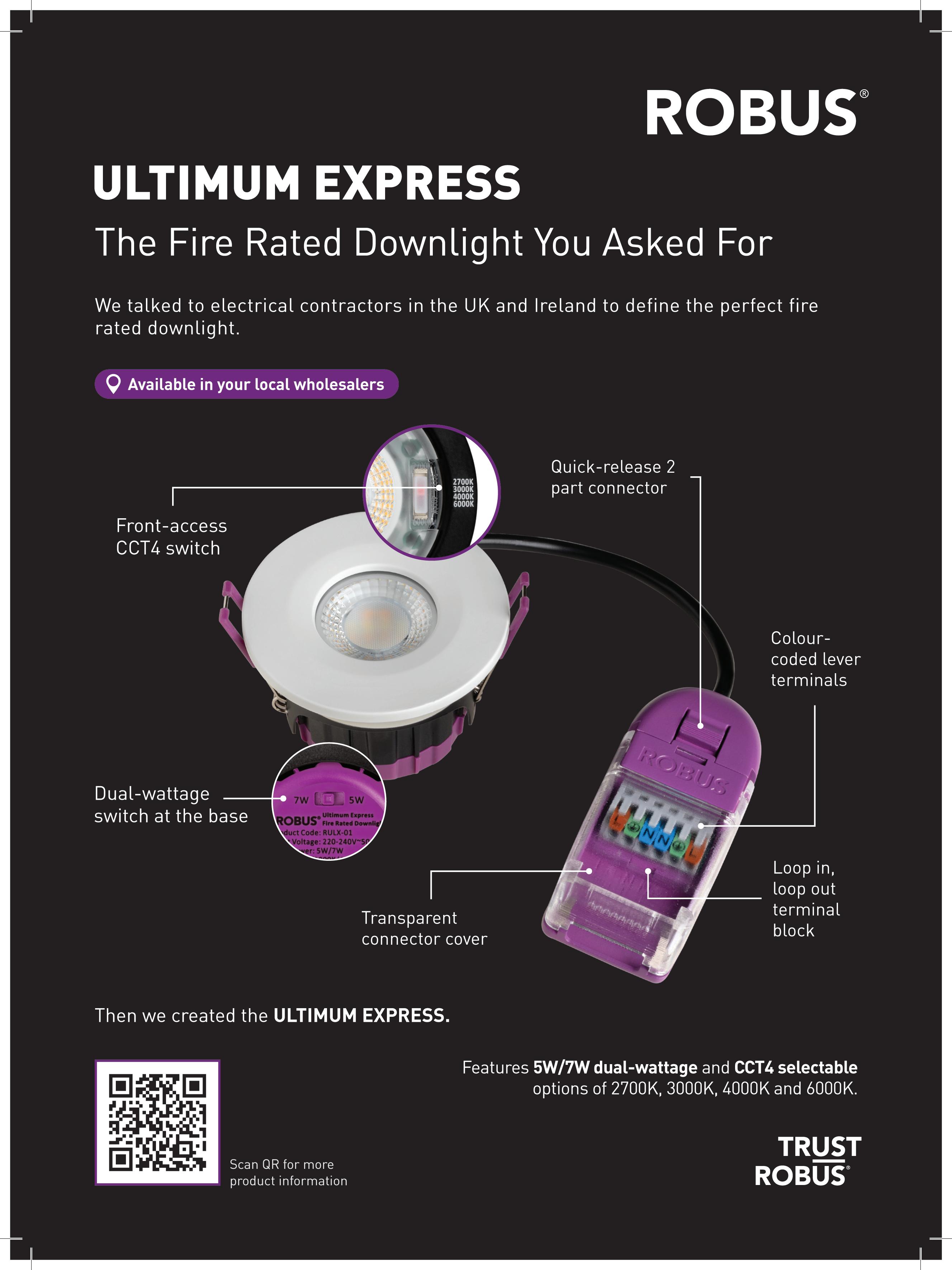
Installers can get free training on installing EV charge points from global vehicle charging specialist CTEK.
The monthly online training is delivered by CTEK’s UK-based Skillbase team and will equip installers with the know-how to install and network CTEK EV chargepoints, to load balance, configure and troubleshoot
The four-hour sessions are designed to equip the installer to work both quickly and accurately so that each installation is high quality, to ensure EV charging is reliable and generates 100% customer satisfaction every time
The training blends technical information about charging products with practical walk-throughs on installation, load balancing and configuration Installers will also be signposted to additional support and ‘how to’ guides available online and an
introduction to the ongoing CTEK support available in the UK
The 2024 training sessions will run from 9am to 1pm on Thursdays:
l April 4
l May 2
l June 6
l August 8
l September 5
l October 3
l November 7
l December 5

the first time or an experienced EV chargepoint installer keen to learn more and step up to larger projects, you’re very welcome to sign up for a free session and find out everything you need to know ”
CTEK UK Skillbase Manager, Viktors Nikolajevs, said: “Whether you’re an installer looking to get into this market for
Professional Electrician & Installer has launched the second edition of a new, online-only publication, which offers industry professionals the opportunity to earn 5 x CPD credits, or the equivalent of five hours’ learning/reading time.
Introduced at the beginning of last year, the regular PE ‘CPD Zone’ section (starts on page 25 in this issue) contains content and articles from leading industry authorities and contributors that are collectively deemed worthy of CPD recognition
Accredited by The CPD Group, ‘The CPD Zone’ has proved a big hit since launch with
hundreds of readers downloading a bespoke, personalised certificate of proof in every issue
This publication wraps up the last five ‘CPD Zone’ sections of 2023 to offer electrical professionals a valuable 92-page resource
The CPD Book: Volume Two 2023 is free to access and is available now on the PE website You can also request a download link while you’re there.

VIEW THE CPD BOOK: VOLUME TWO AT: WWW.RDR.LINK/EBB004



Fergus, a leading name in job management software for the trade, is making life even easier for hard working professionals with its enhanced merchant and wholesaler integrations.
Over 26 electrical wholesalers, building and plumbing merchants are now integrated on the platform, helping businesses to manage their supplier interactions, invoicing and job costing quickly, saving time and money
“Gone are the days of re-keying invoices into accounting packages or job management software for back costing,” says James Chillman, UK Country Manager for Fergus
“Our supplier integrations allow automatic import of supplier invoices, directly matching line items to the appropriate jobs This saves significant time as the painstaking process of manual invoice entry is eliminated, freeing up
evenings and weekends that were once consumed by administrative tasks ”
With just one click, invoices can be instantly assigned to jobs, ensuring that every material cost is accurately allocated and nothing is overlooked. This level of precision in tracking supplier documents and costs across jobs is unparalleled, offering users a comprehensive overview of their financials in one location

Fergus also simplifies the materials procurement process with the ability to send purchase orders directly from the platform to suppliers for pricing, pickup or delivery This functionality saves time and streamlines the supply chain management. Trades businesses can now skip the line, secure in the knowledge that
Fergus is handling their procurement needs with speed and accuracy

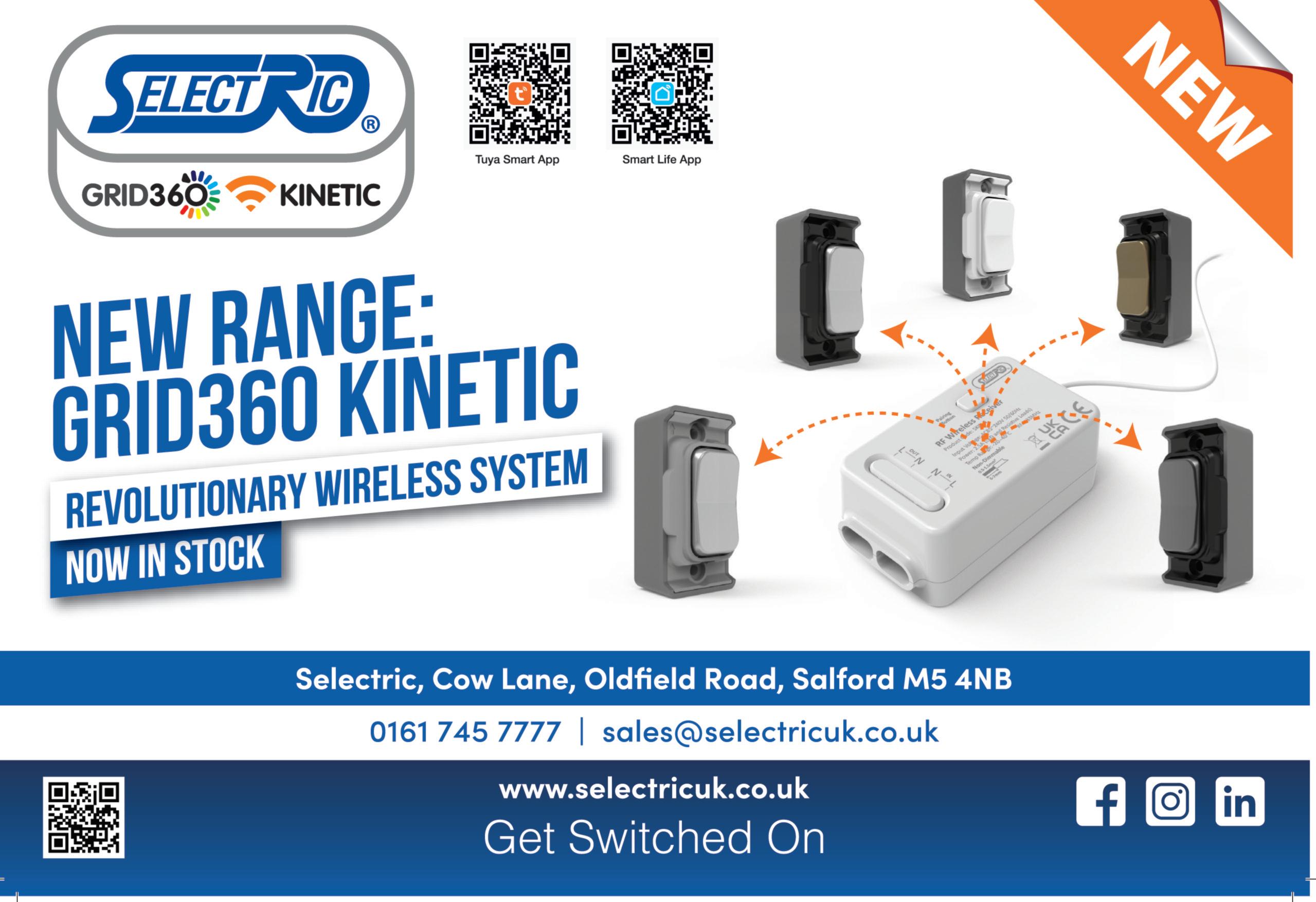





,
Wiska brands have forged an alliance which has produced a breakthrough in ground joint solutions, while eliminating leaks at the same time. We find out more.
TThe partnership is supported by a recently released instructional video which features ALL LED ground lights and the new EvoPX gel filled joints from Wiska, with best practice guidance on achieving the perfect installation.
Electricians no longer have to grapple with the multitude of outdoor lighting cable termination options and can now rely on proven and reliable results, produced from hours of stress testing carried out by All LED
T h e g r o u n d l i g h t r a n g e s f r o m A l l
L E D e m b o d y a h a
m o n i o u s b l e n d o f
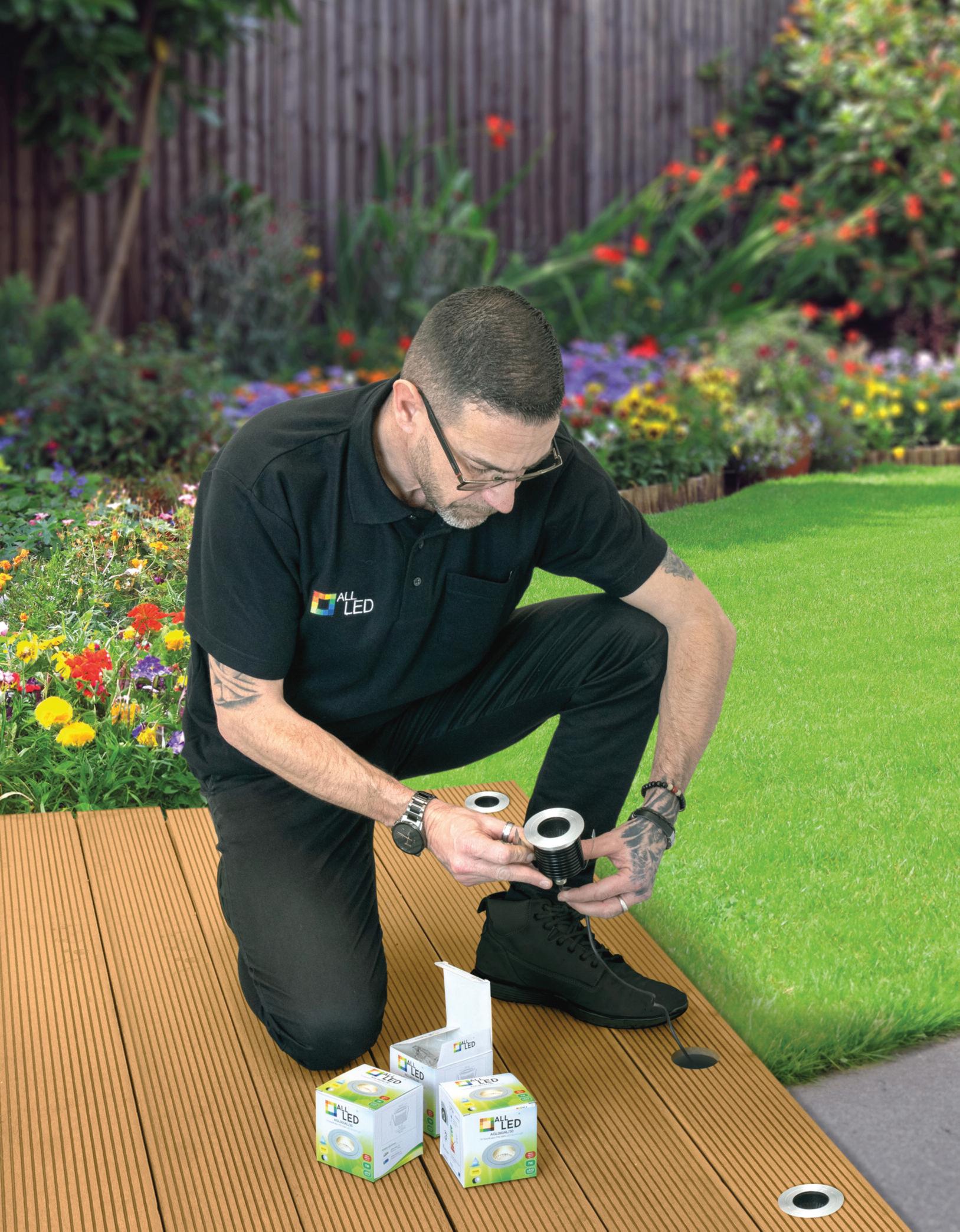
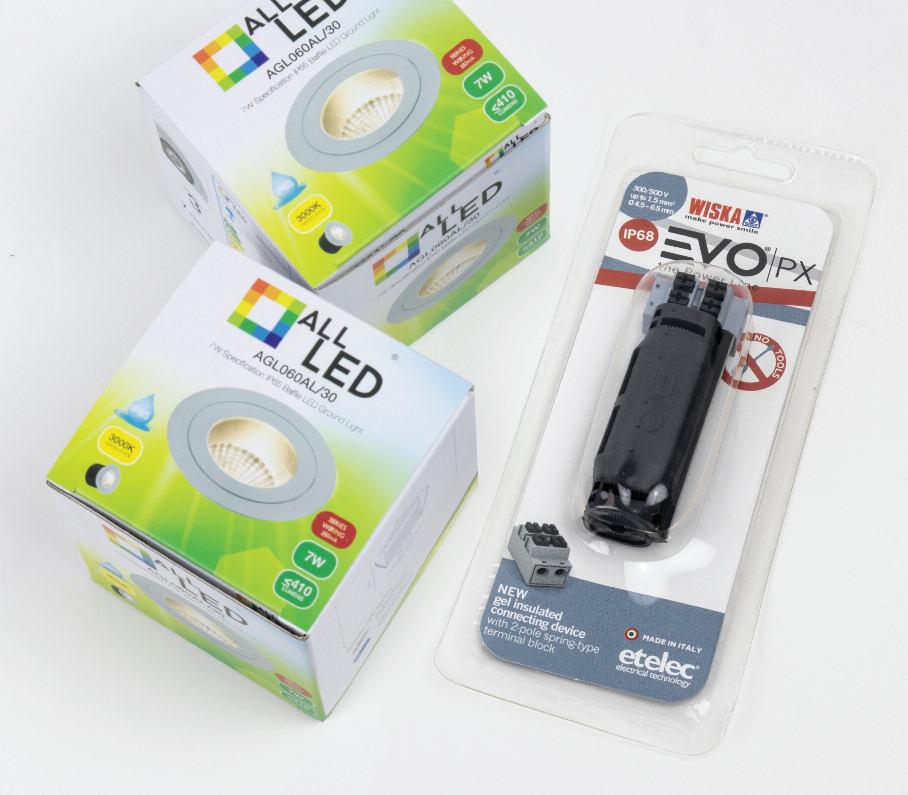

With an offering of high energy efficiency and a wide spectrum of customisable options, the ground light range contributes not only to enhancing the visual appeal of outdoor spaces but also to a cost-effective and sustainable and lighting solution
The EvoPX IP68 gel insulated connecting device stands as a genuine solution in outdoor lighting by addressing water ingress challenges in ground joints Achieving an impressive IP68 rating, it ensures superior protection against dust and water, making it ideal for ground light installations. A
PX
u a r a n t e e s r e l i a b i l i t y a n d l o n g e v i t y, o f f e r i n g e l e c t r i c i a n s a g a m e - c h a n g i n g , p r o t e c t e d i n - g r o u n d l i g h t i n g c o n n e c t i o n W i t h i t s c u t t i n g - e d g e t e c h n o l o g y, i t s e t s a n e w i n d u s t r y s t a n d a r d , p r o v i d i n g a s e c u r e a n d e f f i c i e n t s o l u t i o n f o r e l i m i n a t i n g l e a k s a n d e n h a n c i n g t h e d u r a b i l i t y o f l i g h t i n g i n s t a l l a t i o n s T h e E v o PX , a l o n g w i t h A l l L E D’s a p p r o v a l a n d e m p h a s i s o n r e l i a b i l i t y a n d l o n g e v i t y, i s a t e s t a m e n t t o w h a t c a n b e a c h i e v e d w h e n l e a d i n g b r a n d s u n i t e w i t h a c o m m o n p u r p o s e – t o r e v o l u t i o n i s e, i n n o v a t e, a n d s e t n e w s t a n d a r d s f o r e xc e l l e n c e i n g r o u n d j o i n t s o l u t i o n s





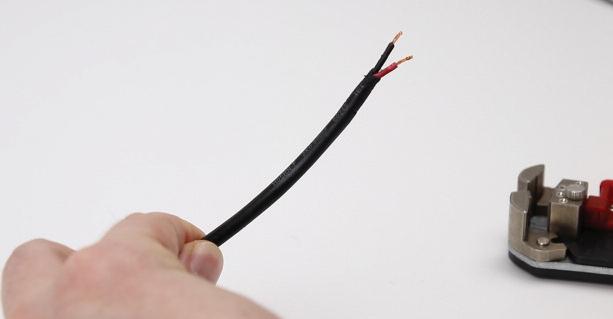






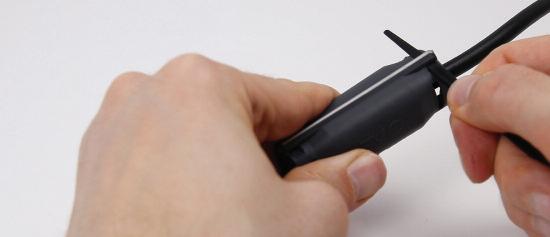
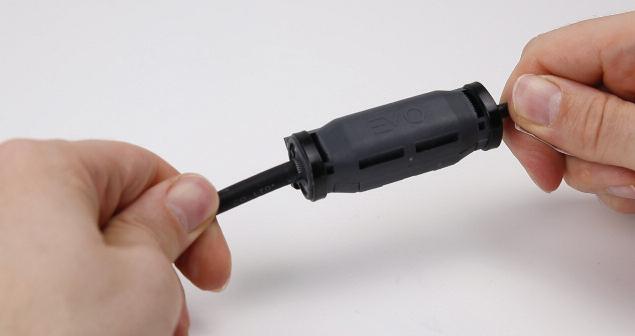




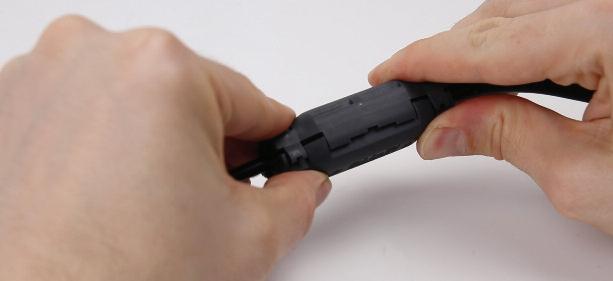


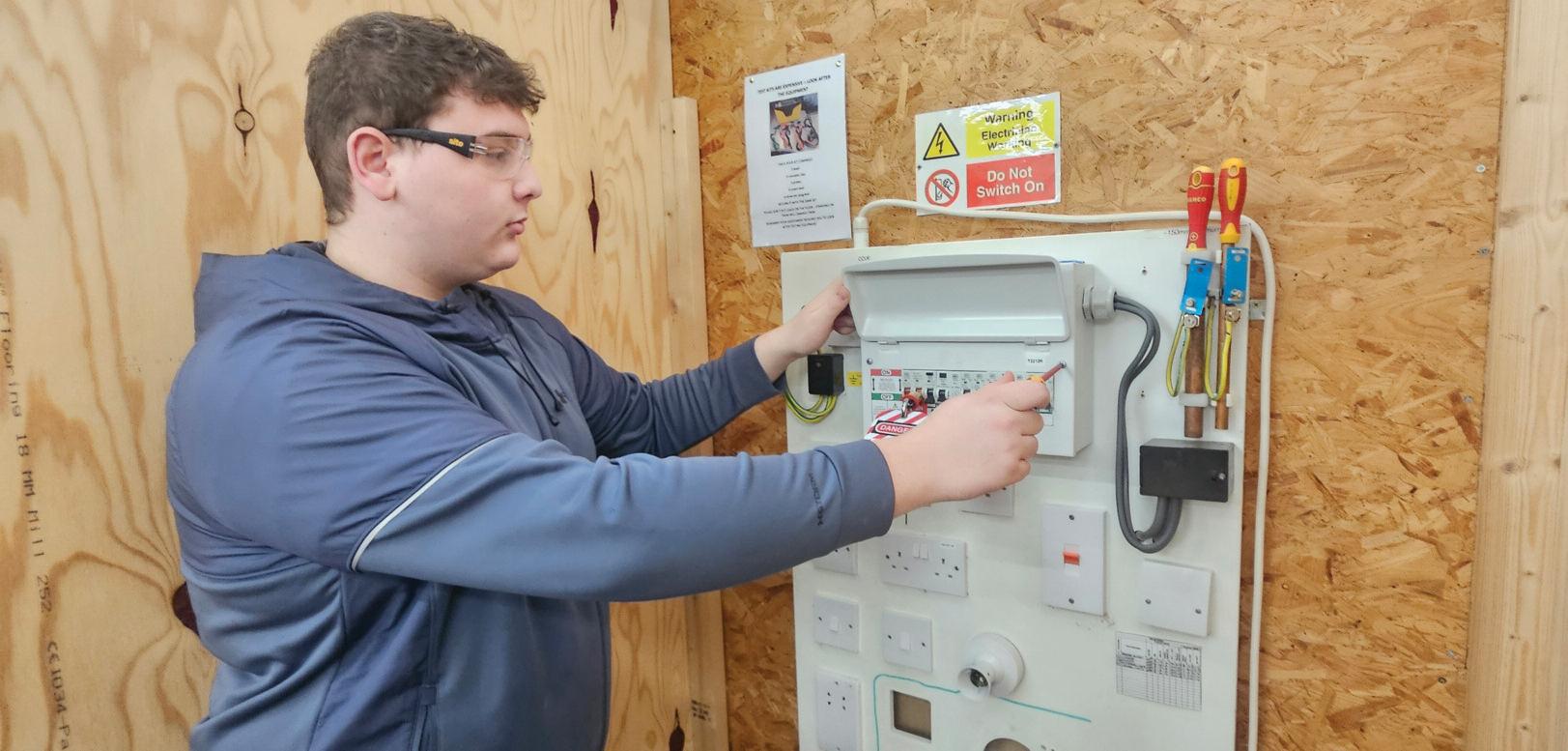
In the latest in a new series of regular articles, Pete (Monty) Monfort, Director of Arena Training Centre and Monty Electrics, offers some hints and tips to help you prepare for the AM2 assessment.
Arena Training Centre has nearly 100 apprentices and learners moving on to complete AM2 assessments every year But what is the AM2? In this two-part series we look at the AM2 assessment and how you can be more confident of passing it.
National Electrotechnical Training (NET) oversees End Point Assessments of Competence for the electrotechnical industry More commonly known as the AM2, it forms the final assessment before trainees can be formally classified as electricians
Learners are often confused as to which AM2 they will need to undertake There are two groups of AM2 assessment:
a) Installation & Maintenance electricians may complete AM2, AM2S or AM2E,
b) Domestic electricians may complete AM2D or AM2DE
The actual AM2 you’ll complete depends on the course pathway you’ve completed:
l AM2 – Level 3 Electrotechnical NVQ (or equivalent)
l AM2S – apprentices on the Installation & Maintenance Electrician standard
l AM2E – those on the Installation & Maintenance Experienced Worker Assessment route
l AM2D – apprentices on the Domestic Electrician Standard
l AM2DE – those on the Experienced Worker Domestic Electrician route
The assessments each differ slightly but common to them all will be the demonstration of safe working practices and safe isolation procedures, installation, inspection and testing, fault finding and knowledge assessments
Booking your AM2
The first thing you need to do is head over to the NET website, which has lots of resources to help The NET Readiness for Assessment Checklist provides a list of skills which you should be able to confidently undertake.
Don’t kid yourself and tick ‘adequate’ if you genuinely don’t have that skill set Instead, speak to your trainer or employer and seek support to gain experience
The next step is to complete the gateway, which involves NET checking that you have all of the correct qualifications in place and that you’ve completed the readiness checklist. You should only sign this if you’re genuinely ready. You’re then in a position to book your assessment and your chosen centre
Preparing for your AM2
The pre-assessment manual is vital reading and provides a comprehensive list of common reasons that candidates fail There are template forms available for you to
familiarise yourself with the certificates that need completing and a range of ‘top tip’ videos NET has also produced two fantastic Apps – ‘Amped Up’ and ‘Inspection & Testing’ – the latter of which was developed in conjunction with renowned industry figure, Sparky Ninja
Key reading
Get your head in a book. Don’t worry about understanding everything in them but aim to be conversant with their contents I’d recommend the following:
l BS 7671 Requirements for Electrical Installations
l IET Guidance Note 3 Inspection and Testing
l IET On-Site Guide
l IET Electrician’s Guide to the Building Regulations
Summary
AM2 candidates are often very nervous about the assessment The best way to combat anxiety is to be fully prepared The assessment criteria are clearly explained on the NET website and the IET books explain the procedures you must follow. If you’re unsure about aspects of the assessment consult the NET and IET documents or an experienced trainer
I’d also recommend avoiding the myriad of so-called ‘experts’ on social media, as they can be a rich source of myth and misinformation If you do take advice from this channel, always check with the correct sources before acting on anything
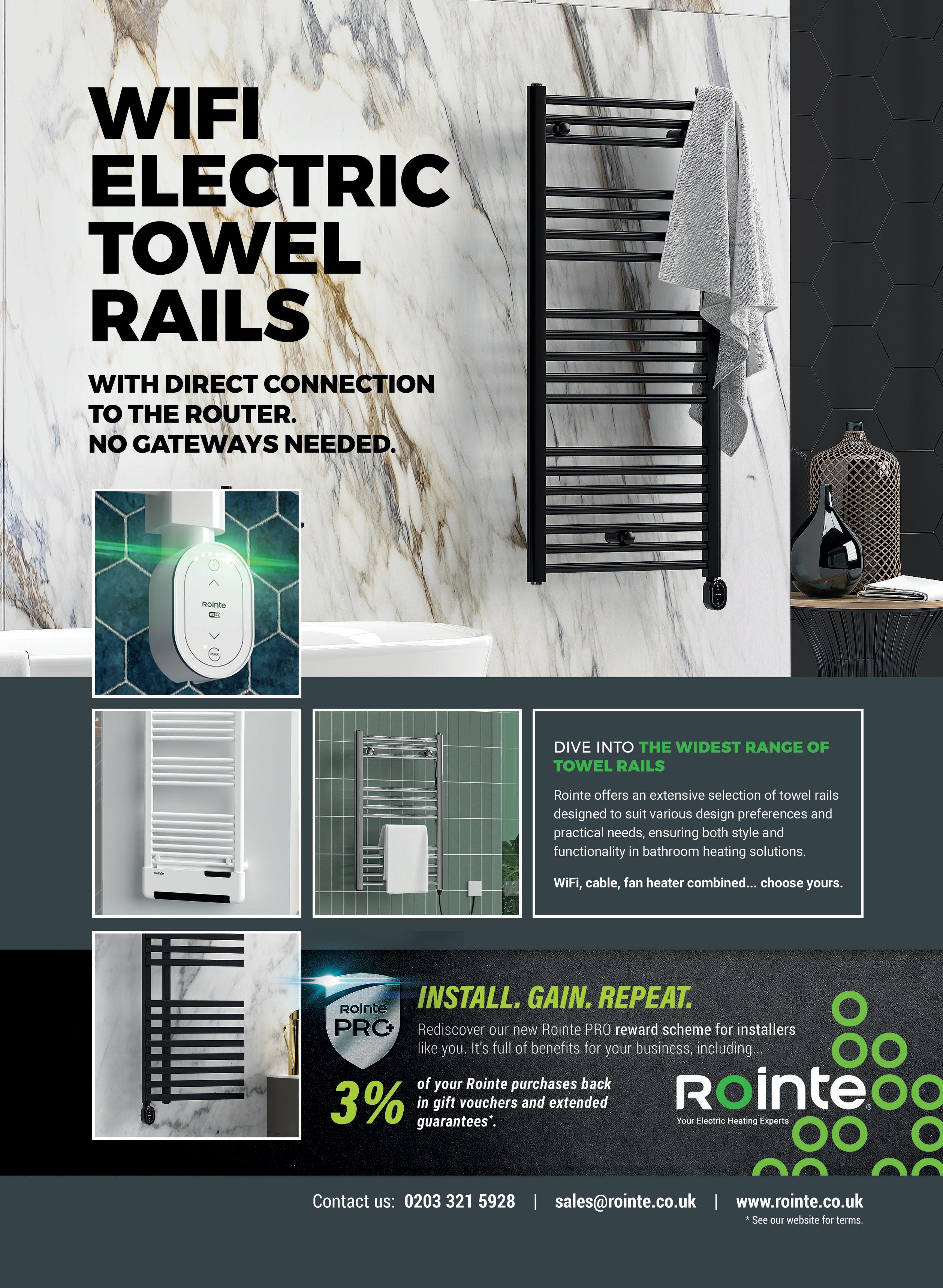


This year marks a special occasion for Centaur Manufacturing as it proudly celebrates five decades of British manufacturing. In this article, we take a look at the key landmarks throughout the brand’s rise to prominence.
Established in 1974, Centaur has gone on to become an established and respected industry name in the field of PVCu cable management.
The company’s journey has been marked by continuous innovation and a dedication to meeting and exceeding customer expectations
Initially founded to manufacture channel and oval alongside other electrical components, such as switchgear and trade injection moulding and extrusion parts, Centaur opened its first manufacturing facility in Redditch, Worcestershire
Shortly after this, the company developed its offering to incorporate conduit and fittings, the success of which led to the decision to begin manufacture of the mini and maxi trunking – all of which are still available today
To cope with the growing demands of the market, prepare for future growth and for more efficient logistics, Centaur moved to its current operational facility in 1987 Double the size of the previous facility, the site was subject to huge investment in additional extrusion lines and an in-house PVCu mixing plant
In 1992, Centaur’s popular President trunking range was launched, taking its place as one of the first three-part compartment trunking ranges to hit the market Further investments were then made to ‘tool up’ and manufacture the
Campus range in 1996 and the Kensington range in 1999
In 2003, bench trunking for alternative cable management support in educational and healthcare sectors was introduced, while almost a decade later another significant investment was again put into extrusion lines and injection moulding machines to enable increased stock holding
The milestones continue Centaur’s Meridian three compartment dado trunking range was designed and introduced to the market in 2015 to offer a modern, mid-range option, and a more recent milestone saw the renovations of both the state-of-the-art Fabrication Department in 2018 (to accommodate customer specified bespoke solutions) and PVCu mixing plant in 2019
Over the past 50 years, Centaur has meticulously moulded a diverse product range, all driven by its origins of customer focused product development This broad spectrum of products caters to the evolving needs of the industry.
In addition, the company has utilised its five decades of experience to fine-tune its ability to create bespoke solutions that go beyond off-the-shelf offerings, and further highlights its dedication to British Manufacturing
This special fabrication service emphasises a commitment to providing customers with precisely what they require
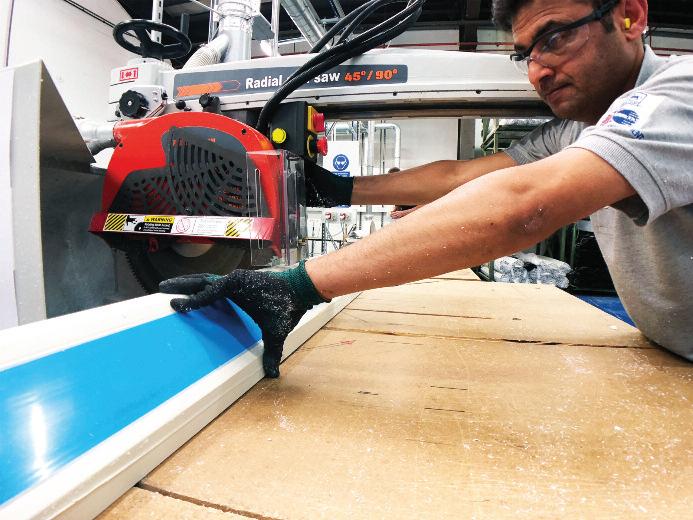
Beyond this, Centaur is aware of its environmental responsibility and will continue to proactively work to minimising its impact
Large investments in plant to aid the process of recycled materials and switching packaging supplies, such as using cardboard along with polythene lay flat tubing and bags containing recycled content, have helped the brand reduce its carbon footprint, achieving Planet Mark and Ecovadis accreditation and further enhancing its commitment to a more sustainable future
Of course, this all wouldn’t have been possible with a dedicated workforce, which has been the backbone of Centaur’s success. With some staff reaching lengths of service upwards of 45 years, their loyalty and hard work have shaped the legacy Centaur is able to celebrate this year


Q. My apprentice has completed his AM2S but
I’ve
not got the apprenticeship certificate yet. Why is this?
There can often be confusion around which certificates NET issue directly and what is issued by other bodies When your apprentice passes their AM2S this is the final piece of their apprenticeship training They will receive two certificates, but only one comes from NET
The AM2S/End Point Assessment certificate is issued by NET once the learner passes the AM2S and is usually processed within 14 days of the assessment.
For the Apprenticeship Completion certificate, this is issued by a government body – the Education & Skills Funding Agency (ESFA) NET requests these certificates once the learner passes the AM2, but we have no control over this process.
The Apprenticeship Completion certificate is a government-issued document and, much like a passport or driving licence, they don’t easily issue certificates or replacements without the proper processes and checks in place
If any of the apprentice’s personal details have been uploaded incorrectly by your training provider, or if the apprentice has moved house, changed name, or changed employer during their apprenticeship, for instance, there will be delays in receiving the Apprenticeship Completion certificate
It’s really important that your training provider submits the correct personal details for the apprentice when they register them, so they can be found by the ESFA when it comes to issuing their apprenticeship completion certificate If there are any discrepancies, these need to be dealt with before the certificate is issued
NET tries to assist where possible, but as a third party we have no influence or ability to issue the apprenticeship completion certificate. Please talk to your training provider to make sure the learner details are fully up-to-date before they complete the apprenticeship

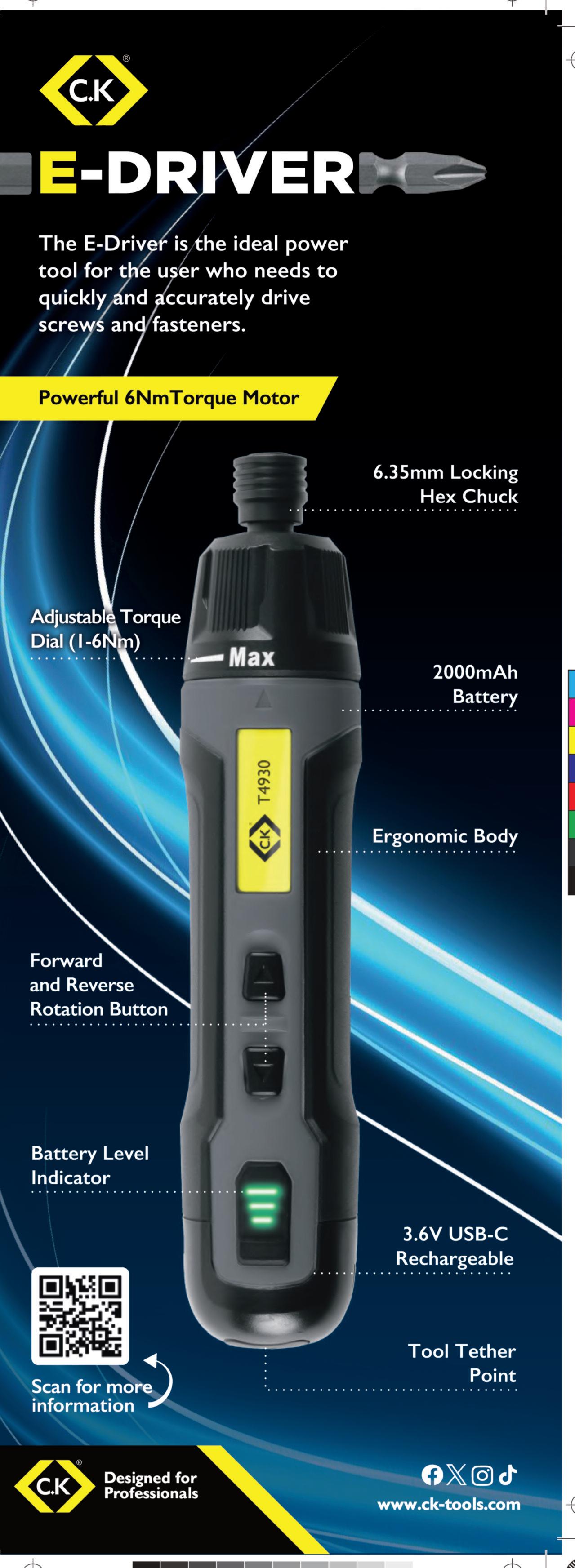
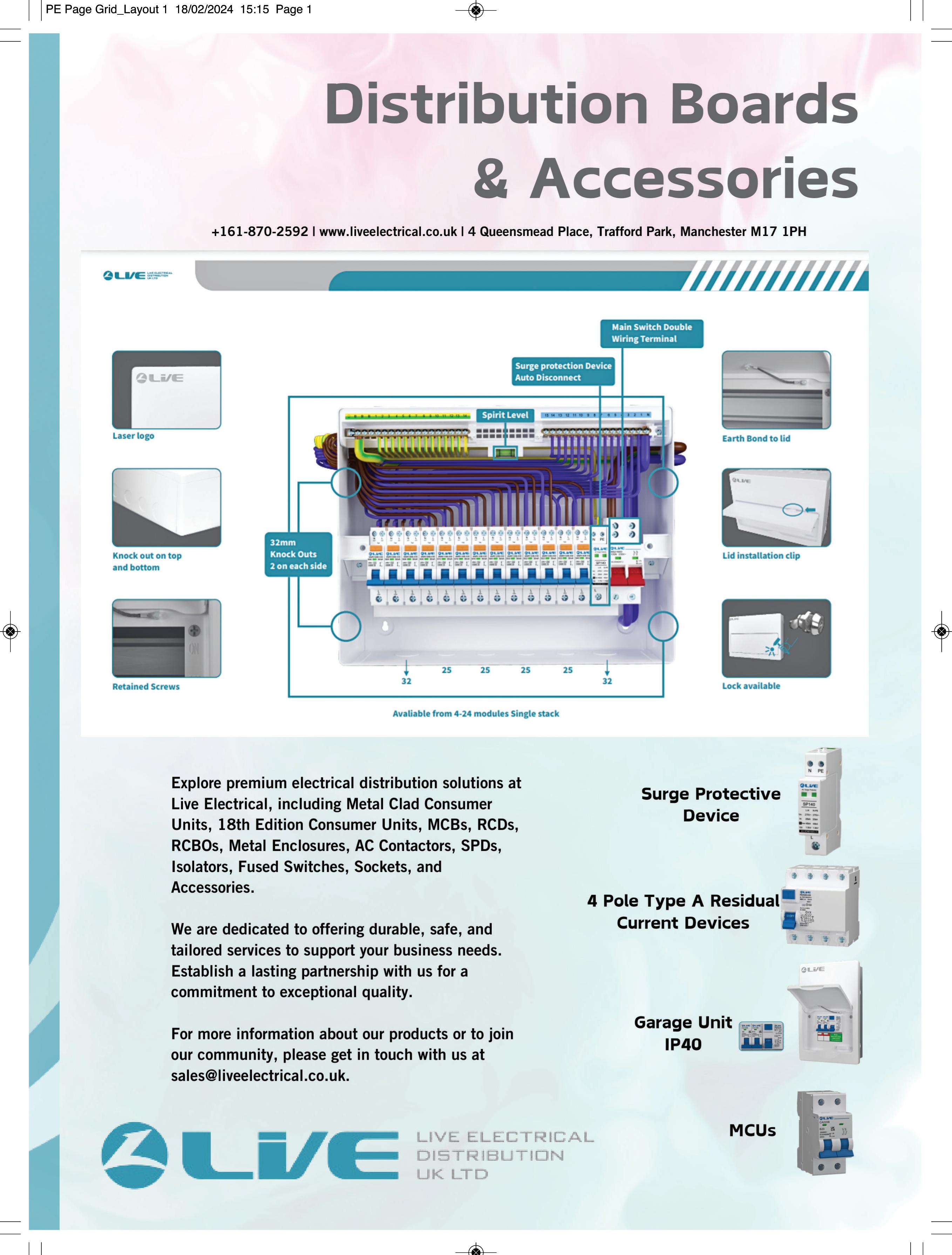

continuing professional development (CPD) can be broadly defined as any type of learning you undertake which increases your knowledge, understanding and experiences of a subject area or role. To help professionals to better document and prove this process, our CPD Zone contains content and articles that have been checked, verified and accredited by a third-party specialist organisation
Collectively, the content within this section has been deemed worthy of 1 x CPD credit, or one hours’ worth of CPD
Once this content has been consumed, readers will have the opportunity to scan a QR code which will provide a bespoke, downloadable certificate that can be used as part of a

professional’s ongoing CPD record
This means that if you’re a monthly reader of PE, you could earn up to 11 credits, or 11 hours’ worth of CPD, just by reading a regular copy of your favourite independent industry magazine in 2024
DO NOT SCAN THE QR CODE UNLESS YOU HAVE READ ALL OF THE CONTENT WITHIN THIS SECTION!
A large element of CPD involves self-certification and relies on professionals being honest about what they have actually read, consumed and digested A QR code and RDRLink code have been placed with the final article in this month’s CPD Zone and ONLY once you have read ALL of the articles within this section, should you then scan/enter the code to receive your bespoke certificate
By skipping any of these steps, you’re not just cheating the system, but yourself and your fellow professionals at the same time!
NEW USERS – ACCESS YOUR BESPOKE CPD CERTIFICATE IN FIVE STEPS
1. Read ALL of the content and articles included within this month’s CPD Zone
2. Scan the QR code or enter the RDRLink code with the last article in this section
3. Enter your email address.
4. Fill out your details on the contact form.
5 Download your certificate for use as part of your annual CPD record
PREVIOUS USERS – ACCESS YOUR CPD CERTIFICATE IN FOUR STEPS
1. Read ALL of the content and articles included within this month’s CPD Zone
2. Scan the QR code or enter the RDRLink code with the last article in this section.
3. Enter your name and email address.
4. Download your certificate for use as part of your annual CPD record
All certificates are valid for one year from the issue date If you’re having any issues with downloading your certificate or using the system, please email us at: pe@hamerville.co.uk



During an EICR there are often several obser vations that almost defy belief that such blatant disregard for basic electrical safety has been shown on items that have been installed and cer tificated on a regular basis.
Pic 1 has the usual missing blanks which can allow access to live par ts, which is fur ther compounded by the introduction of non- compatible protective devices
Pic 2 has a CU with a main switch which has been subject to thermal damage on the incoming neutral conductor. This may be a case of a loose connection, overloading or potential diver ted neutral current
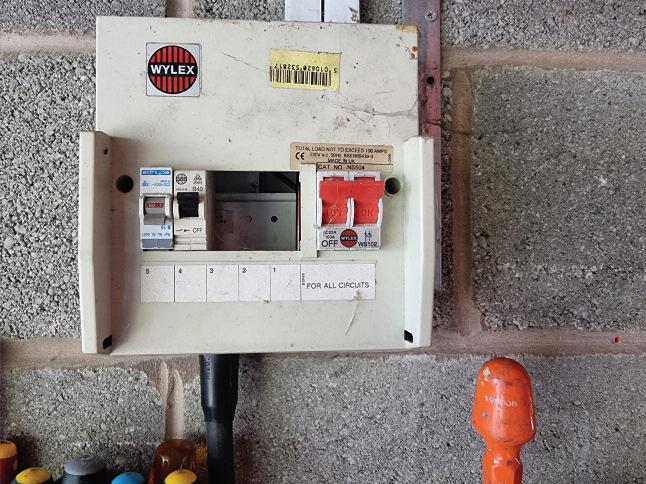
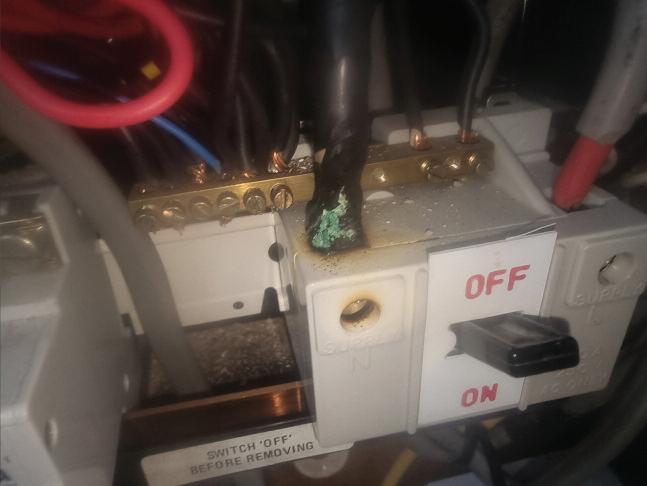
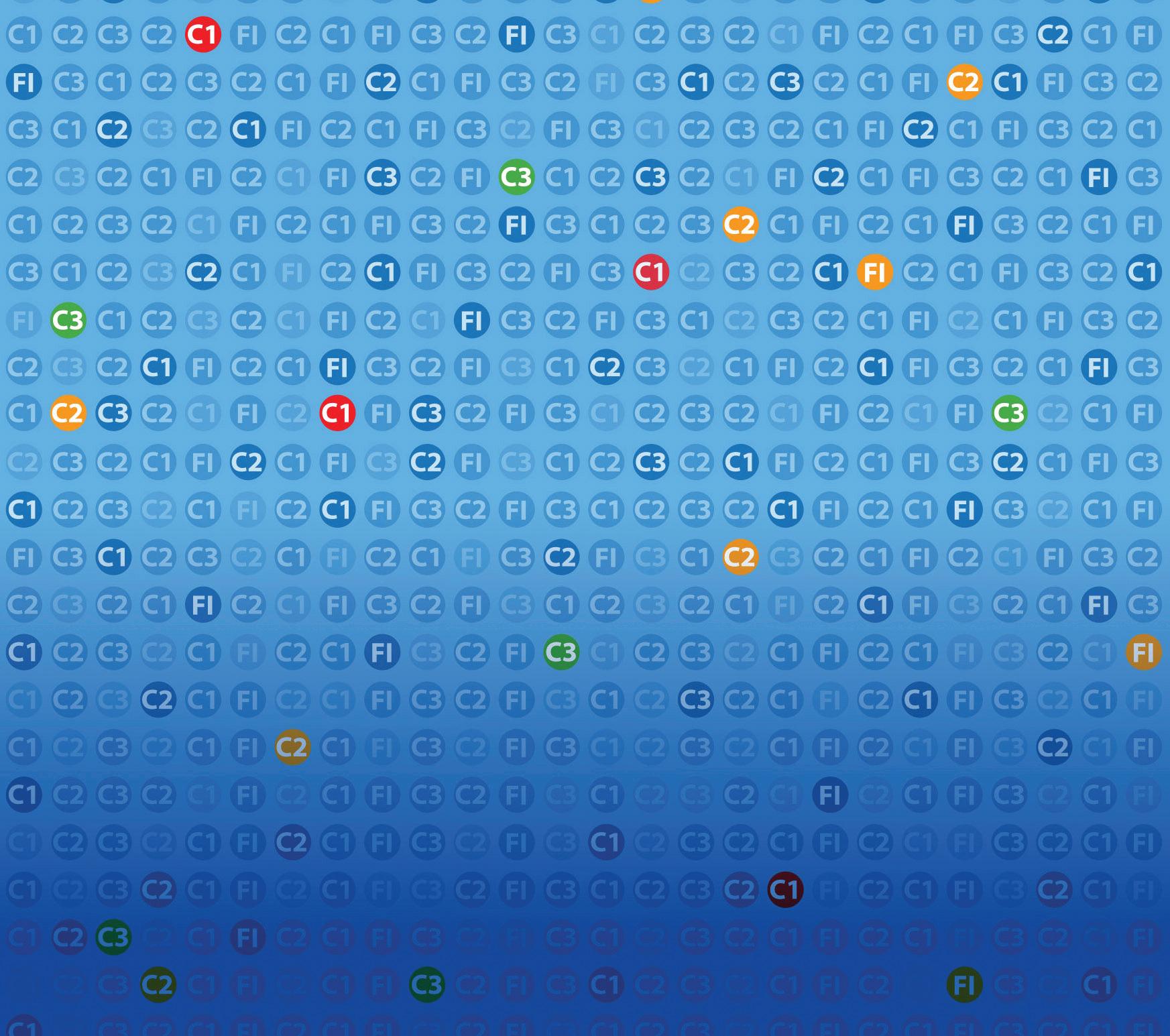
Additionally, the T&E cable installed through the live busbar and also in contact with the neutral terminal block in the consumer unit.
In Pic 3 we have a car tridge fuse style CU with a missing cover which allows access to live par ts There’s also the addition of an RCD mounted external to the consumer unit on the block work without an appropriate enclosure. This also has exposed live par ts

Pic 4 would appear to be a ser vice cut- out fuse with a solid copper core bridging the fuse holder contacts – this offers no overcurrent or fault protection Although the ser vice cut- out fuse isn’t par t of the inspection process of an EICR, this shows that reliance on what is stated on the fuse holder regarding the rating of the fuse and whether it may not be what is actually installed.

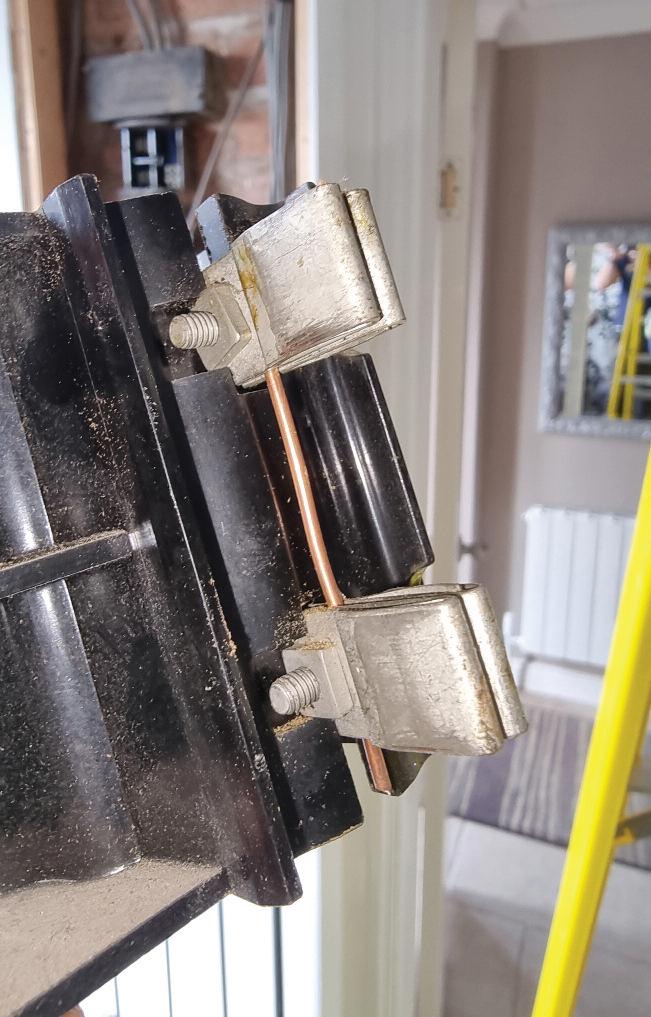




Need help with cracking those all-impor tant EICR codes? Ever y month the technical team at NAPIT will be studying your latest ‘Caught on Camera’ photos and offering advice on the next steps, should you find a similar installation. If you want the team at NAPIT to help crack your codes then send your pic tures through to us at: pe@hamer ville.co.uk




IAIN NORMAN: WE WERE RECENTLY ASKED TO PROVIDE A 32 A SUPPLY FOR THE FIRST OF MANY SMALL SAUNAS TO BE INSTALLED BY OUR CUSTOMER YOU CAN IMAGINE OUR SURPRISE, THEN ,TO FIND THEY EXPEC TED A PLUG ON OUR END IT WOULD SEEM THE MANUFAC TURER HAD NOT NOTICED THIS BEFORE AND HAD SOLD MANY SAUNAS ALREADY HAVING BEEN INFORMED OF THE PROBLEM, THEY WILL NOW BUILD THE SAUNAS WITH A PLUG I WONDER HOW MANY ARE ALREADY INSTALLED WITH A PLUG ON THE SUPPLY LEAD?
With any item of electrical equipment that has been supplied by a client for connection by an electrical contractor, it ’s expected that the information provided with regards to the characteristics of such equipment is sufficient to allow the correct design of the circuit, including any external influences
A final circuit is installed to connect current-using equipment either directly or by socket- outlet or other connection units The provision in this case of a BS EN 60309-2/BS 4343 230 V 32 A socket- outlet as the means of termination for the sauna to the final circuit does not provide a suitable means to connect To allow connection to this socket- outlet via a BS EN 60309-2/BS 4343 plug connected to the final circuit would result in the pins of the plug being exposed live par ts
If a socket- outlet is used for the final circuit termination then the appropriate plug for connection to that socket- outlet shall be used.
Regulation 553 1 201 details that BS 1363 socket- outlets for household use are preferable and the ver y nature of BS EN 60309-2/BS 4343 being intended for industrial use.
The socket- outlet appears to be a IP44 splashproof version when the external location may require IP67 waterproof
There has been no provision of a means to disconnect the equipment for emergenc y switching.


I C1 C2 C2 C2
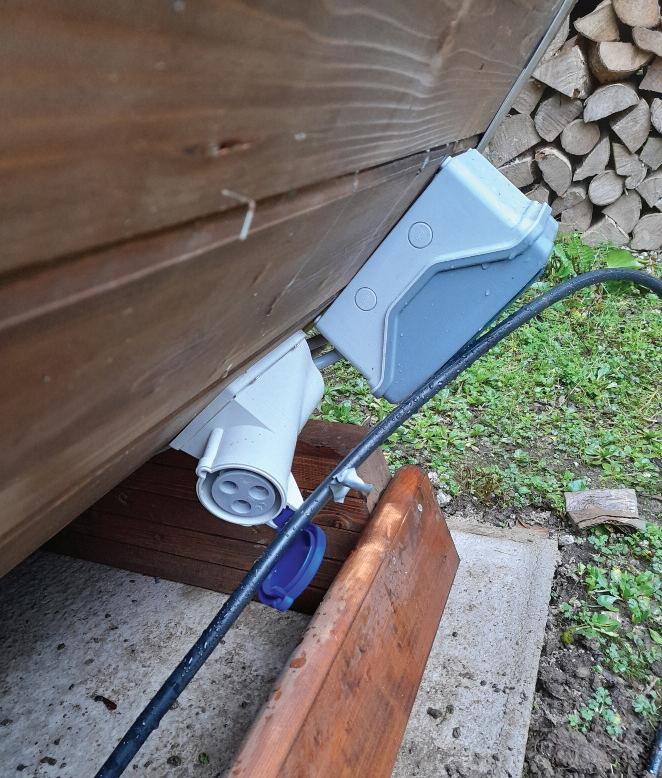

The A2:2022 18th Edition Codebreakers publication is priced at £22.00 (members) and £24.00 (non-members). It is available in both hard copy and digital versions

* Price is VAT exempt and excludes postage and packaging.

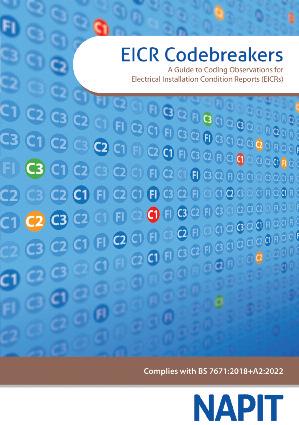

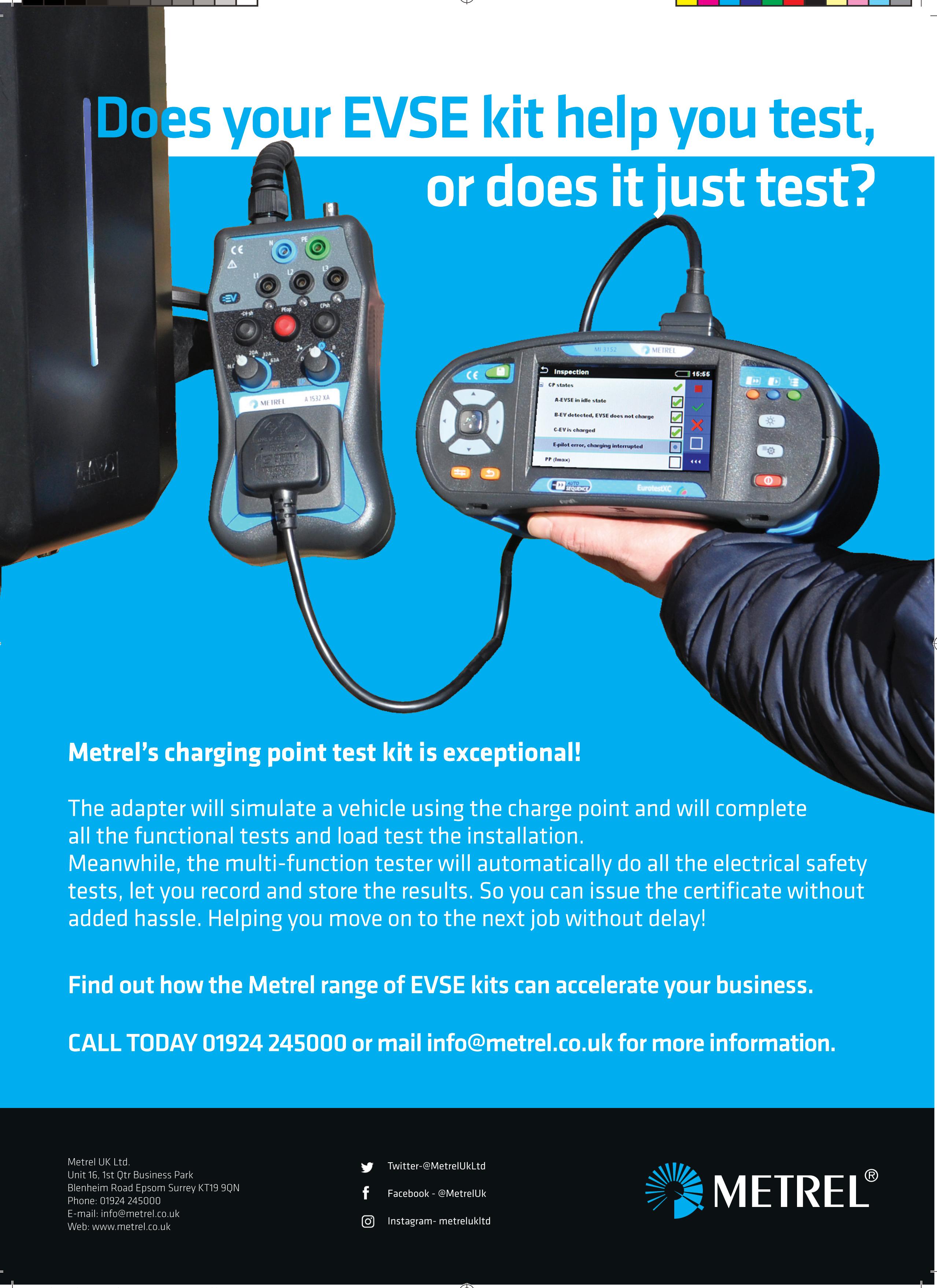

Section 443 of BS 7671:2018+A2:2022 contains requirements for protection against transient overvoltages either of atmospheric origin or due to switching. Where the application of overvoltage protection measures are required, regulation 443.1 specifies that any surge protective devices (SPDs) should be selected and erected in accordance with Section 534 of that standard. This article looks at the types of SPD recognised by BS 7671 and their location within an installation.
SPDs can be used to provide protection against transient overvoltages either of atmospheric origin (443 4 1) or due to switching (443.4.2).
Within DD CLC/TS 61643-12:2009 Surge protective devices connected to low-voltage power distribution systems Selection and application principles, Clause 4 (systems and equipment to be protected) advises that the following two factors need to be considered when evaluating an installation in respect of the use of SPDs:
l the characteristics of the low-voltage power distribution system on which it will be used, including expected types and levels of overvoltage and current:
l system earthing arrangement (TN-S, TN-C-S, TT, IT etc )
l nominal voltage
l cause of the overvoltage (lightning, switching or temporary overvoltage); and
l the characteristics of the equipment requiring protection:
l the rated impulse withstand of the equipment, tested in accordance with EN 60664-1; and
l the impulse immunity of the equipment, tested in accordance with EN 61000-4-5
Based on the aforementioned, suitable Types of SPD may be selected for use at appropriate points within the installation.
SPD Types
Classification of SPD Type relates to the tests the device must be able to meet The test requirements for SPDs for power systems shall comply with
BS EN 61643-11:2012+A11:2018
Low-voltage surge protective devices
Surge protective devices connected to low-voltage power distribution systems
Requirements and test methods.
There are three classes of tests The introduction to BS EN 61643-11:2012+A11:2018 advises that the Class I test is intended to simulate partial conducted lightning current impulses, while the Class II and Class III tests involve impulses of shorter duration
Class I tests are carried out with a

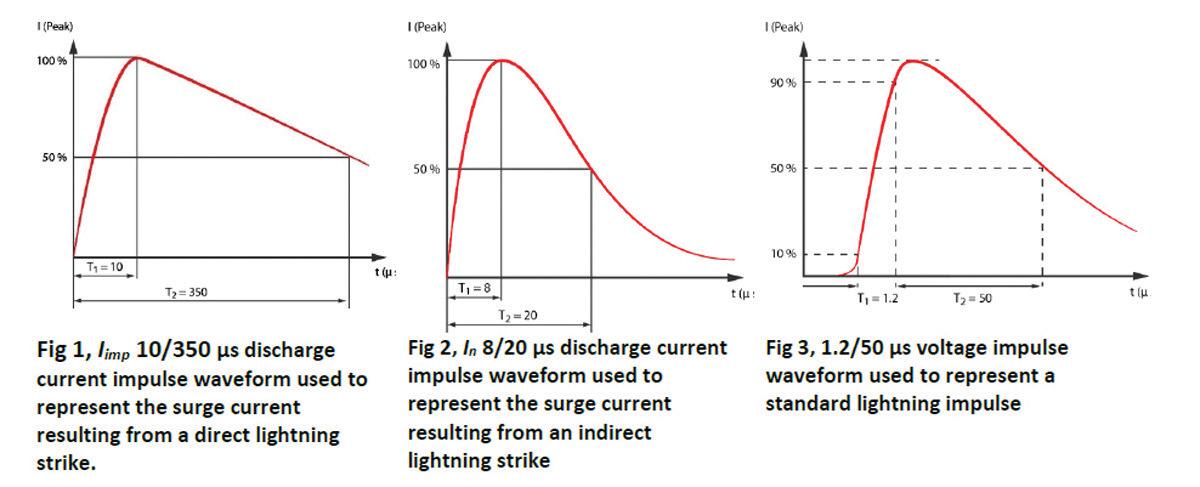
10/350 μs current impulse, as shown in Fig 1 (Clause E 5 of BS EN 62305 1:2011) This represents a standard lightning impulse
For Class II, tests are carried out with the normal discharge current In 8/20 μs voltage impulse (see Fig 2).
For Class III, tests are carried out with a 1 2/50 μs voltage 8/20 μs current combination wave generator (see Fig 3)
An SPD may be classified according to more than one test class Where this is the case, the tests required for all declared test classes shall be applied to the device
Type 1
Type 1 SPDs, meeting test Class I, are designed to divert high surge currents associated with direct lightning strikes to earth safely and limit the transient overvoltage to prevent damage to the installation wiring and connected equipment They also protect against
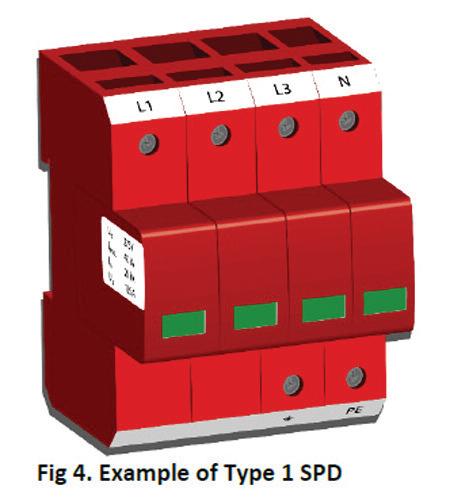
risks to human life.
Where protection against high surge currents associated with direct lightning strikes is required, for example when a building has a structural Lightning Protection System (LPS) or an overhead line at risk of direct strike, Type 1 power SPDs should be installed as close as possible at each origin (534 4 1 3) or point of entry of an electrical service into the electrical installation (534 4 1 6) (see Fig 4)
Type 2
Type 2 SPDs, meeting test Class II, when located at the origin of the electrical installation address the risk of overvoltage arising from an indirect lightning strike, limiting the transient overvoltage to levels which are safe for connected equipment
Such an arrangement is suitable for installations in locations where direct lightning strikes are unlikely, such as in built-up urban areas

Where an installation does not have a LPS installed and does not require protection against the effects of direct lightning, a Type 2 SPD shall be installed as close as possible to the origin(s) of the electrical installation (534.4.1.4).
In industrial installations, Type 2 SPDs may be installed on sub-distribution boards or closer to the equipment to be protected, downstream from Type 1 and/or Type 2 SPDs installed at the origin of the installation (534 4 1 5) (see Fig 5)
Type 3
Sensitive equipment within the installation may benefit from protection provided by a Type 3 SPD in addition to that provided by Type 1 and/or 2 SPDs
Section 534 recognises SPDs as Type 3 where the voltage protection level (denoted by Up on the SPDs labelling) is lower than the susceptibility threshold of sensitive equipment
It should be noted that Type 3 SPDs should only be installed in installations where Types 1 and/or 2 SPDs are present upstream of their intended position.
They may be installed within sub-distribution boards (typically Type 2+3 SPDs), near or within items of equipment deemed susceptible to damage from overvoltage (534 4 1 5), or in fixed socket-outlets or mobile socket-outlet trailing leads.
Type 3 SPDs may also protect equipment from switching transients originating from within the premises (see Fig 6)
Combined Type SPDs (e.g. Type 1+2, Type 1+2+3)
An SPD may be classified according to more than one test class (for example, test class I (T1) and test class II (T2)) In this case, the tests required for all declared test classes shall be performed
Type 1+2 SPDs are installed close to the intake position, such as at the first distribution board, in buildings which are at risk of direct lightning strike having a lightning protection system and/or are fed by an overhead line
Rated impulse voltages and equipment overvoltage categories
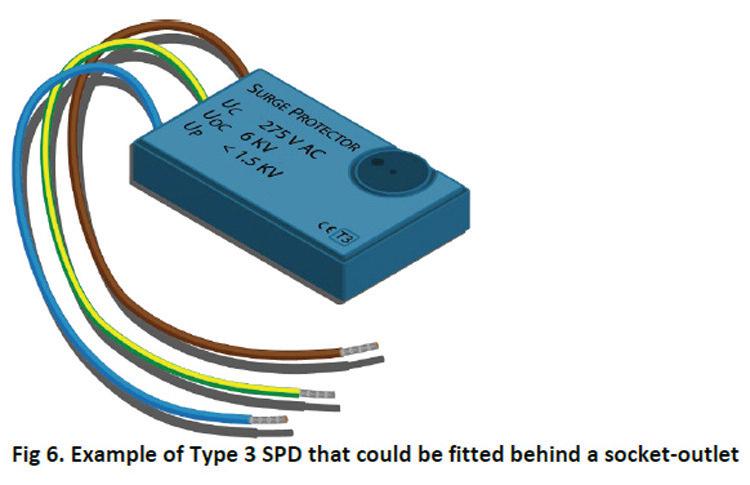
In respect of overvoltages entering the installation at its origin, the amplitude of that overvoltage will be most severe close to the origin, with the amplitude falling as the electrical installation extends into the premises
Electrical equipment within an installation shall have a rated impulse voltage not less than the value given for its overvoltage category in Table 443 2 of BS 7671 Table 1 of this article, based on Table 443 2, describes the required impulse voltages of equipment for a nominal voltage of 230/400 V AC
Fig 534 2 of BS 7671, reproduced in this article as Fig 7, summarises where the various SPD Types should be located within an installation
This article has considered Section 443 of BS 7671 and the requirements for the protection against transient overvoltages occurring in an installation due to the effects from lightning or due to switching Where overvoltage protection measures are required, SPDs should be selected and erected in accordance with Section 534.
We also discussed the different types of SPDs recognised by BS 7671 and their suitability within an installation


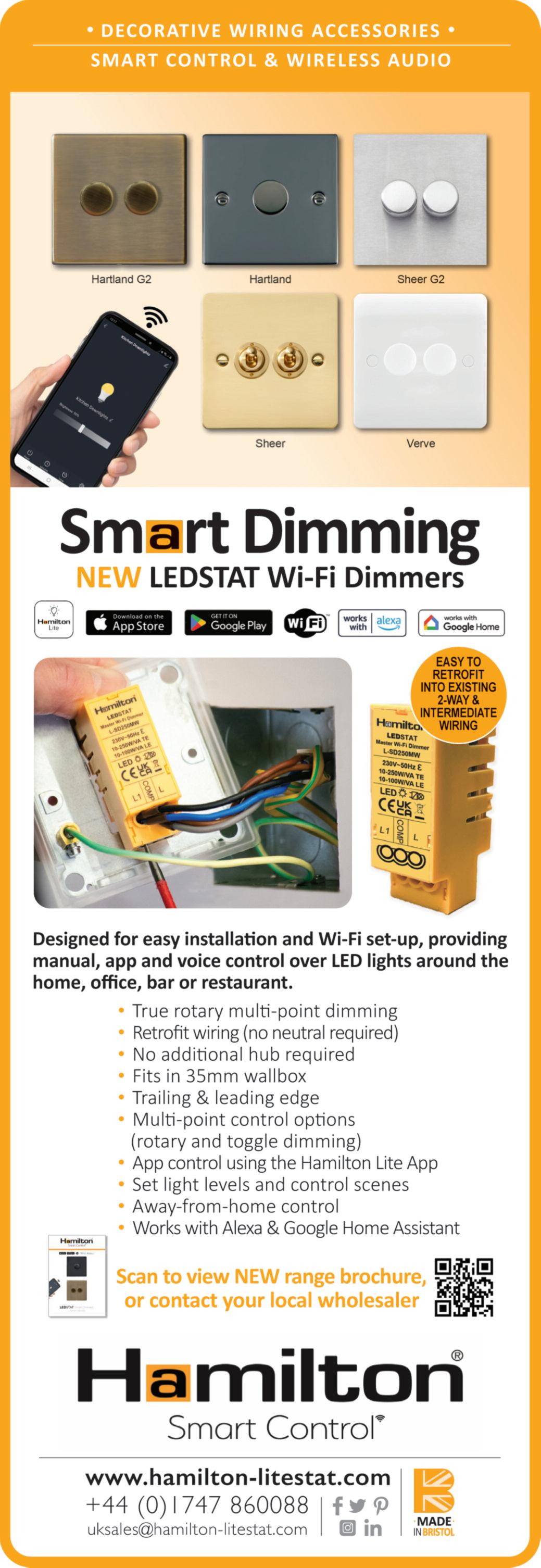
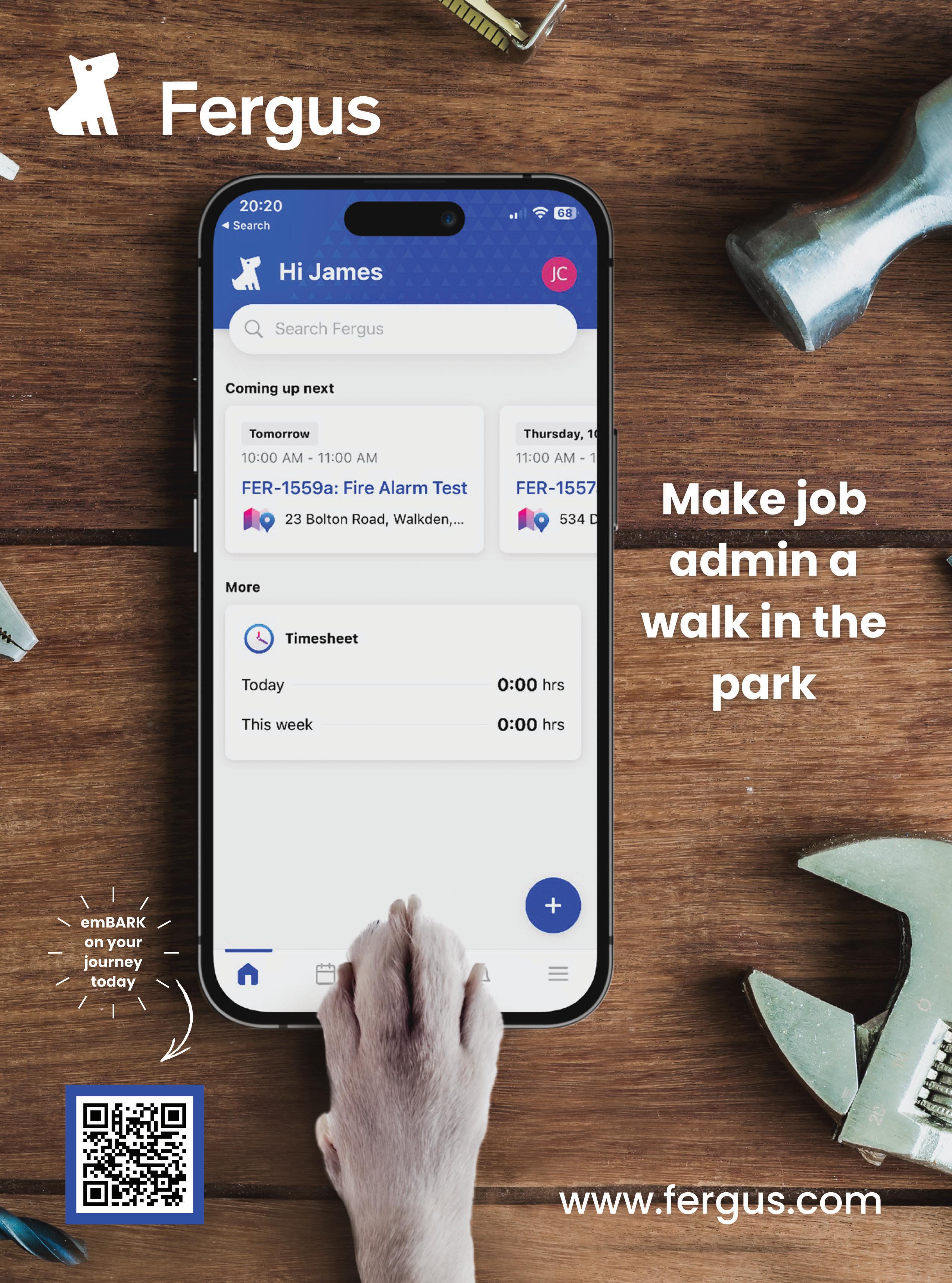

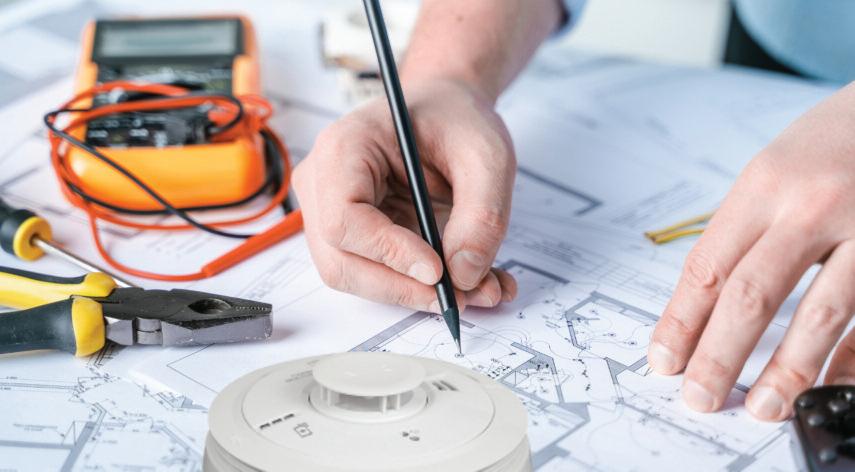
Michael Coupland of Aico offers advice to ensure you’re not caught off-guard in the future.

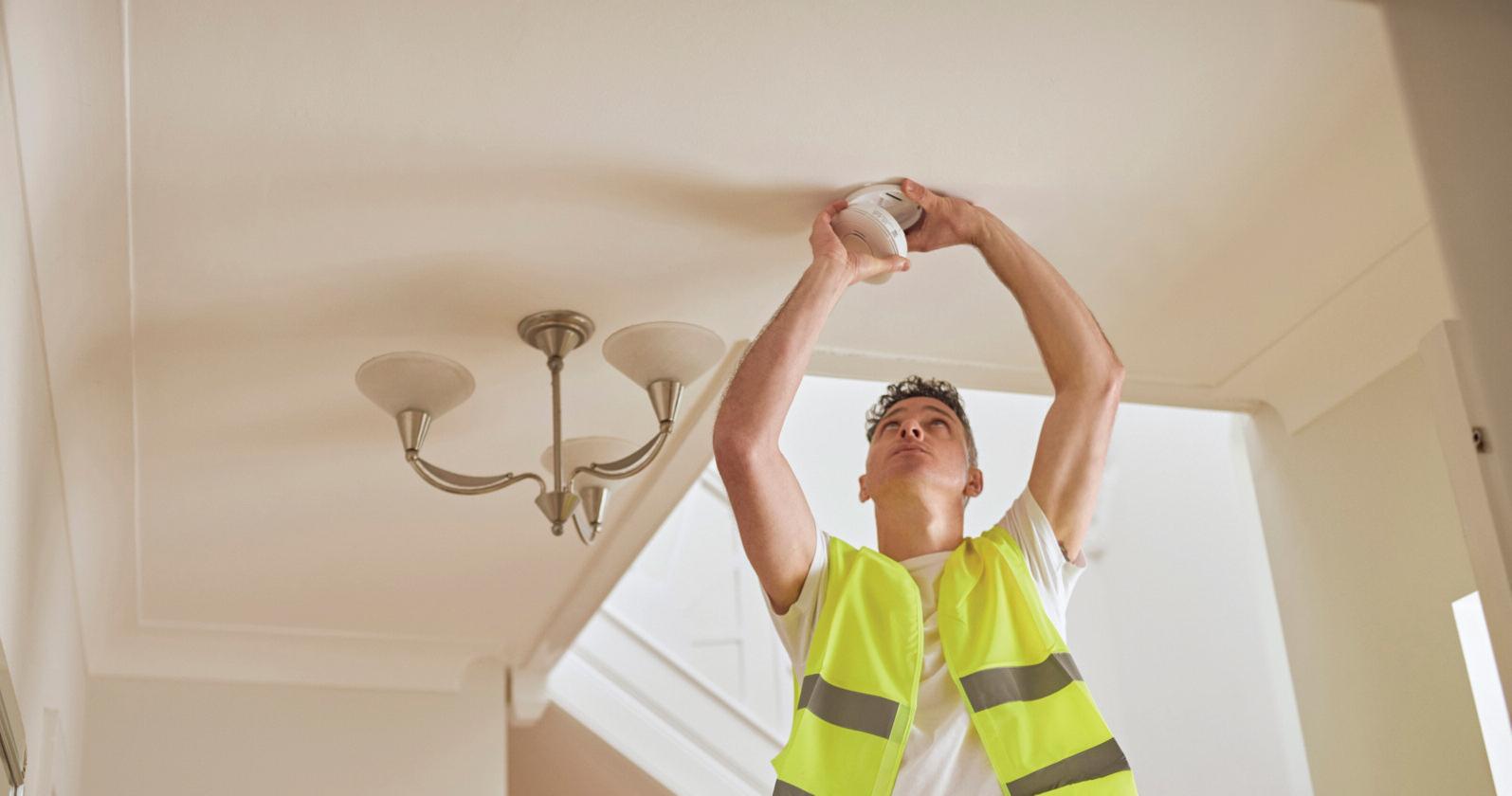
Even if you’re familiar with BS 7671 and the electrical wiring regulations, you might be missing a crucial detail lurking within its pages This seemingly innocuous line tucked away at the back holds major implications for electricians –and your next smoke alarm installation could depend on it.
That line simply states: “Fire detection and fire alarm systems shall comply with the relevant parts of BS 5839 series ” But what it truly means is that BS 5839:6, another British Standard specifically dealing with fire alarm systems, is inseparable from BS 7671 when it comes to smoke alarm installations Remember, the word “shall” in the appendix clarifies – complying with BS 5839:6 isn’t optional, it’s mandatory.
Compliance is key
For electricians, adhering to BS 7671 is essential It’s the foundation for maintaining your NICEIC or equivalent membership –and your good standing in the industry So, that paragraph linking BS 7671 to BS 5839:6 leaves no room for ambiguity
New smoke alarm installations or partial upgrades must meet the minimum requirements of BS 5839:6, which vary depending on the type of property:
l Rented properties: Grade D1 Category LD2 is the minimum
l Private dwellings: Grade D2 Category LD2 (new/materially altered property or
where rewire is undertaken), Grade D2 Category LD3 in existing properties
The standard states that the level of protection for the occupants needs to be directly related to the fire risk, the categories of system describe the level of protection the systems provide:
l Category LD2: A system incorporating detectors in all circulation areas that form part of the escape routes from the premises, and in all specified rooms or areas that present a high fire risk to occupants, including any kitchen and the principal habitable room
l Category LD3: A system incorporating detectors in all circulation areas that form part of the escape routes from the premises
Real-world example: avoiding costly oversights
Working alongside local housing providers in my area, upgrading kitchens and bathrooms, heat alarms get installed in kitchens during the upheaval – a smart move.
But, what about the rest of the house? If the living area isn’t equipped with a smoke alarm, the entire installation fails to comply with BS 5839:6, and consequently, BS 7671 Missing that single alarm could lead to the following:
l Rework and frustration: You might need to rip up carpets and floorboards
to install the missing alarm, adding time and complexity to the project
l Damage and delays: Unforeseen property damage and potentially upset clients are never desired outcomes
Radio frequency: a modern solution
The good news is that Wireless Radio Frequency (RF) technology offers a convenient and flexible alternative to traditional wired systems With RF products and accessories, you can avoid the hassle of lifting floorboards and keep everything neat and tidy
Aico’s Ei3000MRF Module is part of the next generation of RF solutions, allowing for wireless interconnection and data extraction when installed into any of Aico’s 3000 Series alarms
Stay in the know, stay compliant
For electricians in England, Wales, and Northern Ireland, complying with BS 7671’s point 560 10 boils down to one thing: mastering BS 5839:6
It’s important to remember, Grade D1 Category LD2 is the minimum for rentals, and Grade D1 Category LD2 is the standard for private dwellings
Don’t let a hidden requirement trip you up – stay informed and stay compliant

In THIS REGULAR COLUMN, DR. TOM BROOKES ANSWERS YOUR QUESTIONS RELATED TO FIRE SAFETY. IN THIS MONTH’S EDITION HE LOOKS AT THE QUALIFICATION REQUIREMENTS TO ENABLE ENTRY ON TO INDUSTRY SCHEMES.
BAFE has changed the criteria for the competence of engineers for fire alarm engineers and technicians. Does that mean I must undertake the BAFE FIREQUAL qualification to be part of the SP 203-1 scheme?
There’s been quite a bit of confusion around this lately, so hopefully we can clear some of it up
BAFE obviously has its own qualification in the form of FirEquAl, and many individuals are under the assumption that they must undertake this qualification to be part of the overall BAFE scheme This isn’t the case, as it would potentially create a monopoly
So, let’s take a look at what it says in plain English:
BAFE SP203 Required Qualifications
SP203-1 Scheme V8 started on the 1st of November 2023, which includes the requirement for engineers/technicians that the organisation employs to be competent individuals and demonstrate that all are employed
Firstly, if you don’t have an actual fire alarm qualification in a court of law, how do you prove you’re competent? in my view, this means that everyone working on fire alarm systems must be qualified in fire alarm systems (sorry, qualified electricians, you must also have a dedicated regulated fire alarm-specific qualification on top of your other certificates)
it also states that all people must have the ability to demonstrate core knowledge of fire detection and fire
alarm system design, installation, commissioning and maintenance work (including BS 7671 iET Wiring regulations) and the ability to carry out safe isolation
BAFE SP 2303-1 V8 now states that every company must have a named and documented lead Designer, lead installer, lead Commissioner and lead Maintenance engineer These lead roles in a smaller company could all be the same person i personally would have liked to have seen the Commissioner as a different person than the installer, but that’s the route that has been taken on this occasion.
The requirement for an individual to prove “they are competent” is the bit that seems open to interpretation. The scheme states that the lead roles must be filled by individuals with regulated minimum level 3 qualifications in BS 5839-1 that cover design, installation, commissioning, and maintenance
So, what are your options?
Awarding body EAl offers a range of fire alarm qualifications that meet the requirements of the BAFE scheme Zzeus Training is a dedicated fire alarm training centre and covers all the requirements needed
We were the first to offer the EAl qualifications, however some good news has arrived recently with the announcement that NiCEiC has updated its training offering and is now running
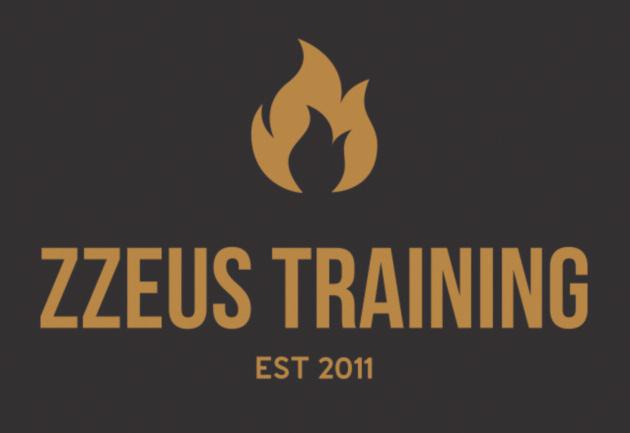

the EAl qualifications also.
in my opinion this will be the ‘go-to’ fire alarm qualification to meet the requirements for readers of this esteemed publication, and also give ECS card holders either a stand-alone Fire Operative Card or, if you’re a Gold Card electrician, you can have the fire alarm qualification put on the back of your card
Experienced workers, if you have a minimum of five years’ experience, we can put you through the EAl level 3 NVq at Zzeus Training.
The course is portfolio-based, with an audit assessment, and looks at the experience side of fire system engineers A pass in the NVq would cover all the BAFE roles, plus enable the engineer to gain a fire gold card at the same time
You can, of course, go down the FirEquAl route as that also meets the requirements of the scheme, so it’s good to know that individuals have plenty of options available to them

DO YOU HAVE A QUESTION YOU'D LIKE ANSWERED?
EMAIL YOUR QUERIES TO: TOM@ZZEUS.ORG.UK

GET MORE DETAILS ABOUT ZZEUS TRAINING AND THE RANGE OF COURSES ON OFFER AT: WWW.RDR.LINK/EBB012

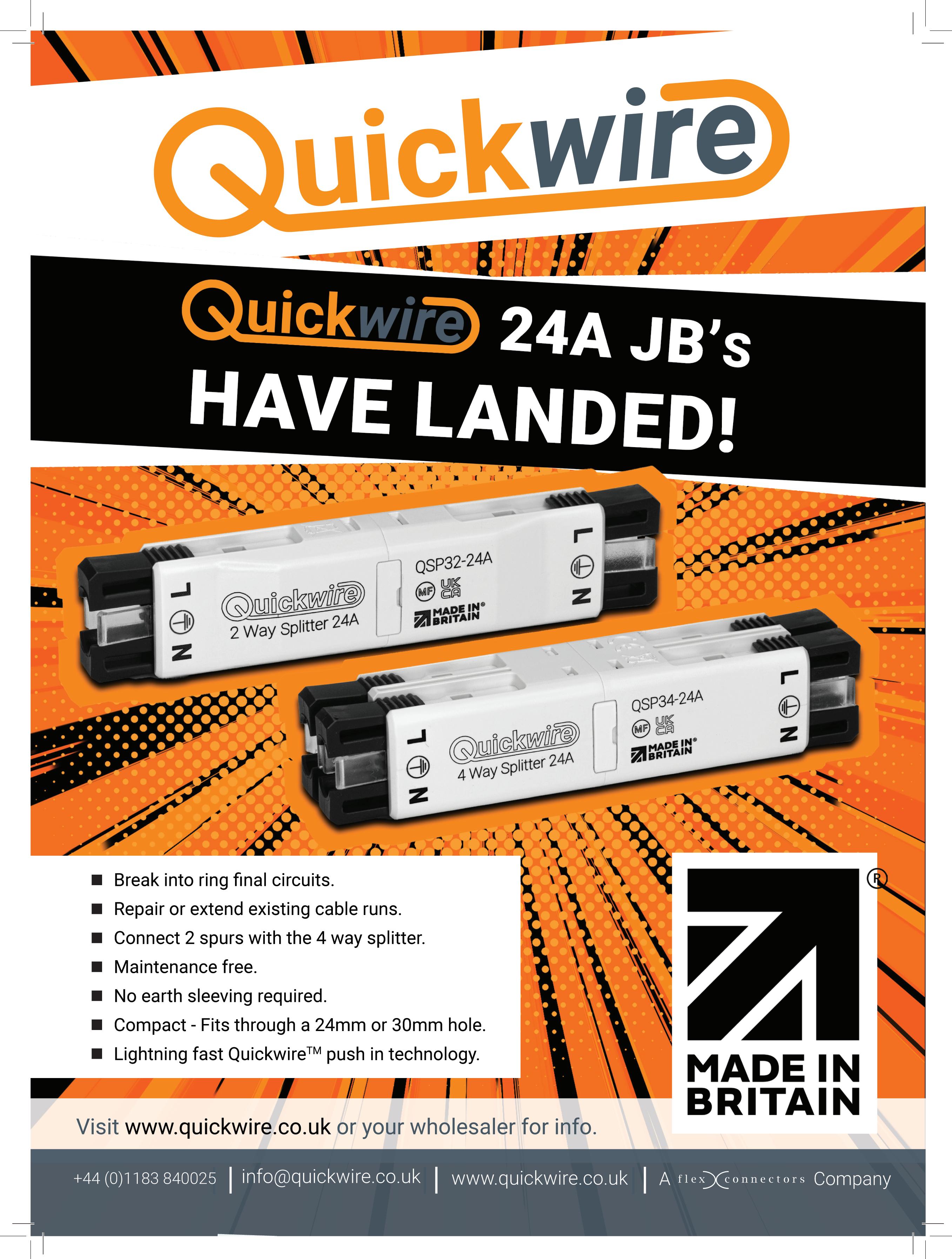
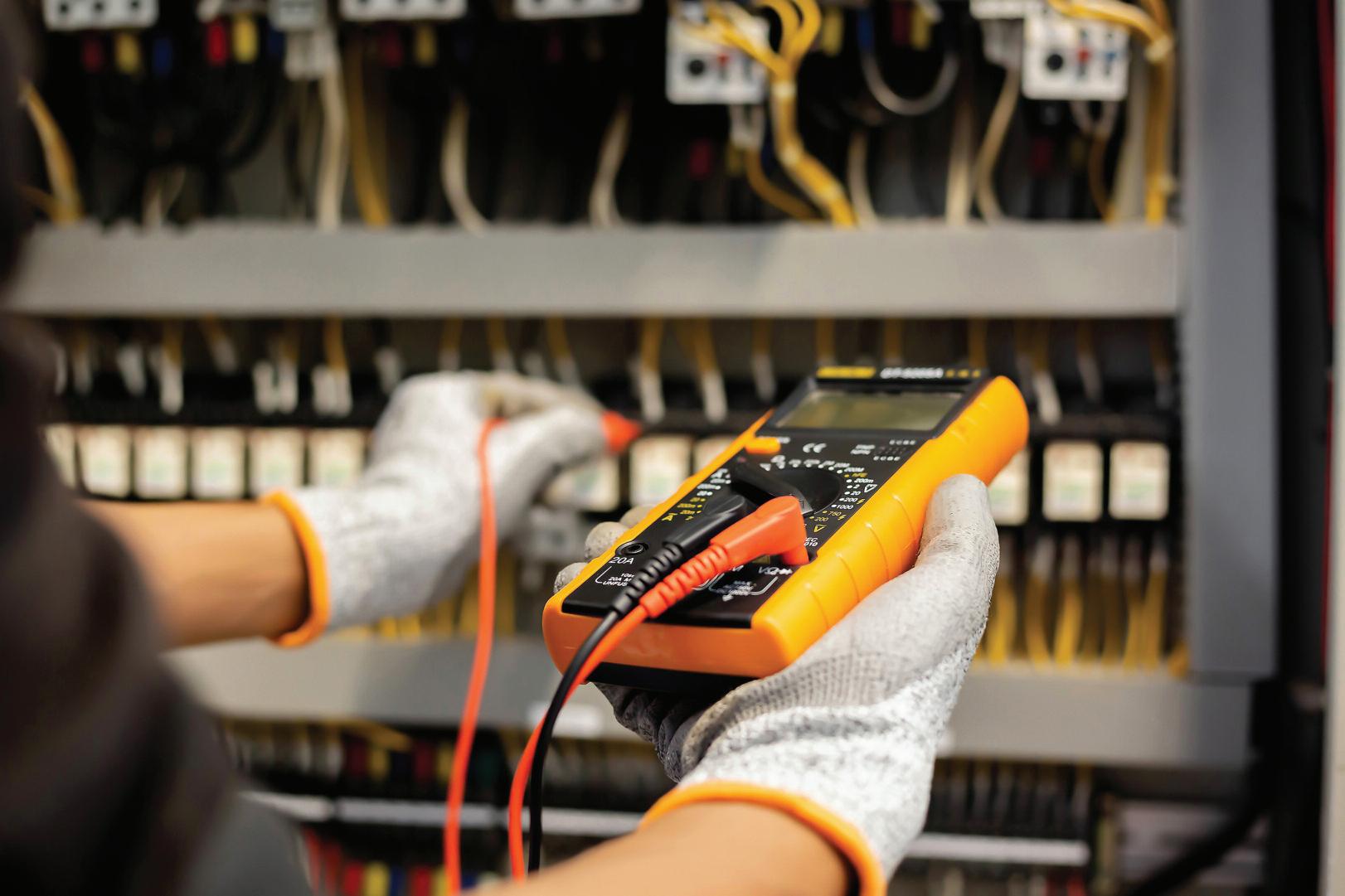
The technical team at Enkin explore single-phase and three-phase power supplies and define the key features that set the two apart.
Single-phase and three-phase power supplies each have roles that they perform best, and the two are notably quite different from one another in terms of power delivery. In this article, we aim to outline their key differences, and the tasks they’re most suitable for.
What is a ‘phase’ in electricity?
A phase is a current within a wire that produces electrical signals in a waveform
This waveform is visible via an oscilloscope, and a phase can be determined by the unit type by knowing the load that they distribute
In a single-phase power supply, there are two wires: one power (phase) wire that delivers the current, and one neutral wire
The neutral wire isn’t considered a phase wire as it carries current back from the load to the source
During the phase cycle, power delivery fluctuates in voltage, and the power wave peaks at 90 and 270 degrees. This means that power delivery is at maximum at two points during the power delivery cycle, and dips at other times to less than optimum
Single-phase is primarily used for domestic properties, being more suitable for lighting, sockets, and switches, however, a three-phase supply may be required for greater loads Three-phase systems can also be converted to three
single-phase supplies and doing this will allow an even spread of the load across the three phases
A three-phase system consists of three power wires, arranged to be out of phase with one another by 120 degrees. This means that all three phases of power have entered the cycle by 120 degrees, and all three phases peak at different times during a complete cycle This creates waveforms with no peaks or drop-offs, resulting in a much smoother and more consistent power supply when compared with single-phase power
Not only does this mean they’re far more efficient at power distribution over long distances, but three-phase power also has a much higher power capacity than its single-phase counterpart, making it a great application in commercial and industrial settings
Loads in a three-phase system should be balanced to ensure even power distribution across all phases A balanced load minimises the risk of voltage fluctuations, ensuring the system operates efficiently.
The two most common configurations of three-phase systems are known as Delta and Wye Both have the capability to deliver power over three wires, however the differences between the two are based on the number of wires available, as well as the current The Delta connection has only three wires, whereas
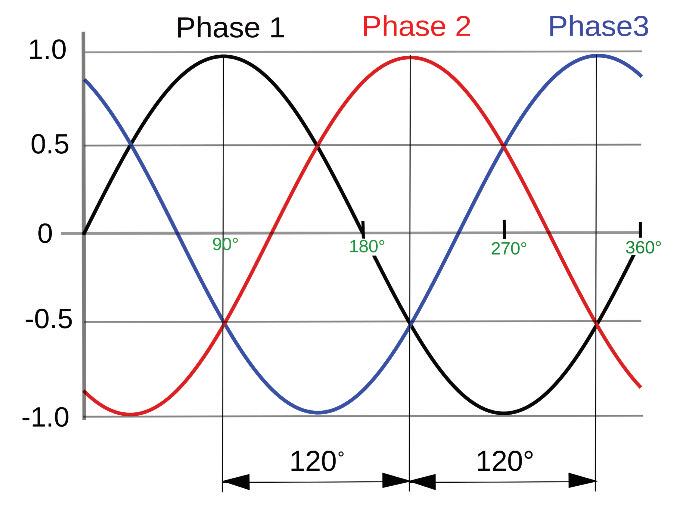
the Wye configuration carries a neutral wire that allows both single-phase and three-phase connections
Single-phase vs three-phase power
It’s important to note the voltage difference between single- and three-phase supplies When using a single-phase supply, the voltage is limited to 230 V AC
However, when three-phase is being used you may find up to 400 V between phases This is due to the power transfer in three-phase being almost double that of a single-phase supply
As a by-product of this, a three-phase power supply is vastly more efficient, able to transmit three times the power that a single-phase supply is capable of, while needing only two more wires

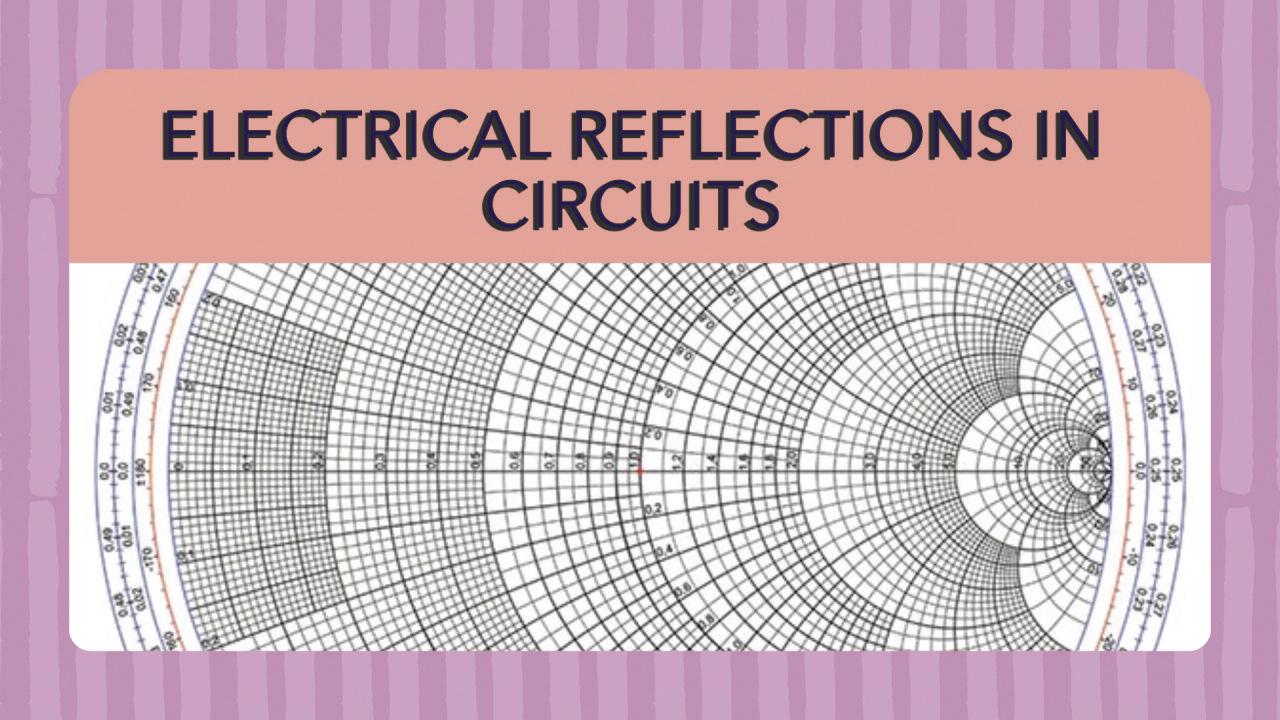
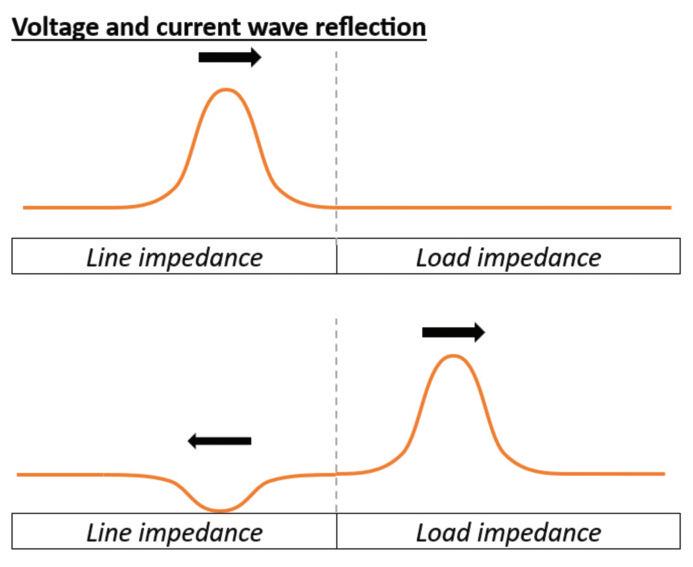
in circuits.
In this article, I’m looking to challenge your grasp of electromagnetism and explore the intricate realm of electrical reflections in circuits
This guide aims to provide an introduction to the subject, with a special emphasis on incorporating the Smith Chart, and its significance in the day-to-day work of electrical engineers
T h e b a s i c s o f e l e c t r i c a l r e f l e c t i o n W h e n a n i n c i d e n t e l e c t r o m a g n e t i c w a v e e n c o u n t e r s a c h a n g e i n t h e p r o p e r t i e s o f t h e m e d i u m i t t r a v e r s e s , a p o r t i o n o f t h e w a v e r e f l e c t s b a c k i n t o t h e t r a n s m i s s i o n m e d i u m I n t h e c o n t e x t o f e l e c t r i c a l c i r c u i t s , t h e i m p e d a n c e i s m i s m a t c h e d b e t w e e n t h e c o n d u c t o r a n d t h e s u r r o u n d i n g m e d i u m
This reflected wave interferes with the incident wave, creating a standing wave pattern along the transmission line. This standing wave pattern manifests as variations in voltage and current along the line, creating regions of higher and lower amplitude These variations are often referred to as voltage and current ripples
Understanding impedance, reflection coefficient and the Smith Chart
Impedance, measuring how much a medium opposes the flow of electrical current, is a fundamental factor influencing electrical reflections
In circuits, the reflection coefficient (Γ) quantifies the amount of reflection at the interface between the conductor and the surrounding medium
The Smith Chart, a graphical tool extensively used in electrical engineering, aids in visualising and solving problems related to impedance matching, making it a valuable asset when dealing with electrical reflections
There are some practical implications for electrical engineers to consider:
1. Circuit design
Electrical engineers engaged in power transmission must incorporate the Smith Chart to comprehend impedance variations, optimising power transfer between different components to ensure minimal power loss and interference
Identifying and managing reflections is crucial for troubleshooting circuit issues Engineers can leverage the Smith Chart to
visualise impedance changes and address problems related to signal quality effectively
Maintaining the integrity of power distribution systems is vital Electrical engineers should utilise the Smith Chart in addressing reflections to prevent issues such as power loss and inefficiencies in electrical networks.
A robust understanding of electrical reflections in circuits, coupled with the effective use of the Smith Chart, is indispensable for electrical engineers and tutors alike
By comprehending the principles behind impedance, and reflection coefficients, and utilising the Smith Chart, professionals in the field can design more efficient systems, troubleshoot circuit issues effectively, and contribute to the advancement of electrical engineering
Incorporating this knowledge into everyday practices, alongside the use of the Smith Chart, will undoubtedly enhance the skills and expertise of electrical engineers


With the continuing rise in energy costs, consumers are looking at ways to mitigate against rising bills and recoup some benefits through renewable technologies
Solar PV systems have been on the market for many years with homes fitted with Solar PV benefiting from a fairly generous feed in tariff (FIT) However, this scheme was closed to new applications on 1st April 2019 It was not until 1st January 2020 that the government introduced the Smart Export Guarantee (SEG)
The SEG tariffs still allow customers to receive payments for electricity generated and exported back to the grid, but the rates are much lower and vary between energy suppliers
So, if homeowners with Solar PV systems are not receiving the historic financial benefits, what is the alternative?
Electrical Energy Storage Systems (EESS), also known as battery storage, offer an attractive alternative Instead of exporting back to the grid, the energy generated from Solar PV can be stored in
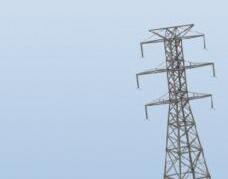

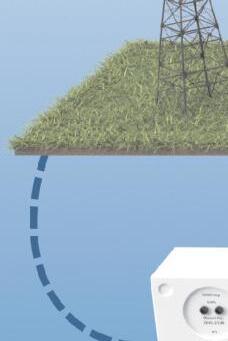



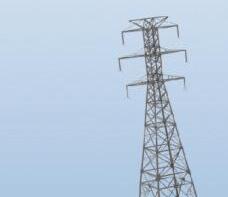



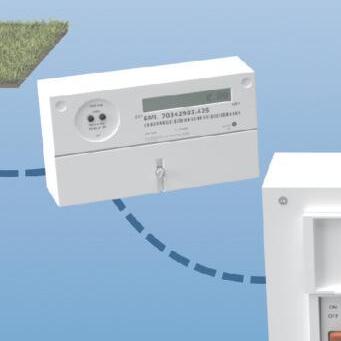

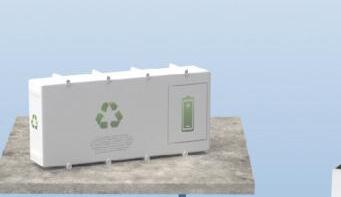
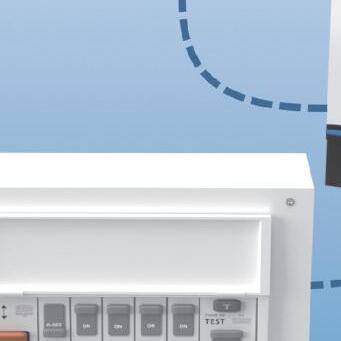

the EESS and used in the home at certain times of the day, as shown in Fig 1
Can an EESS System be installed without Solar PV?
There’s a common misconception that an EESS can only be installed when combined with a Solar PV system Whilst it’s true that combining these renewable technologies would be the most cost-effective way over time, that doesn’t mean that an EESS can’t

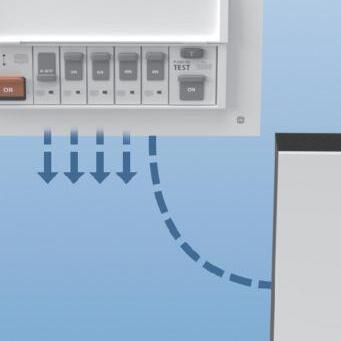




be installed on its own




A few energy suppliers are now offering time-of-use electricity tariffs This is where homeowners purchase electricity from the grid to charge the battery when the prices are cheaper and then use it in the home at peak times to avoid buying it from the grid, see Fig 2
Benefits of installing an EESS







The main question that gets asked by homeowners when they’re thinking of installing renewable technologies is:
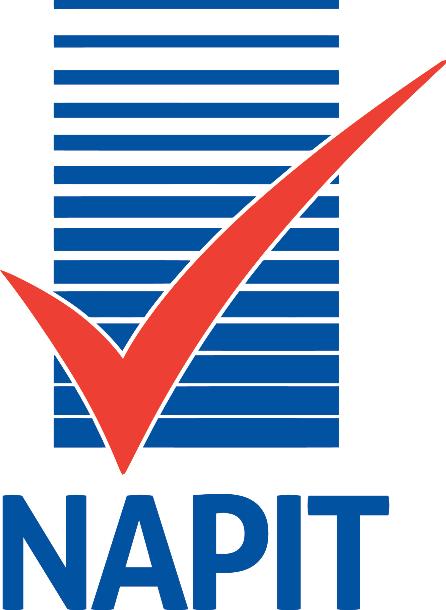


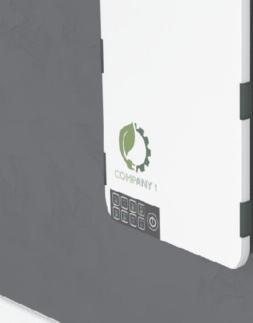







While the costs of installing Solar PV and EESS are becoming increasing affordable due to increased demand, it’s worth pointing out that there can still be a considerable up-front investment for the installation of these systems
The payback period depends on various factors such as the size and type of the system In the UK, the average payback time for a domestic EESS is around 10-12 years (source: Electrify Wales/Solar & Battery Payback/28 April 2023)
Installing an EESS offers many additional benefits, including:
l Off-grid independence,
l Lower energy bills,
l Low maintenance,
l A greener environment
The wide range of manufacturers and equipment available can provide a minefield of choices when deciding which system to install
All installed systems should be carefully designed beforehand to meet the requirements of the individual customer and installed in accordance with current regulations and standards
In general, Electrical Energy Storage Systems come in two types – packaged or discrete component
Packaged systems are complete solutions available commercially as an off-the-shelf product They could have all the component parts in one single enclosure or comprise of separate components all from the same manufacturer.
The potential benefit of this type of
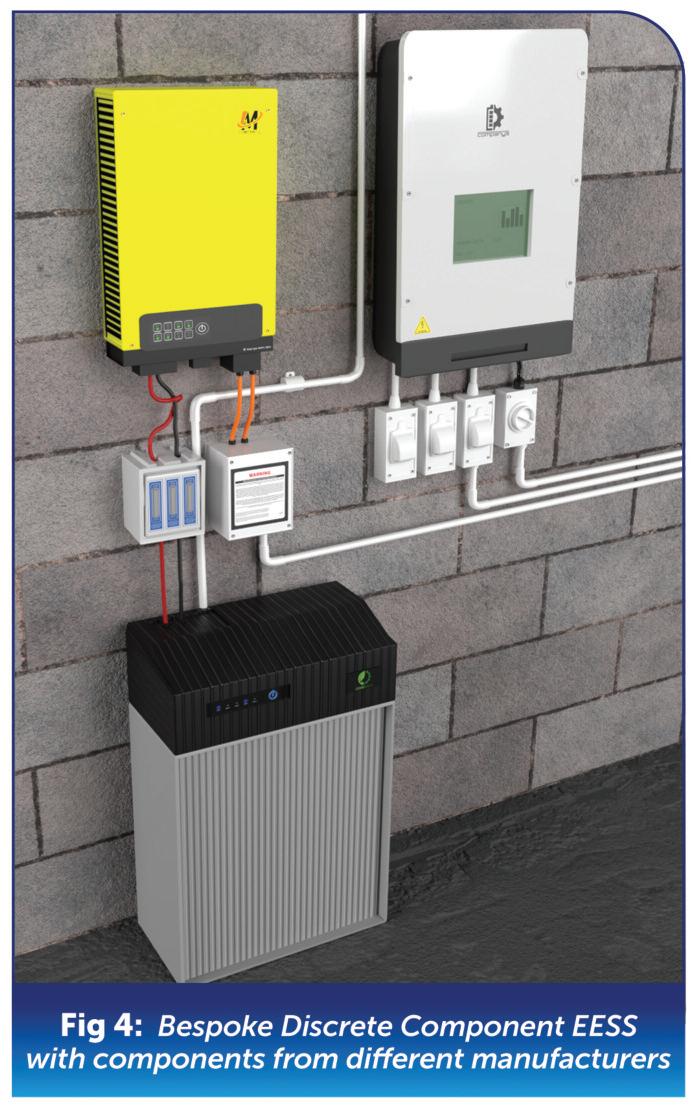
EESS is that the manufacturer is responsible for all its component parts, its safety and its stated performance, as shown in Fig 3
Discrete component systems are assembled from two or more discrete component parts, perhaps from different manufacturers
This does provide a wider range of choice and can make the installation more bespoke to the customer’s needs (see Fig 4). However, a bespoke system creates a greater reliance on the designer and installer to ensure safety and compatibility between components
All electrical installations need to be designed and constructed to meet the safety requirements of the Electricity at Work Regulations 1989 (EAWR)
To meet the statutory requirements of the EAWR, designers and installers need to refer to BS 7671 and other documents, such as:
l The IET Code of Practice for Electrical Energy Storage Systems,
l MCS Standards Document MIS 3012: The Battery Standard,
l ENA Engineering Recommendations G98, G99 and G100.
BS 7671 contains specific information concerning battery installations in Section 551 and Chapter 82 These guidance documents are displayed in Fig 5
It is of the upmost importance that designers and installers comply with these regulations, standards and guidance documents. The manufacturers’ instructions shall also be taken into account in addition to the requirements of BS 7671
This will ensure that the correct equipment and installation methods are used for safe operation, use and maintenance of the EESS
As with Solar PV installations, Electrical Energy Storage Systems are notifiable to the Distribution Network Operator (DNO) This is because these systems work in parallel with the grid supply and have the potential to feed energy back into the grid. The notification process is published by the Energy Networks Association (ENA) and follows Engineering Recommendations
G98, G99 and G100
G98: Single Premises
This process is very straightforward and uses a ‘fit and inform’ procedure
The DNO notification is required within 28 days after the installation has occurred To follow the recommendations for a simple G98 fit and inform process, the EESS installation shall:
l Have a total site generation/inverter capacity of less than or equal to 16 A per phase,
l Be a single installation on a single property,
l Use a G98 type tested approved inverter.
G98: Multiple Premises
This process requires DNO approval before the installation proceeds This is due to the potentially larger impact on the electricity network with multiple systems within a close geographical proximity.
The DNO notification is required within 28 days after the installation has occurred To follow the recommendations for this process the EESS installation shall:
l Have a total site generation/inverter capacity of less than or equal to 16 A





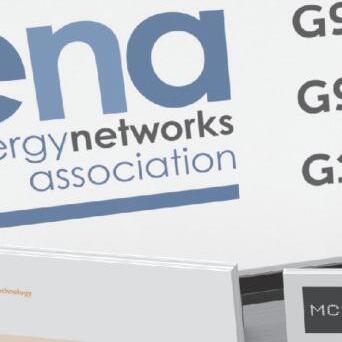





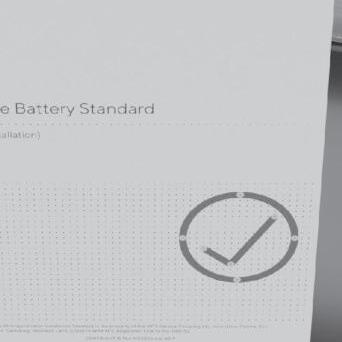

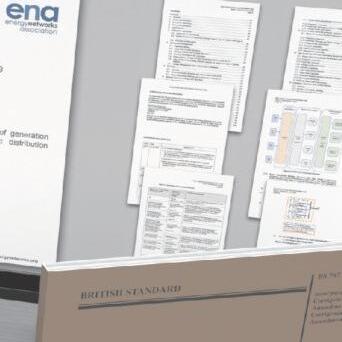
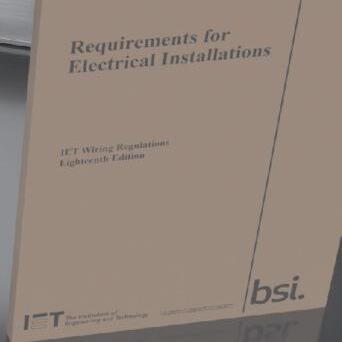

per phase,
l Use a G98 type tested approved inverter
G99: Installations
Systems over 16 A per phase will generally fall into the G99 procedure and will vary depending on the size and type of system The three routes are:
G99 Fast Track (Route 1)
The fast track process is to provide a simplified connection process for a small scale EESS that is being installed in addition to existing local generation such as an existing domestic Solar PV system
G99 Standard (Route 2)
This process is for an EESS with type A generators less than or equal to 16 A per phase and a total generation of





less than or equal to 32 A per phase. In addition, only type tested inverters are used
G99 Full (Route 3)
This process is for all other systems This will include type A generators rated over 16 A per phase and all other type B, C and D generators
The standard and full G99 process requires a written connection application and a formal DNO approval prior to proceeding with the installation
A G99 commissioning form is to be supplied to the DNO within 28 days or alternatively could be witnessed by the DNO if requested
G100: Export Limitation
This scheme measures and controls the
amount of power from generation systems that are to be exported to the grid. This can be achieved by restricting the generation output and/or by balancing the customer’s demand This is done to prevent the agreed export capacity being exceeded
Conclusion
Electrical Energy Storage Systems provide a good option for consumers to make the transition to prosumers, consumers and producers of electrical energy This gives the customer greater flexibility in how they use and pay for their energy.
When combined with a Solar PV system, an EESS allows for greater grid independence and contributes to a carbon neutral future for the UK
Technology and innovation within renewable systems is improving all the time and this will make their design and installation more accessible
This is an exciting time in the renewables world and could create a great opportunity for electricians to get involved in designing, installing and commissioning Electrical Energy Storage Systems.




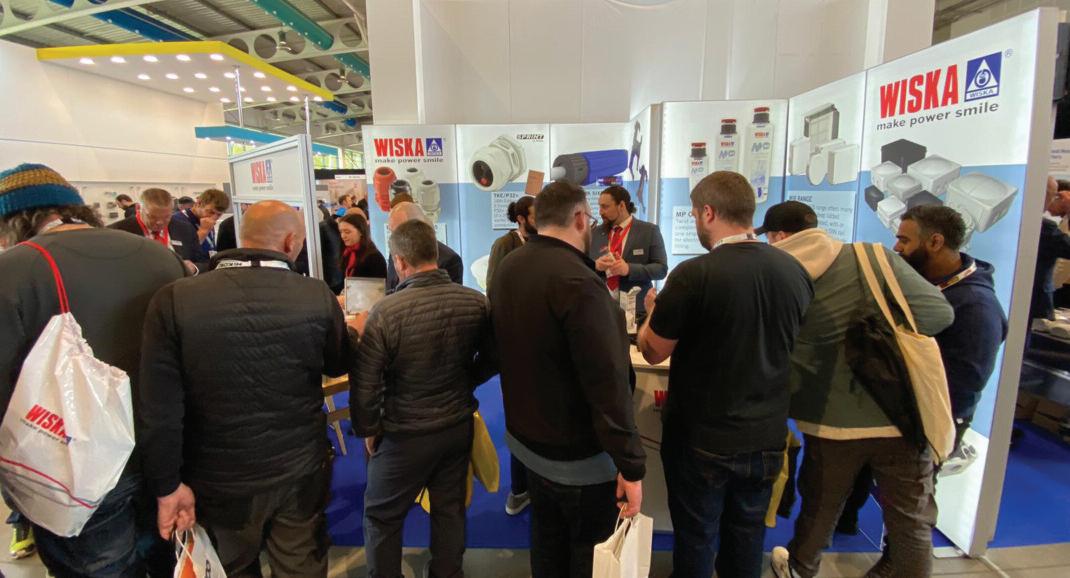


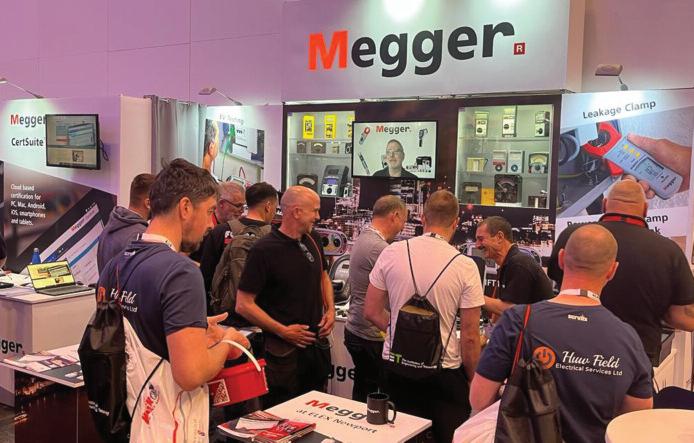

Taking place across two days, the ELEX 2024 tour is heading
better still, we’ve got great news for those visitors that are serious about
Recent changes to The Electrotechnical Assessment Specification (EAS) which sets out the minimum requirements for a business to be recognised as technically competent by a Certification or Registration Body, includes a requirement for businesses to maintain appropriate records of qualifications, training (including Continuing Professional Development) and experience
To support this requirement, EVERY ELEX seminar is now CPD accredited, ensuring those individuals who make the time and effort to attend will receive a direct certificate of completion, which can

form a key part of your ongoing Continuing Professional Development record.
With industry regulation and legislation changing constantly, the extensive ELEX seminar programme will cover an array of topics, including the latest Amendment 2 to the 18th Edition and the changes this covers, along with best practice and technical advice for professionals to get stuck into Presentations will be delivered by experts in their field and the only cost to delegates is their time.
All seminars will take place in the IET Seminar Theatre located centrally in the exhibition hall and there’s no need for delegates to pre-book, just pre-register to attend the show
Whether you need some advice on the direction the sector is heading, want to chat with manufacturers about their latest solutions, view live demonstrations of the latest products or bag yourself a great
show deal on tools and equipment from leading brands, your regional ELEX tradeshow has it all
The ELEX 2024 tour will be heading south later in the month as we return to the Westpoint Arena in Exeter – 25th
The column where you get to put your lighting questions to the head of the Ovia lighting business, Mike Collins, and his team of technical experts
QWhat makes your products (or one product in particular) easy to install?
The timing of this question is spot on as we’ve just launched our next tranche of luminaires, and among them is the Inceptor Milli.
Milli is a dimmable, fixed, fire-rated LED downlight aimed at the domestic mar ket It’s compact in design but packed full of features, providing installers with a downlight that is quick and easy to fit
IP65-rated, Milli is available as a standard/fixed or baffle version. With a broad cut-out range of 64 mm to 75 mm, the fitting can be installed in a wide range of existing ceiling downlight cut-outs The fittings are supplied pre-wired with a Fast-Fit, 3-Pole & Loop Flow connector, and a loose push-fit Flow connector is also supplied in the box which ensures a quick and easy installation process.
A key feature is the control that is offered in this one fitting There’s the option to switch between 6 4 W and 4 W power outputs using a single switch, offering users control over their lighting environments There’s also the ability to easily switch the colour temperatures between 2700K (War m White), 4000K (Cool White) and 6500K (Daylight)
One feature that sets Milli apar t is the rotatable insulation cover which allows you to install the downlights safely under insulation, but also to adjust the cover, allowing for 5 mm extra clearance
On the standard/fixed Milli downlight the insulation cover can be twisted to the up and down position and still fit in a 60 mm void The baffle version fits in a 60 mm void when the insulation cover is down and the plasterboard is a minimum thickness of 12 5 cm
PUT YOUR QUESTION TO THE ASK OVIA TEAM AT: WWW.RDR.LINK/EBB016








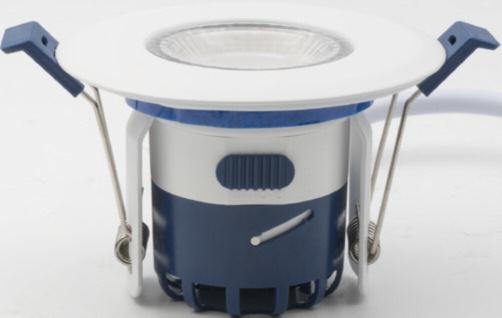













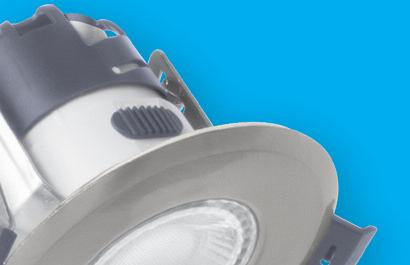

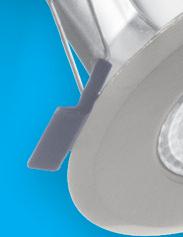











01827
300640


Working on your own? Need some technical advice? Don’t know where to turn? Ask Megger What it doesn’t know about installing and testing electrical systems isn’t worth knowing Every question will be answered by the Megger Technical Team, and the best will be published in Professional Electrician So, take advantage of the ‘ every question answered’ guarantee today email your questions to: meggermeasures@hamerville co uk

I’VE JUST LANDED A GREAT CONTRACT TO CARRY OUT REGULAR TESTING FOR AN INDUSTRIAL CLIENT. THE ONLY PROBLEM IS THAT THEY WANT PI MEASUREMENTS FOR ALL OF THEIR MOTORS. THESE TESTS TAKE AGES TO PERFORM AND THE CLIENT HAS A LOT OF MOTORS – IS THERE ANY WAY TO CUT DOWN THE TEST TIME?

That’s a question a lot of our customers have asked A polarisation index (PI) test normally takes a minimum of 10 minutes to perform It has to be carried out separately for each phase, so it takes at least 30 minutes to test a three-phase motor That’s too long, so we ’ ve developed PI Predictor (Polarisation Index Predictor), a new patent-pending technology PI Predictor continuously monitors insulation resistance during the test and, after just three minutes, begins to compute an extrapolated value for PI and assess the stability of this value When a stable PI result has been reached, the test stops automatically In almost every case, this takes less than five minutes, although it may take a little longer if the asset’s insulation behaves atypically In other words, the time needed to carry out a PI test on a three-phase motor is typically reduced from 30 minutes to 15 minutes or less, which is definitely a worthwhile timesaving PI Predictor is currently available on insulation testers in the Megger S1 range, and is coming soon to the MIT range

GET MORE DETAILS ABOUT MEGGER’S PI PREDICTOR TECHNOLOGY BY VISITING: WWW.RDR.LINK/EBB018
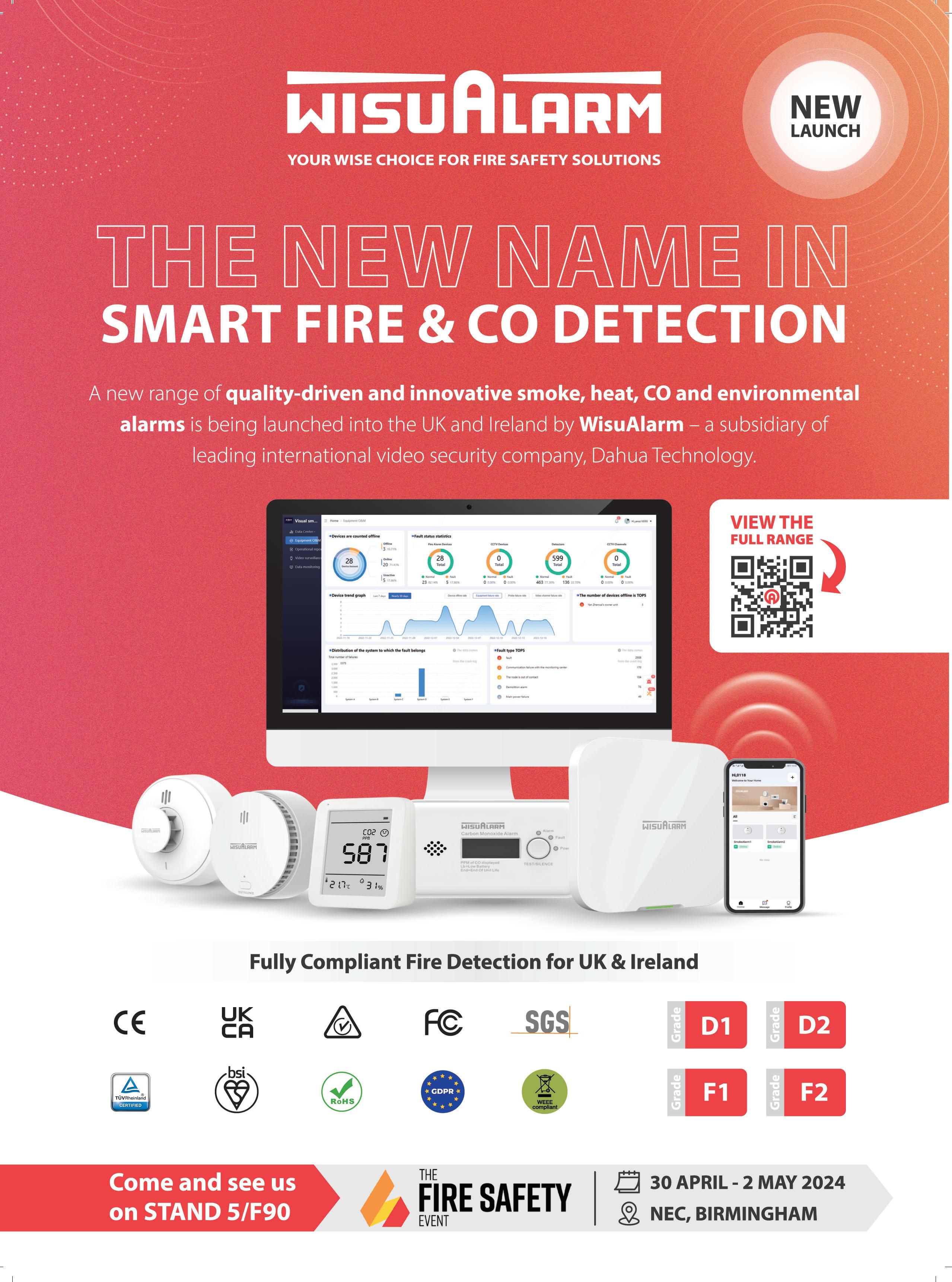


While the fire safety industry remains indispensable in safeguarding lives, buildings, and essential infrastructure crucial for the green transition, it's evident that the industry faces an exciting journey ahead as it aligns with the vision of a sustainable, net-zero world Unlike some other sectors, the fire safety industry is just beginning to embrace the profound shift required to merge its vital safety role with environmental responsibility
Some argue that fire detectors and alarm systems are inherently sustainable due to their critical role in protecting buildings, individuals, and infrastructure vital for a sustainable future This alignment harmonises with broader sustainability objectives, particularly UN Sustainable Development Goal 11, which focuses signifcantly on preserving sustainable cities and communities
It’s also important to recognise the major environmental impact of fires, primarily through carbon emissions For instance, in the UK “accidental business fires” contribute to approximately 0 0027 MtCO2e (million tonnes carbon dioxide equivalent) annually according to the National Atmospheric Emissions Inventory Without the swift response triggered by fire detectors and alarm systems, this
carbon footprint would undoubtedly be much larger
While risk assessments and BS 5839 largely define the devices used, system design – as well as manufacturer and product choices – can significantly influence the carbon impact of fire detection and alarm systems
When striving for sustainable fire detectors and alarm systems, it's essential to consider the entire carbon footprint This includes not just operational efficiency but also the embodied carbon from materials and production processes, as well as the indirect carbon caused by fire systems in cases such as false alarms.
Despite the importance of our role in protecting lives and green infrastructure, the industry is increasingly realising the importance of making these systems more sustainable This is not only the responsible thing to do but has become essential in the face of intensifying climate change effects Market demands, evolving legislation, green building practices, sustainability certifications, and a growing emphasis on carbon measuring in buildings compel us to take major steps towards sustainability
Many companies in the value chain are setting their sustainability goals, such as measuring the whole-life carbon of products and reducing average embodied carbon
So, the question before us is this: what will fire detectors and alarm systems look like in a greener, net-zero future?
Apollo is actively driving substantial changes within the company and our product offerings to align with ambitious sustainability and net-zero targets
However, achieving sustainable fire detectors and alarm systems calls for a collective industry effort, where we’ll need to increase knowledge and skills on sustainability topics
To make meaningful progress, as an industry, we must establish common goals, requirements, a shared understanding, and a unified language regarding sustainability to avoid ‘greenwashing’ and make real change
Working together for the greater good This collective effort involves manufacturers, installers, specifiers, consultants, system integrators, construction companies, and building owners working together
To drive a future where all fire detectors are more sustainable, proactive decisions for sustainability must be made at every level of the value chain. Together, the fire detection and alarm systems sector can ensure it doesn't fall behind in the transition towards a greener future

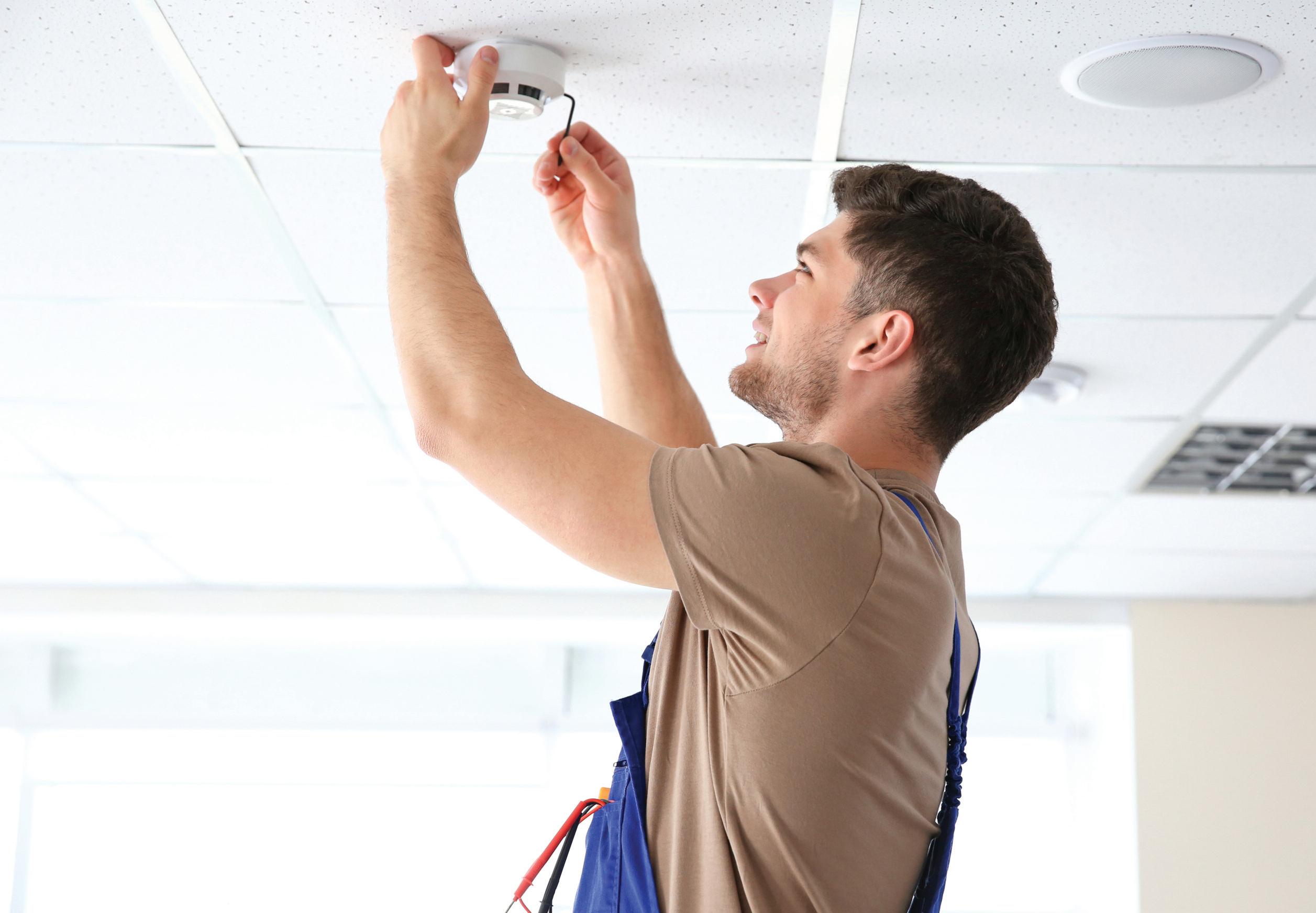
Dr Justin Maltby-Smith CEng FIET CMgr FCMI, a former electrician/electrical contractor, NICEIC Head of Schemes and Operations, NAPIT Technical Scheme Development Manager, and current Group Managing Director for the BAFE Fire Safety Register, discusses the electrical industry and its strong relationship with fire safety.
The common misconception with fire and life safety systems is that they’re all suitable, compliant, and working as intended
Unfortunately this isn’t always the case, and this is where the electrical contracting industry needs to ensure that its work is compliant with additional British Standards/Codes of Practice The appointed ‘Responsible Person’ has a duty to ensure this, and new legislation came into effect late last year to strengthen this obligation
Section 156 of the Building Safety Act 2022 made amendments to the Regulatory Reform (Fire Safety) Order 2005 This better defined responsibility highlighting that appropriate record keeping of fire safety information is required for the building’s lifespan

Enforcement authorities (notably The Fire and Rescue Service) have also been provided easier avenues to act against non-compliance of fire safety legislation
Relevance to the electrical sector
It’s important to stress this information to the electrical contracting industry, as this may not have been as prominent news to you as it was to the fire safety industry
The BAFE Fire Safety Register actively promotes the importance of verifying the competence of any organisation who is awarded a contract to fulfil fire safety work, which we consider is via appropriate
Third-Party Certification (awarded by a UKAS Accredited Certification Body).
If Responsible Persons are doing their due diligence, this will affect the electrotechnical sector on a wider scale very quickly These individuals will be looking for this specific evidence of competency to perform works on their fire safety systems, and without this evidence the work could be lost to competitors
Over recent years, the fire safety industry has been actively working on how to elevate and demonstrate competency for organisations and their employed individuals providing and maintaining life safety systems
What isn’t as prominent is the discussion of where the scope of an electrical contractor ends and where further certification and registration is required, to have quality evidence of
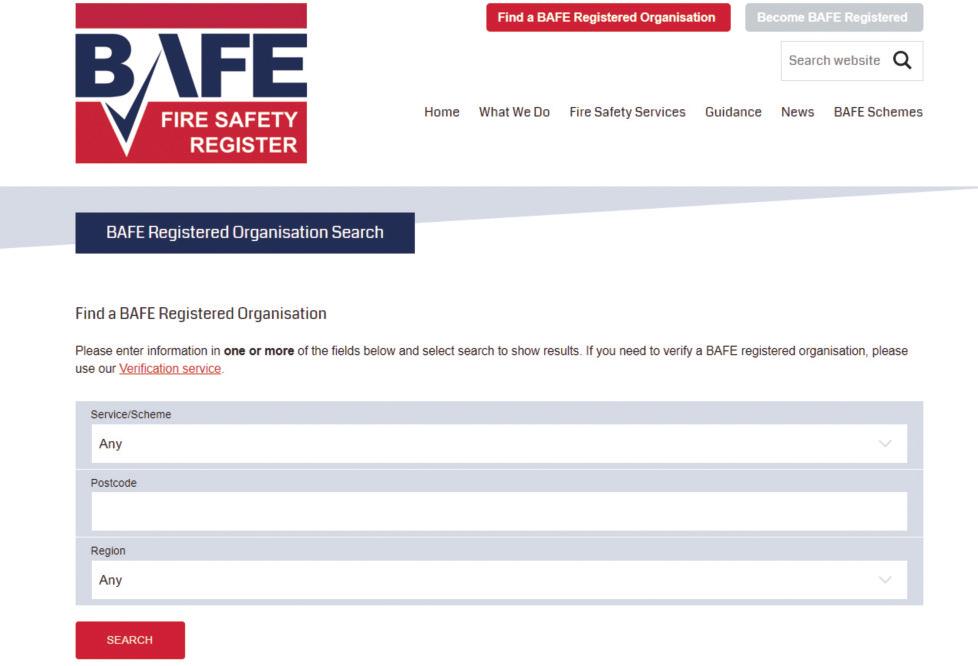
competency for specific systems (fire and life safety) working to appropriate British Standards/Codes of Practice.
Electrical contractors (electricians) will be assessed by their Certification Body against the requirements of BS 7671 and other Scheme related criteria However, the requirements related to performing work on fire and life safety systems such as fire detection and alarm systems (BS 5839-1 or BS 5839-6), emergency lighting (BS 5266-1), and evacuation alert systems (BS 8629) don’t generally form part of these assessments.
As a result, additional assessment and certification is needed to demonstrate the appropriate competency to design, install, commission, verify, and maintain these fire and life safety systems BAFE works with leading UKAS Accredited Certification Bodies to deliver its Schemes and support the industry in meeting these requirements
For example within the electrical contracting industry, NICEIC offers additional certification (BAFE SP203-1) which can be achieved to demonstrate your ability to provide and maintain
commercial/non-domestic fire detection and alarm systems to BS 5839-1
NICEIC notes on its website that: ‘BAFE's SP203-1 scheme objective is to provide a means by which fire protection system users and regulatory authorities can be confident that the companies providing fire alarm systems have processes in place to effectively undertake such activities within their defined scope of work.’
Furthermore, NAPIT offers additional certification (BAFE DS301) which can be achieved to demonstrate your ability to provide and maintain domestic grade D fire detection and alarm systems to BS 5839-6
NAPIT notes on its website that: ‘The BAFE DS301 Scheme recognises the importance of providing compliant fire detection and fire alarm systems in domestic premises while at the same time minimising false alarms.’
There are also additional electrotechnical related specialisms where Third-Party Certification can be achieved, including emergency lighting systems and evacuation alert systems Evacuation alert systems have had a dedicated British Standard (BS 8629) since 2019 which covers their design, installation, commissioning, and maintenance
It’s imperative that all fire and life safety
systems are suitable and are provided by competent contractors who are working to the required British Standards/Codes of Practice These specialist areas of expertise can be evidenced appropriately via Third-Party Certification (awarded by a UKAS Accredited Certification Body that is licensed by BAFE).
The BAFE competency Schemes available for the electrotechnical sector are as follows:
l BAFE SP203-1 (Design, Installation, Commissioning and Maintenance of Fire Detection and Fire Alarm Systems Scheme) is available for audit via multiple UKAS Accredited Certification Bodies.
l BAFE SP203-4 (Design, Installation, Commissioning and Maintenance of Emergency Lighting Systems Scheme) is available for audit via multiple UKAS Accredited Certification Bodies
l BAFE SP207 (Design, Installation, Commissioning and Maintenance of Evacuation Alert Systems Scheme) is available for audit via multiple UKAS Accredited Certification Bodies
l BAFE DS301 (Design, Installation, Commissioning and Maintenance of Grade D Fire Detection and Fire Alarm Systems in Domestic Premises) is available for audit via NAPIT



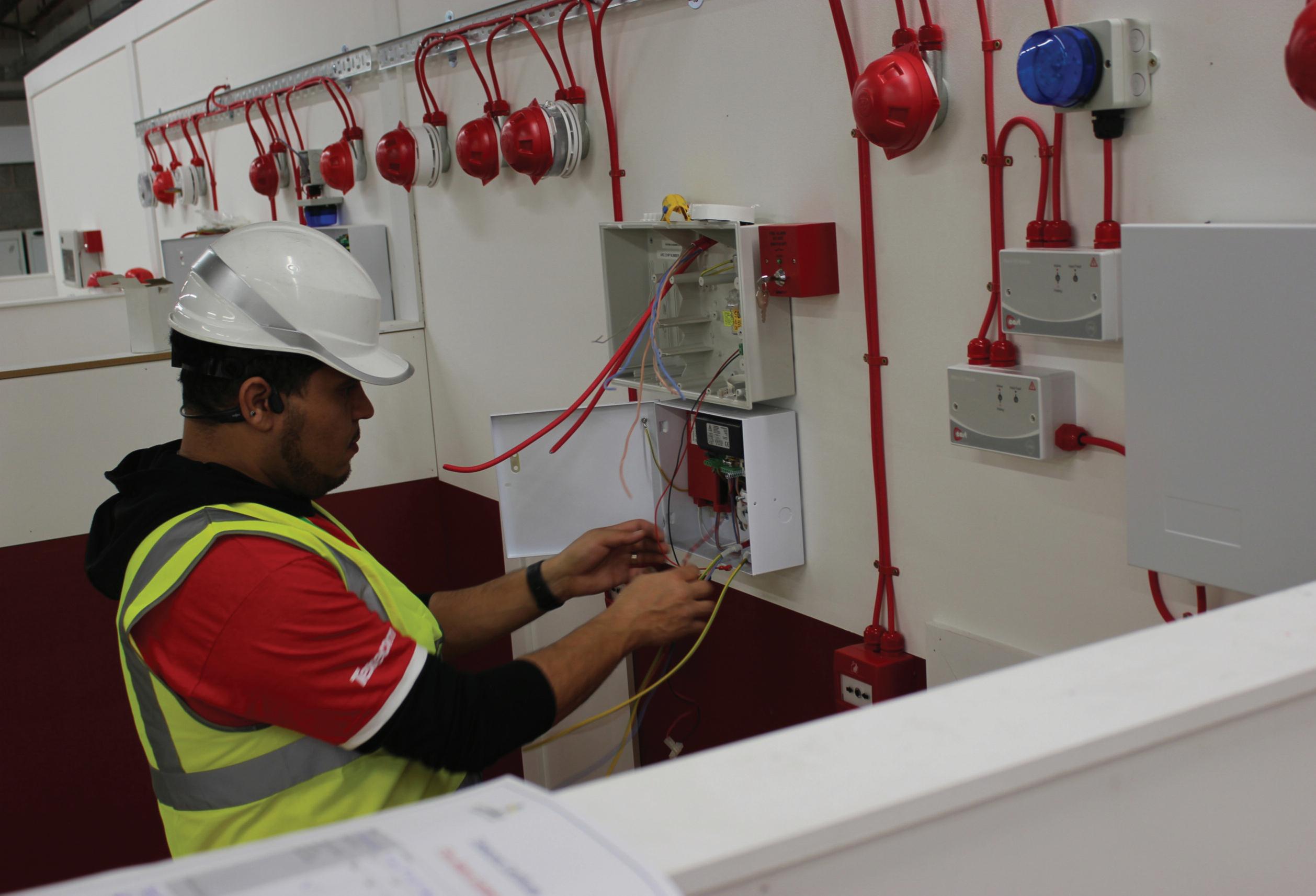
We catch up with C-TEC to find out more about why the brand believes so strongly in nurturing the talent of the future, both inside and outside of the company.
From its Lancashire base, the C-TEC brand not only acts as a British pioneer in the development and manufacture of critical life safety equipment, it also continues to function as a strong source of employment to the local area, including giving many fledgling talents their first taste of the working world
This pipeline of fresh faces ensures that the business continues to evolve and adapt over time, with many caterpillars growing into butterflies who can spread their wings and effectively serve various areas of the company as long-term and loyal employees
C-TEC’s support of apprentices doesn’t just extend to its locality, with the company providing sponsorship and donations of CAST fire alarm systems to a prestigious fire skills competition,
aimed at boosting the number of skilled engineers in the fire industry in response to new regulations tightening fire safety standards in the wake of Grenfell
Designed to recognise new talent, promote engineering apprenticeships and engage the next generation of fire and security installers, the WorldSkills Fire Detection and Alarm Systems Competition builds on the existing Engineers of Tomorrow programme, which C-TEC has also supported It’s backed by BAFE Fire Safety Register,

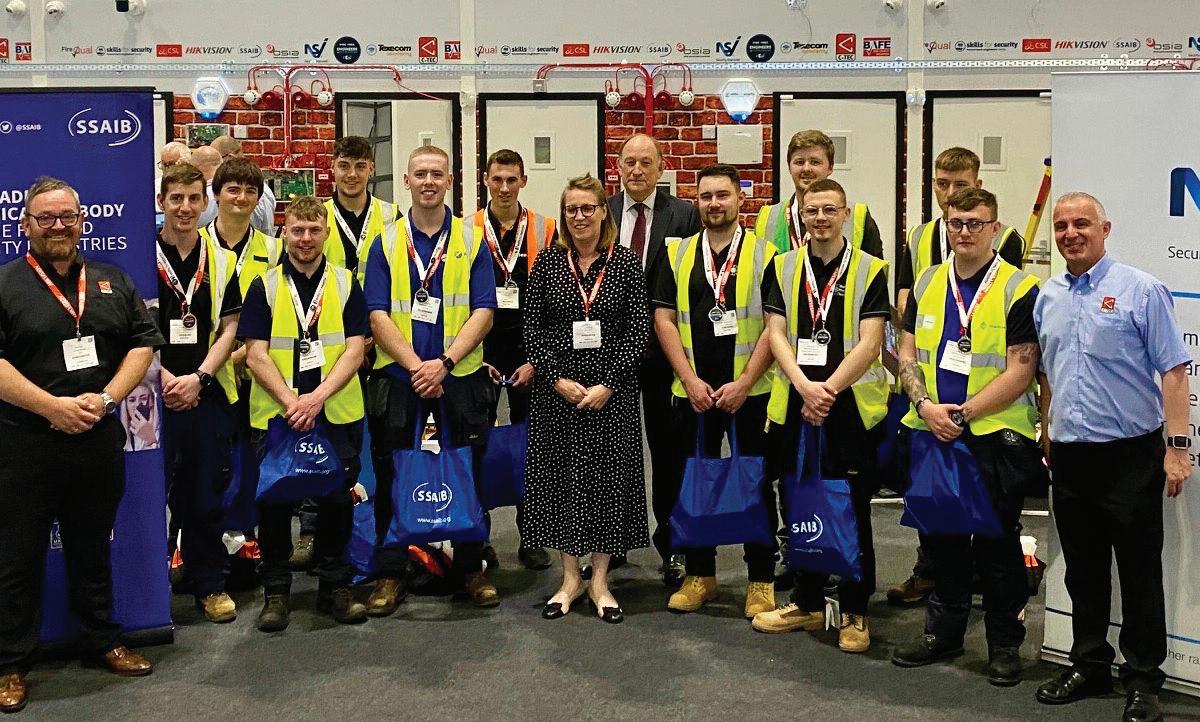
FireQual, the British Security Industry Association and CSL, and is designed to assess an individual’s knowledge, employability and practical skills in a competitive timed environment
Speaking about the sponsorship, Andy Green, C-TEC’s Marketing Manager, said: “As a life-safety systems manufacturer and a provider of BS 5839-1 compliance courses, C-TEC is passionate about improving industry standards and we were delighted to be able to donate eight of our new CAST XFP addressable systems to assist the young people participating in the competition ”
Ben Blackledge, WorldSkills UK’s Deputy CEO, added: “The competition will help boost the number of skilled engineers in the industry as it deals with the fallout from the Grenfell fire tragedy. Taking part in WorldSkills UK competitions can be a life-changing experience Our competition-based programmes offer students and apprentices the opportunity to pit their skills against the best of the best in the UK, and even on the global stage ”
As part of the engagement process, previous finalists have been treated to a visit to C-TEC’s premises where they received a factory tour and CPD session, along with a bite to eat, before heading off to Manchester for an awards ceremony
Internally, C-TEC’s commitment to apprentices shows no signs of slowing down with the current crop impressing and improving in equal measure
Andy Green says: “We’re incredibly proud of our apprentices at C-TEC and will continue to nurture and support individuals through this pathway, so they can make the transition from school to the working world in an environment, and with a structure, that can aid their future growth and career prospects.
“Our current crop – Grace, Owen, Reece and Joe (pictured on the first page) – work really hard and are a great example of the benefits that young individuals can offer to a business Each study Electronic Engineering at Wigan and Leigh College of Engineering, so they’re getting a great grounding at the same time ”
As one of C-TEC’s Engineering

Apprentices, Grace attends college, manages projects and is set to learn about every aspect of the company’s manufacturing operations. She’s also a talented rugby player and currently plays full back for Wigan Warriors Women’s Team
Grace says: “I’ve loved engineering since my first class in Year 8 I’m very practical and like learning about machinery and how components work together. I always knew I would be an engineer and I’m looking forward to building a career at C-TEC
“I love work Everyone’s friendly and encouraging I’m 18, earning my own money and getting qualifications
“As Owen, Reece and Joe started at the same time as me, we tend to hang out together at lunch and breaks and we all go to college on Fridays ”
She adds: “In my spare time I play rugby. I joined Leigh Miners at 11 years old and now play in the first team at Wigan Warriors Women’s Team I’ve just been picked for the England team and also play rugby union for Sale Sharks and Liverpool St Helens ”
Senior Test Engineer, Dom Hart, plays a pivotal role in C-TEC’s manufacturing facility Head of the company’s Test Department, Dom is responsible for ensuring all C-TEC’s equipment is up-to-date and in excellent working order
Dom joined C-TEC in 2017 as an Apprentice Engineer and, since then, has worked in virtually every area of the manufacturing facility, completed a HNC and HND in Electronic Engineering and progressed to Senior Test Engineer He’s also managing the schedules of C-TEC’s new Apprentice Engineers currently
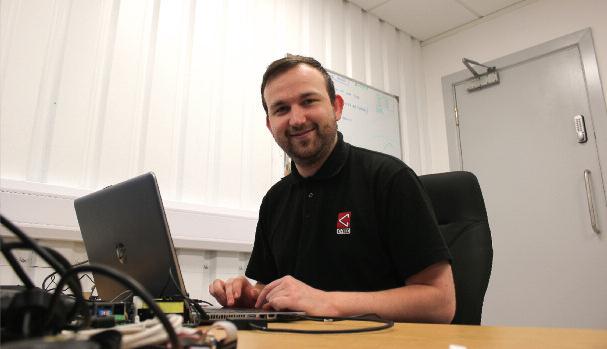
Dom says: “As an engineer, I like making life easier for people by refining processes and introducing new technology It’s great that the company has invested so much in the department recently The new lathe machine has been life-changing for me as I can now design and produce bespoke test equipment in house.
“The people I work with are also fantastic, we make a good team and I feel very lucky to have been able to advance my passion for engineering in such a positive environment Obviously this journey wouldn’t have been possible without my original apprenticeship.”


With a continued growth in the adoption of the latest IP CCTV systems and cameras, Matt Parton, Product Development Manager at ESP, looks at some of the considerations to be taken into account when choosing the most appropriate CCTV camera.
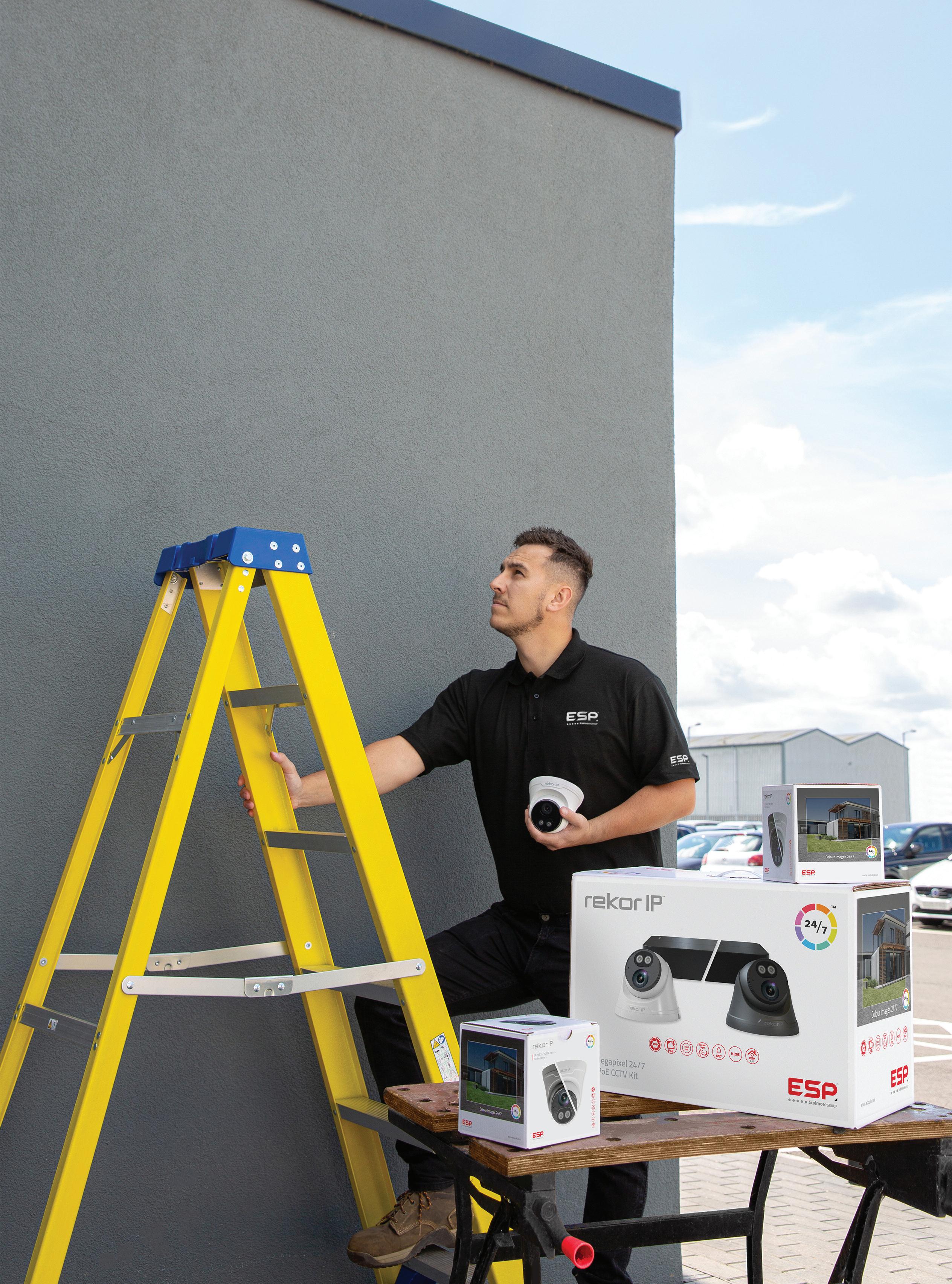
Ecould be up to approximately six million CCTV cameras in the UK, but due to the sheer variety of the types of CCTV cameras and surveillance equipment, it can be very hard to pin down the exact number of devices.
Specifying the right camera is one part of the whole design scheme process that will explore all the requirements for the particular project in mind There are various questions that need to be answered to ascertain the most appropriate CCTV system and cameras to be specified

Will the security cameras be indoors or outside?
While most cameras are suitable for both inside and out, it’s important to consider features such as mounting and housing
Camera housing options include ‘Bullet’ camera, which is an elongated camera on an adjustable bracket, or ‘Dome’ camera which is named for its dome-shaped housing and is more compact in comparison with the Bullet style
For cameras to be mounted externally, check that sufficient ingress protection against water and dust is stated This is usually indicated by the abbreviation ‘IP’, followed by the rating
As a general guide, cameras with the rating IP65 or above are more than suitable for outdoor use In addition, if extremes of temperature are expected, it is advisable to check the camera’s operational temperature on the specification sheet
Do the cameras need to be discreet or act as a visual deterrent?
The location of the cameras and what needs to be monitored will help determine whether obvious or discreet cameras are required
Larger cameras can act as an obvious reminder to people that they’re being monitored Smaller dome cameras are the best choice for discretion In addition, ‘Vandal’ resistant type cameras are developed to withstand higher impact in instances where a camera may be exposed to vandalism.
Camera housings are also available in white or black, and this option can again be taken to either make the camera discreet or more visible or it can simply be a preferred choice on the grounds of aesthetic appeal
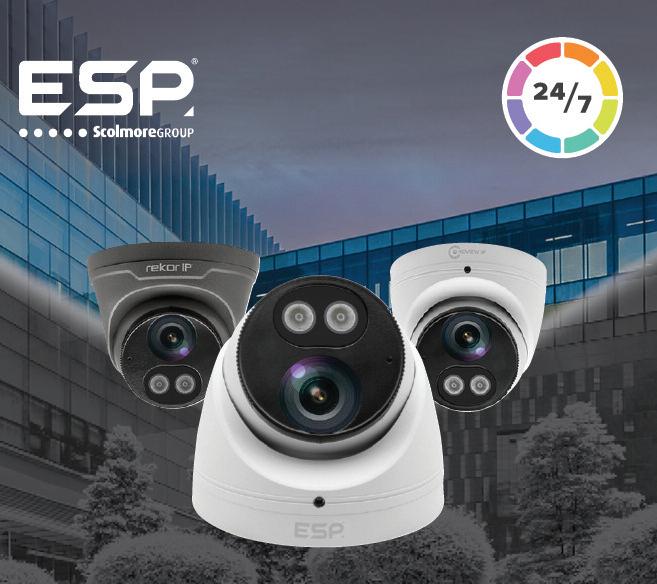
How large is the area to be monitored?
The best type of cameras will depend on the size of the area to be covered and where the camera will be mounted
The lens specification of a camera dictates the field of view that can be achieved and is dependent on the mounting location of the camera and the distance to the target area The lower the range of the camera lens, the wider the field of view will be, and the larger the lens, the narrower the field of view
For example, if a general field of view is required to cover a car park then a wide lens will be suitable, whereas to capture the entrance to the car park from a distance a narrow lens would be preferential, as the target area is reduced Cameras featuring a varifocal lens will enable the field of view to be set like a pair of binoculars
“By providing clients with the full picture... the installer is in a good position to potentially upsell to a higher specification system.”
There are various CCTV lens calculators available online that will assist in choosing the correct specification The calculator will require the distance to the target area and the width that is to be captured. If multiple views are required from a single point, a controllable PTZ (pan, tilt, zoom) camera works best for flexibility
Is audio integration required?
Combining audio into a CCTV system makes it possible for security to hear and speak with possible perpetrators It can also be used as an independent detection method, triggering recordings and alarms when audio passes a certain threshold
How clear does the video quality need to be?
The detail to be covered will determine the resolution required For example, if monitoring potential shoplifting, having a high-quality image will be vital for
identification purposes in the event of prosecution
The camera’s resolution indicates how many megapixels the camera captures in the image The higher the megapixel number, combined with a suitable camera location, the more detail and clarity the camera can capture. The more detail required by the client, the higher the megapixel count of the camera should be
The minimal resolution is generally accepted at 2 megapixel, with 5 and 8 megapixel becoming more commonplace
How will the light levels affect the CCTV recording?
It’s important to place cameras effectively according to lighting conditions, especially with external cameras
Varying amounts of sunlight and limited daylight during the darker months may determine where the cameras are positioned Other factors to consider include background glare from security lighting, sun or light reflection from windows facing the site
For viewing at night time when there is no supplementary light, a camera, just like human vision, cannot see anything. The majority of cameras, therefore, are now equipped with either Infrared LEDs, which will produce a mono image at night time up to a certain distance, or White LEDs which will produce a colour image up to a certain distance
If the cameras can be assisted further with security lighting this will improve the images captured during the night time.
Understanding the requirements
As we’ve demonstrated here, there are a number of factors to consider when specifying a CCTV system and cameras, but most important is the need to fully understand the client’s requirements and expectations
Then, by providing them with the full picture as far as requirements, features and options are concerned, the installer is in a good position to potentially upsell to a higher specification system


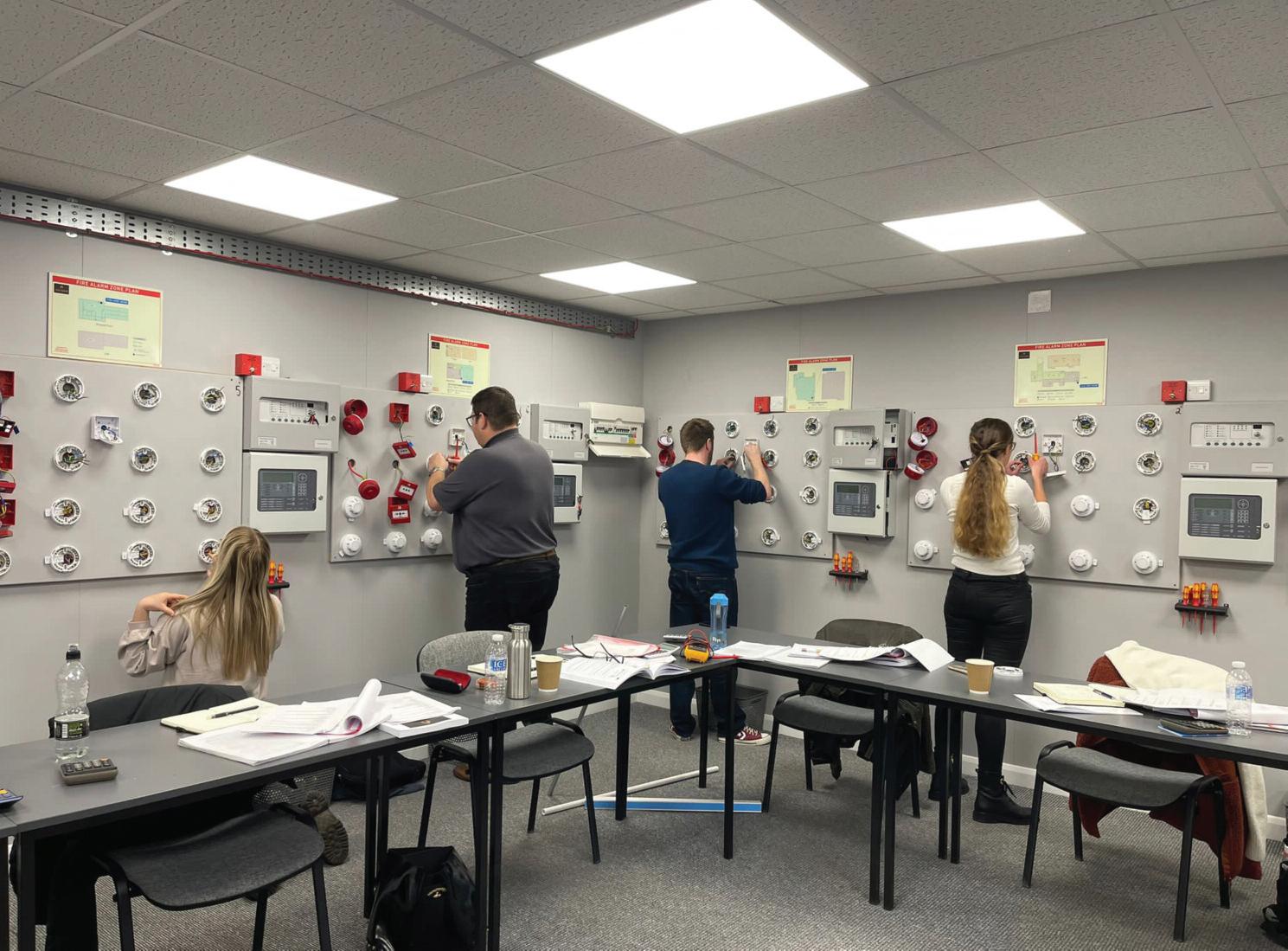
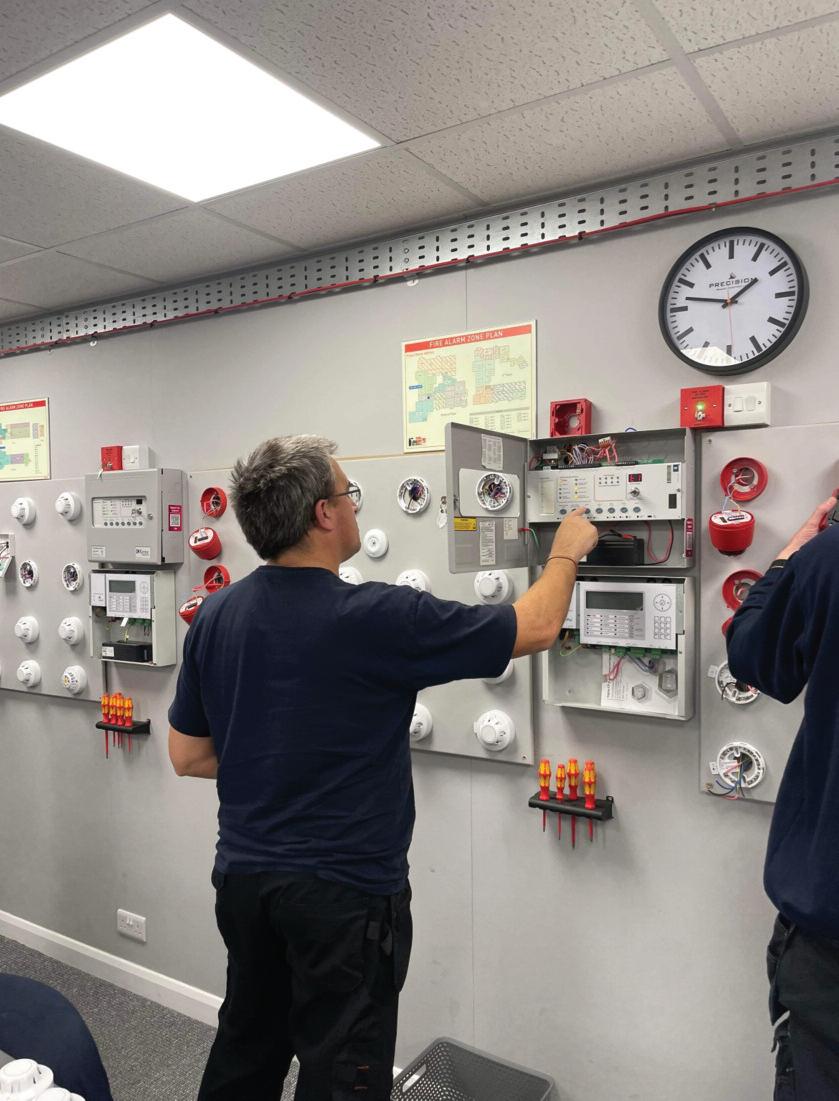
We put the questions to Dr Tom Brookes CEng, to discover more about what drives his burning desire to improve competency and recognition for Fire Alarm Engineers and why the launch of his own training centre has been a benefit for the fire industry in general.
Zzeus Training is headed by Dr. Tom Brookes, who runs a successful award-winning fire protection company and is also the Chairman of the Fire and Security Association, the specialist division of the ECA
A leading figure in the fire alarm industry, sitting on eight British Standard Institute committees, Tom has been involved in writing and updating BS 5839-1 since 2006, giving him a clear understanding of the standard, rather than an interpretation.
Tom has a Ph D with his dissertation, Creation of Pathways for the Professional Recognition of Fire Alarm Engineers in the
UK, gaining maximum credits. He has also recently become the first Chartered Engineer in the UK based solely on fire alarm knowledge and skills
QFor those who might be new to you and your business, tell us a little about your background and the history of Zzeus.
I've been training Fire Alarm Engineers for over 20 years on theory, legislation and at a practical level. In 2019, I decided to set up Zzeus to help Fire Alarm Engineers gain professional recognition by completing hands-on practical fire alarm training
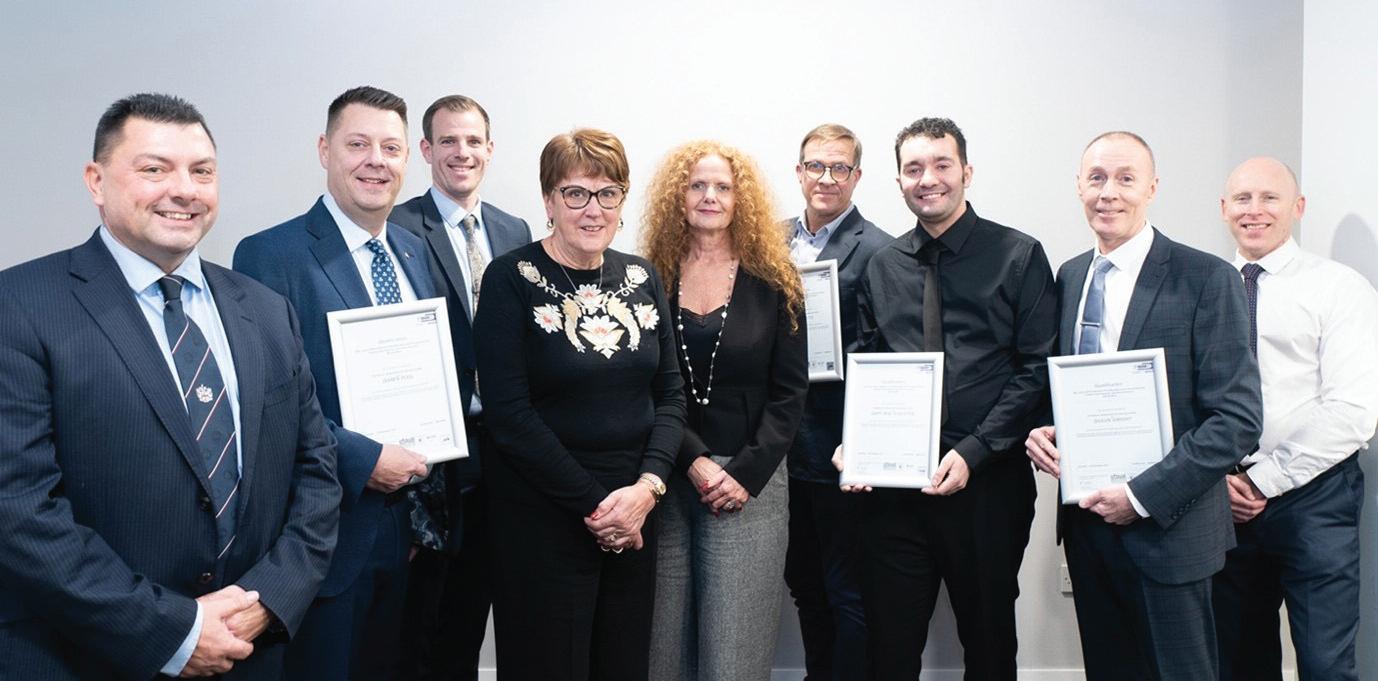
Since we launched, we've trained and given out qualifications to thousands of engineers across the UK. Buddy Squires predominantly runs the training; he holds a master's teaching qualification and is a highly experienced Fire Alarm Engineer That's not something you can get anywhere else in the industry
QIt was recently announced that you've become the first training provider in England to offer the EAL Diploma in Providing Electronic Fire & Security Systems What is the importance of this qualification and why it is such a relevant part of fire safety training?
Updated legislation 'The Building Safety Act October 2023' highlights the requirement for duty holders to ensure that they’re using competent Fire Alarm Engineers
This means that, for the first time, regardless of years in the industry, Fire Alarm Engineers must obtain an industry-recognised qualification and subsequently hold an ECS Fire, Emergency, and Security Systems (FESS) Systems Technician Gold Card or an ECS FESS Systems Operative Card
We're now able to offer fire alarm engineers qualifications for both routes

Fire Alarm Engineers who manage systems and work unsupervised can obtain the Gold Card via our new EAL Level 3 NVQ Diploma in Providing Electronic Fire and Security Systems
Fire Alarm Engineers who operate, install, and maintain systems while supervised can obtain the Operative Card via our EAL Level 3 Award in the Requirements of Fire Detection and Alarm Systems for Buildings BS 5839:-1:2017.
Although the qualification only became a requirement in 2023, this has been our most popular course since we launched
QWhat types of subjects does the new NVQ cover, and what should delegates who undertake the course expect? How long will it take, for example?
The NVQ covers the design, installation, testing, commissioning, maintenance, and auditing of electronic systems To achieve this qualification, learners must attain eight units, which comprise seven mandatory units and at least one of the optional units Units are then assessed and endorsed against the learner's chosen discipline
Learners will be required to create a portfolio of evidence to prove their competence in the workplace and will receive a site visit from one of our experienced auditors
Learners will also need to attend our five-day course in Lincoln – EAL Level 3 Award in the Requirements of Fire Detection and Alarm Systems for Buildings BS 5839:-1:2017, unless they’ve already
done this previously (the NVQ is also discounted in this case). The qualification is gained when all the necessary units for the learner's chosen pathway have been achieved
The course duration depends on how much time the learner can dedicate Engineers can gradually complete it by spending a few hours a week over 5-6 months, but they could also do it in as little as 2-3 months
QIs any training centre able to offer the NVQ, or has Zzeus had to go through a specific process to become the first?
Like school, college, and university qualifications, the awarding body manages the curriculum and certifications – EAL in our case. As a training provider, we had to go through a rigorous and lengthy process to teach the NVQ, and then we needed to design our way of teaching the curriculum That's why we're still the only company in England to provide it As experts in the field, we work closely alongside EAL on the modules and content of the qualification
QHave any delegates undertaken the course so far, and if so, what type of feedback did you receive? Have you had much interest since it was announced? Since we announced the launch of the NVQ in January, we've had a massive influx of bookings from companies that need their engineers to have Gold Cards
Daren Pool, MD of Triple Star Fire & Security, was among the first engineers to achieve the NVQ. He said: “This qualification has allowed me to upgrade my ECS Operative Card to a FESS Systems Gold Card and my Managerial Card to Fire Technical Manager, and is proof that hard work pays off !
“I’m incredibly grateful for the support and guidance from the exceptional team at Zzeus, particularly Tom Brookes, Buddy Squires and Ashleigh Barnes, who were

instrumental in helping me navigate the journey Their expertise, mentorship, and encouragement have proved invaluable ”
QYou've reported recently that Zzeus received a visit and recommendation from Dame Judith Hackitt. What was the experience like, and what do Dame Judith's comments mean for you personally and professionally?
Because of my belief in improving fire alarm sector competency, I was delighted when Dame Judith Hackitt wanted to present the NVQ certificates to the first group of experienced workers The pride I took when she described Zzeus Training as a ‘pioneer’ in fire systems training will stay with me forever as testament to us striving to do the right thing
QWhy should readers potentially utilise Zzeus if they're in the market for specialised fire training?
Our company was established out of a passion for helping other Fire Alarm Engineers to gain official certification All of our courses include hands-on practical training and are Ofqual-approved Our instructors are BSI committee members (they write the standards for fire alarms), plus we've won four national awards for our training ECA, FSA, ECS, NSI, SSILB, and BFC also approve us

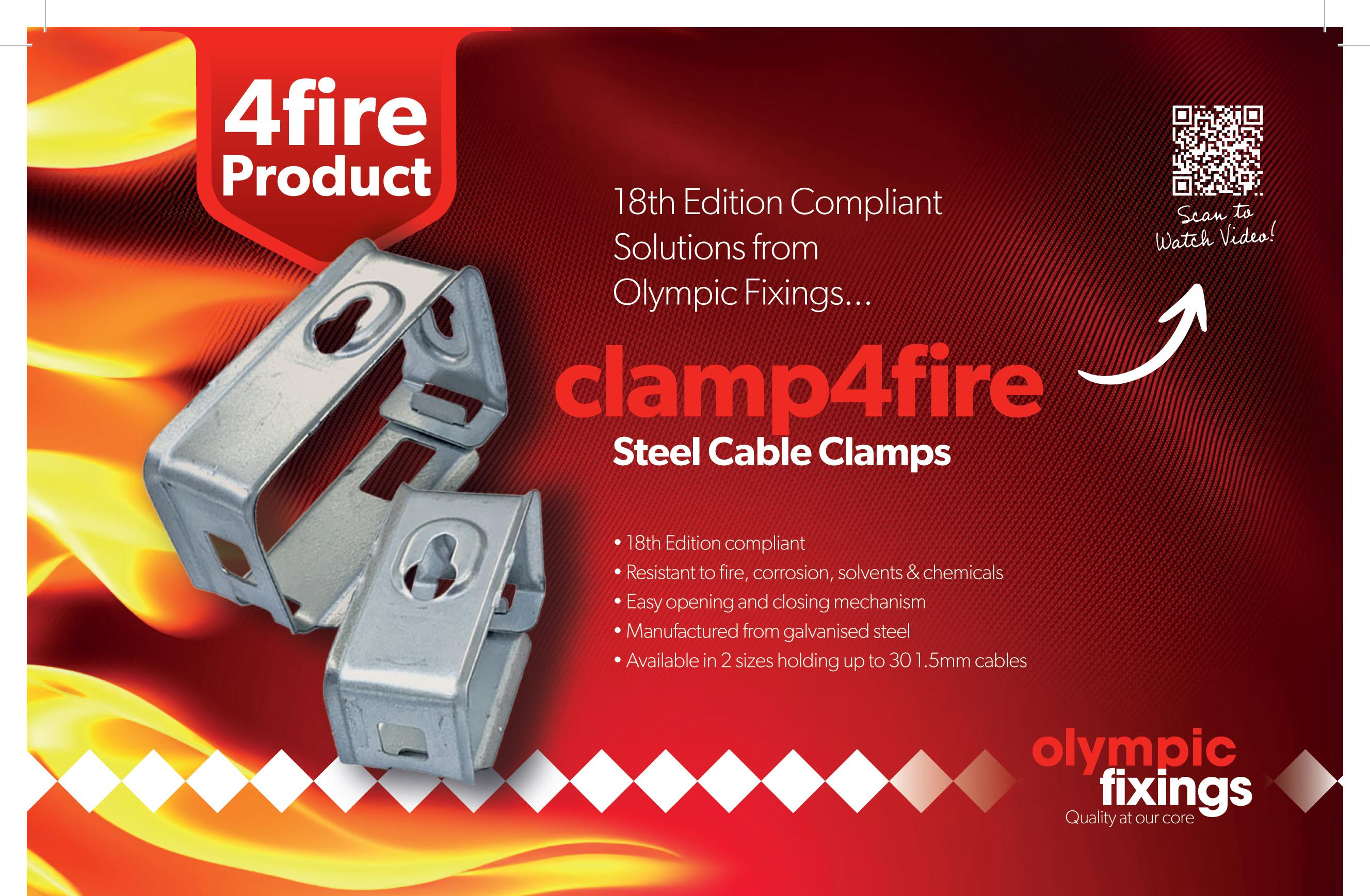
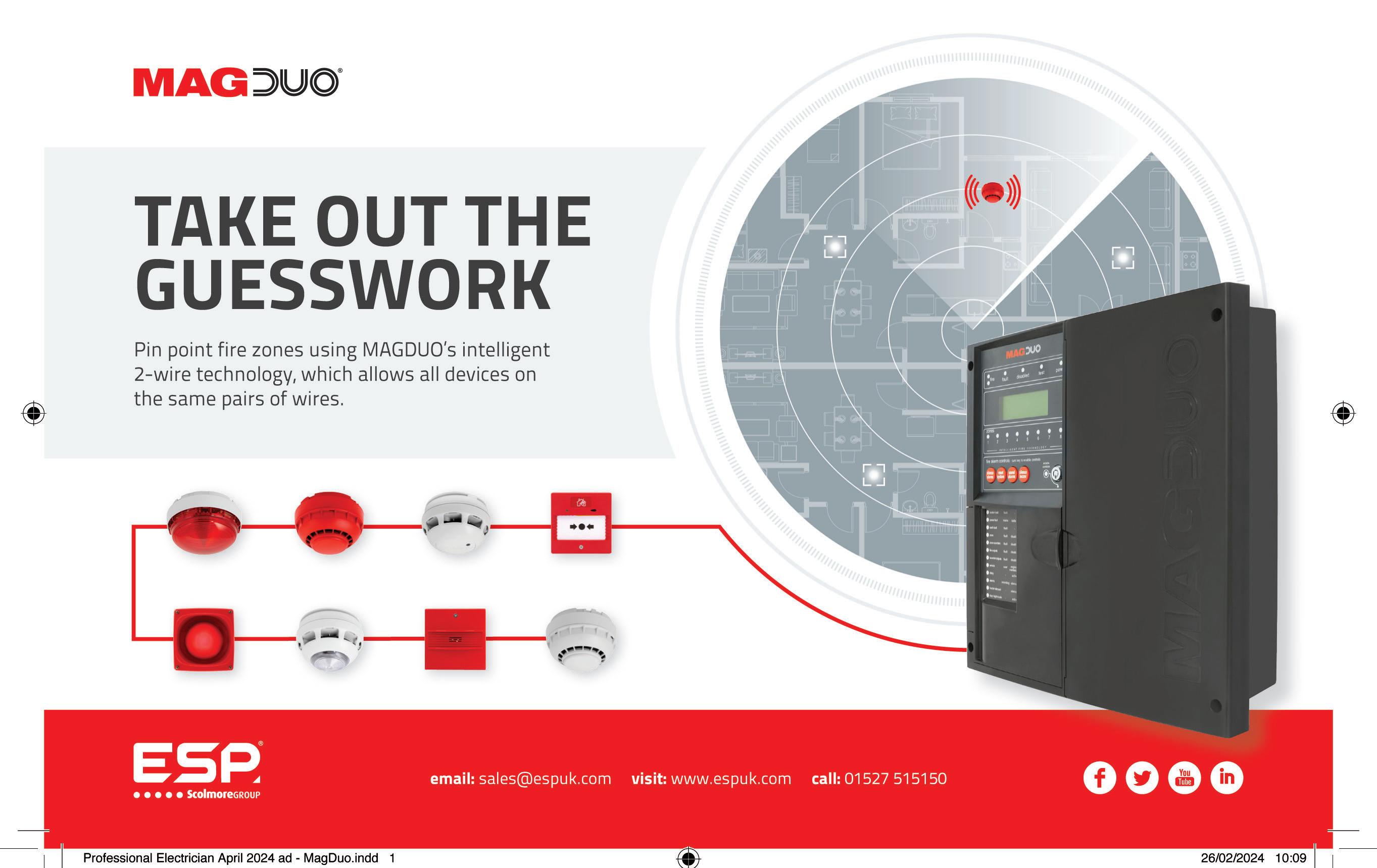


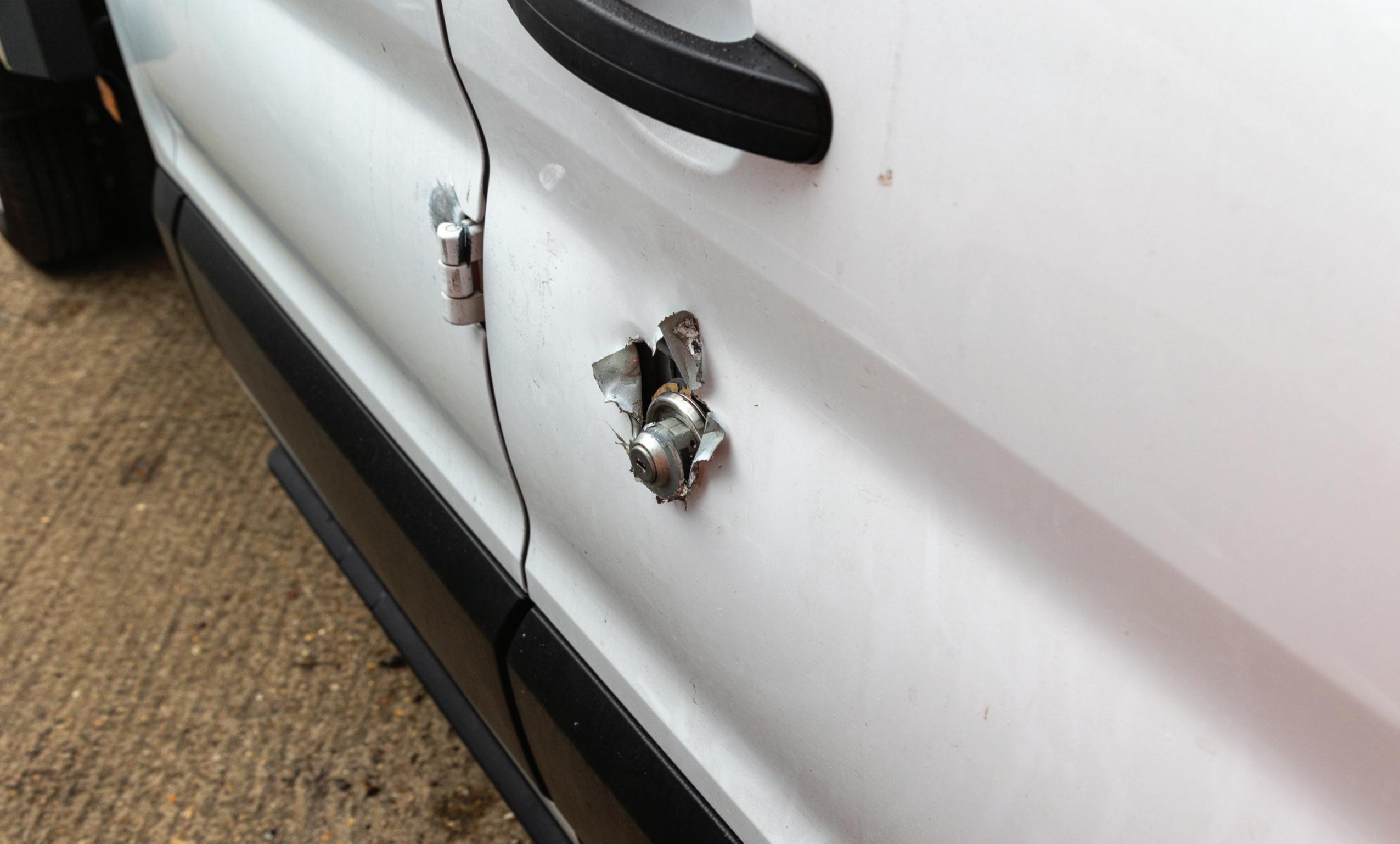



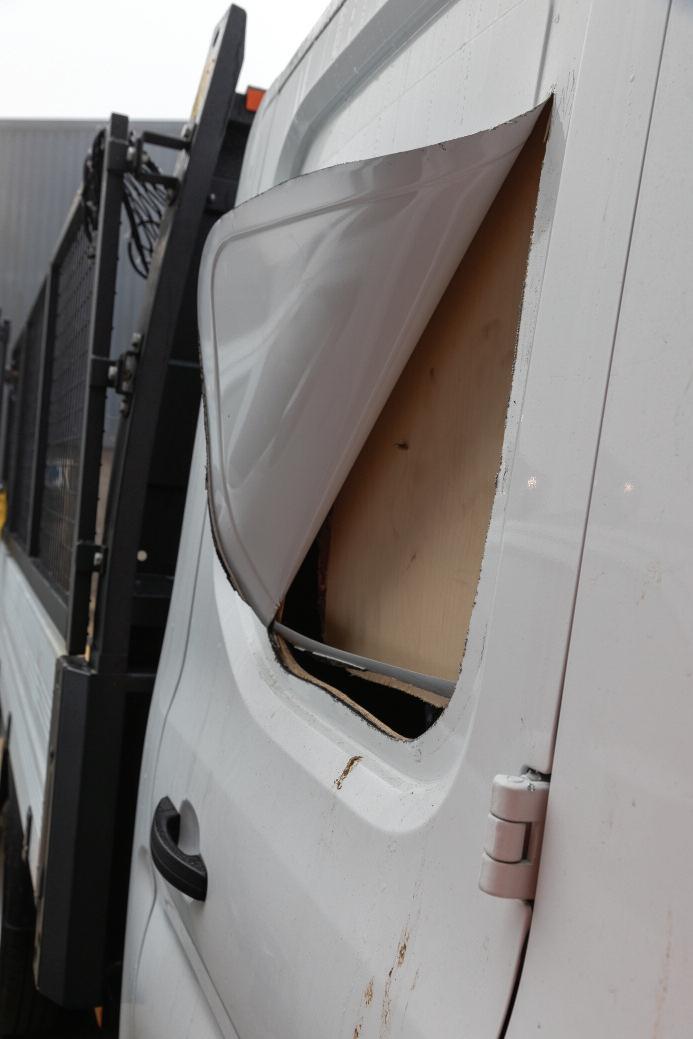
With tool theft still at record breaking levels, the team at ARMD reveals exactly how thieves are breaking into trade vehicles and how you can counteract this.
UK businesses reported £3 5 billion worth of stolen equipment last year and more than a third of van drivers fell victim to thefts, according to a report by Volkswagen Commercial Vehicles
The manufacturer found that almost 50% of van drivers keep more than £2,150 worth of tools in their vans overnight This means that UK tradespeople are risking up to £5 billion in lost equipment
St e v e H
g t h e s e m e t h o d s i s c r u c i a l f o r t r a d e s p e o p l e t o s a f e g u a r d t h e i r t o o l s a n d l i v e l i h o o d ”
He continues: “Given these varied and sophisticated methods of theft, it’s clear why some traditional van alarms might not be sufficient. Vehicle alarm sirens are often ignored by both passer-by and the thieves themselves
“They’re also usually only triggered if the thief breaks into the cab, when the vast majority of the time the tools are in the back of the van
“In contrast, a system like ARMD Guard employs advanced technology to detect unusual activities or movements in the
back of the van, potentially alerting the owner before the theft occurs.
“If they manage to unplug the device it triggers a phone call to the owner and if they try and take the whole van it’s built-in GPS tracks it ”
To show the scale of the problem, ARMD has identified how thieves are gaining entry to commercial vehicles and their precious contents:
1. Peel ’n’ steal
Using sheer brute-force, thieves physically peel back the side doors of the van. This technique involves applying force to the door or window to bend or break it open
It's a quick method that can also be surprisingly quiet, making it less likely to attract attention
2. Keyless entry hacks
The advent of keyless entry systems was seen as a step forward in vehicle security. But thieves have found ways to exploit these systems using electronic devices These devices can intercept the signal from the key fob and replicate it to unlock the van without any physical key
This method is particularly concerning because it leaves no signs of forced entry, making it difficult for victims to prove the theft to insurance companies
Another common method is the manipulation or breaking of the van's locks. Thieves may use various tools to pick locks or many resort to drilling them out
Thieves may also simply break the van’s windows to gain access This method is noisy and conspicuous, so it's often used as a last resort or in areas where the thief feels confident they won't be disturbed
In some cases thieves might cut through the van’s body to access the cargo area, using tools like saws or angle grinders
The ARMD GUARD Smart Van Alarm is a plug-and-play sensor that is easy to install and, in the event of a break-in, the alarm immediately notifies the owner via a phone call, allowing them to take immediate action by contacting the police.
It also incorporates GPS tracking, so if the van does get stolen it can help the owner locate and recover the vehicle

With a full selection of fire safety products on offer from Olympic Fixings, we take a look at one of the leading lights from the range.
Designed to assist with compliance with the latest Fire Regulations BS 7671:2018 amendment 3 and the 18th Edition regs, clamp4fire is a one-piece sheet steel cable bracket which features a special locking technology on the front
The weight of the inserted cables and lines secures the closure against unintentional opening, while the product provides flexibility through the use mounting brackets which can be mounted under the ceiling or on the wall Olympic Fixings also has a dedicated fire fixing, which compliments the clip perfectly fix4fire is a well-thought-out 6 mm screw with a corkscrew style thread which allows it to be fired straight into a 5 5 mm hole in concrete, plasterboard and wood with no need for a plug, providing a rock solid fixing for the containment system.
Let’s take a look at five great features on offer from the clamp4fire:
1. With two sizes on offer, the product features an all-in-one galvanised steel body and is designed to be opened effortlessly, thanks to the easy opening and closing mechanism
2. It has a pressed hinge which can be manipulated to stay in any position, making it easy to hook cables on while you’re wiring It then clips back into place nice and simply
3. It has two fixing points – one on the side and one on the top – for vertical and horizontal mounting It also takes a
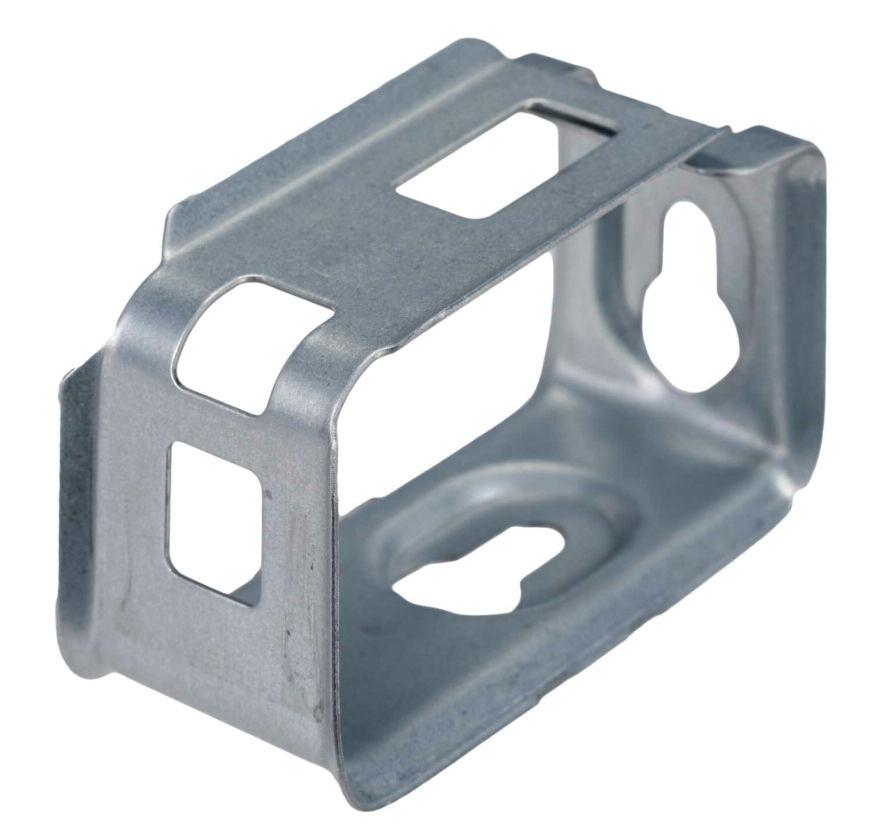



standard 6 mm screw
4. The clip itself is not only fire resistant, meeting 18th Edition regs, but also corrosion, chemical and solvent resistant – an extremely robust product.
5 The edges are bevelled, so that when you’re pulling cables through nothing’s going to get damaged or sheared It’s also designed to be re-used and re-entered, so even when the product is fixed up in the ceiling full of cables, you can simply pop it open and get a few more circuits in there
SEE THE PRODUCT IN ACTION!
In the latest video to land on the PE YouTube channel, Mike Page (aka Residual Current) puts the clamp4fire to the test in a number of different scenarios, including some loft cables that are in drastic need of a tidy up Will it pass with flying colours?


In addition to the clamp4fire, Olympic Fixings offers a full portfolio of 18th Edition compliant fire safety products:
l fix4fire steel concrete screw
l clip4fire steel cable clip
l mini trunking steel cable clip
l steel cable ties
l steel wall plugs
l steel spacer bar

CLAMP4FIRE AND THE FULL OLYMPIC FIXINGS FIRE SAFETY RANGE BY VISITING: WWW.RDR.LINK/EBB024



BS 5839-1 clause 18 states that Visual Alarm Devices (VADs) should be provided for those who are deaf and hard of hearing, and that these should comply with clause 17
LPCB CoP-0001 goes into further detail and clause 4 5 2 states VADs should typically be installed in bedrooms, sanitary accommodation and certain areas where people are likely to be alone, as well as areas of high ambient noise etc
It is, therefore, a huge cause of frustration when I witness the many occasions where these Codes of Practice aren’t complied with
An example case
I suppose I probably need to get a life, but I’ll assume I’m like most engineers in that I never switch off, and whenever I go anywhere, I find myself instantly observing lighting, emergency exit signage, fire alarm systems etc
I recently stayed away for a night in ‘The Lakes’, in a suite where the building was remote from the main building and reception area I immediately noticed that no VAD was installed in the very large
bathroom. In my opinion, they should be in every hotel room and bathroom, not just a small percentage of them
What happens when all UA rooms are full? And why should it be relied upon that those with hearing impairments will make this known via a booking form? In the situation/example that I’ve described, the question was definitely not asked when I made the booking
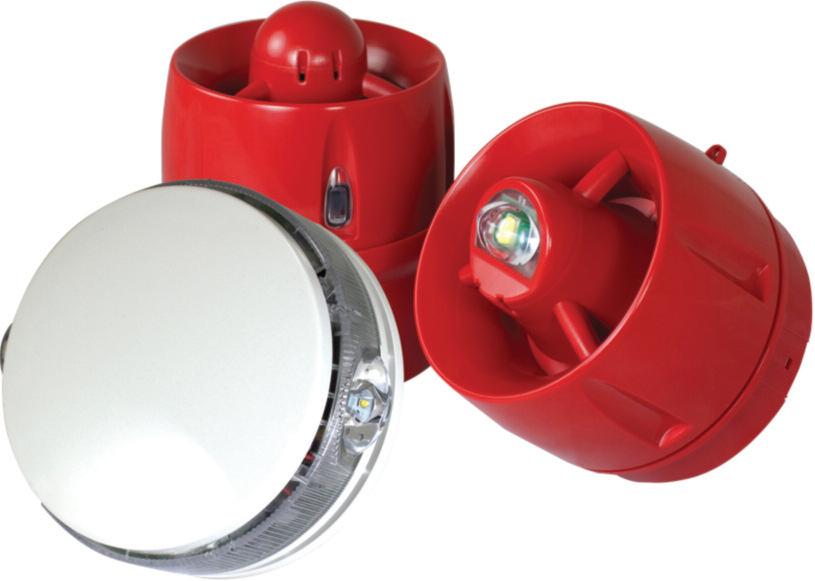
Does it take someone with a hearing impairment to be in this room alone – in the shower, with the bathroom door closed – to be unaware of a fire alarm activation and for the worst to happen for an establishment to fully comply?
The same goes for motorway services, gym showers, etc. – so often I see there’s not enough VADs installed, and where there is, they’re almost always incorrectly sited This deviates from the LPCB CoP-0001, Section 4 6 9 (Selection, Siting and Spacings), Subsection 4 6 9 1, subparagraph E, which's states:
‘Wherever possible, VADs should be sited such that all occupants of the room
can have a clear line of sight of the device Where, due to the specific usage of the space or fixed obstructions within it, direct line of sight cannot be achieved, the selection and siting of VADs should be such that the required level of illumination is provided on appropriate adjacent surfaces, taking into account the reflectivity of such surfaces’
A single VAD in a changing room, shower area or multi-cubicle toilet is evidently not enough, and the required illumination will not be achieved It's also likely that even one additional VAD over the row of cubicles is not enough, given it would be out of the line of sight of a
number of cubicles down and would probably not achieve the required illumination level in these cubicles.
The coverage area defined, depending on the category of VAD (W, C or Open) would be compromised by the cubicles and the 0 4 lux would likely not be achieved unless one was placed over every third cubicle (at least) so they’re at least always in the line of sight
Section 4 6 7 of CoP-0001 (FIELD OF VIEW) requires designers to take into account any partitions or obstructions.
This states that BS EN 54-23 requires the manufacturer to declare the coverage volume (volume where the required intensity is achieved) of the VAD Consideration should be given, however, to the presence of any obstructions, such as partitions or furniture that could affect the actual VAD coverage
This section also states:
‘At any position within a space where a VAD is required, any individual should be able to view its light directly or reflected from adjacent surfaces ’
Often the fire alarm designer will not be able to confirm that any reflected light will be able to be viewed either from one VAD in a large area, as more often than not, lighting levels, cubical heights, and colour of surfaces will not be known at the time It isn’t acceptable to assume the best case scenario for all of these factors, instead the worst case must be assumed, and the design completed on this basis
Of course, I appreciate that the cost implications and the high number of loops or panels required in some premises to achieve this would make it seem like overkill and not feasible But, ultimately the question comes down to what’s most
important, or do we simply have to wait for a tragedy to occur first?
In conclusion, sources make it clear, that to avoid discriminating against disabled people, BS EN 54-23 compliant VADs MUST be installed in all sanitary accommodation (not just WCs) and all hotel bedrooms, student accommodation and similar properties, so why do we never see this?
I believe every bathroom (and bedroom) should have a VAD installed, and at the very least, every shower and toilet space should have at least one provided over the cubicles Even if one VAD was used over a row of, let’s say, ten cubicles, it may not technically be enough but it’s better than just providing one in the open area of a public toilet/shower


Cables that are supplying safety circuits need to satisfy the requirements of the Construction Products Regulations (CPR) and, as such, must have a fire resistance rating in accordance with regulations for building elements However, an often-overlooked component within a safety circuit is the junction box
It's crucial to recognise the potential consequences of overlooking the correct specification of junction boxes, especially when using fire-rated cables Fire incidents are indiscriminate, and maintaining system integrity requires junction boxes to match the rating of the cables used. Failure to do so can have significant financial and reputational implications
The industry’s traditional approach Traditionally, the industry has relied on galvanised boxes fitted with ceramic terminals, normally assembled by electricians on-site
This approach often proves time-consuming, requiring the painstaking sourcing and assembly of individual components, often leaving a product untested and without compliance certification and potentially compromising installation safety and regulatory compliance
To support this need, Hensel offers a comprehensive range of products that are
In the ever-evolving landscape of electrical installations, safety, functionality, efficiency and adherence to regulations are paramount considerations for any electrician. Here, the team
at Hensel looks at the potential consequences of overlooking the correct specification of junction boxes.
tested and approved to maintain circuit integrity and provide both system designer and installer with the peace of mind that in the event of fire a critical circuit shall operate as intended.
The Hensel FK range is engineered to provide advanced fire protection and insulation integrity – crucial attributes for safeguarding circuits during fire incidents
Tested for intrinsic fire resistance E30 up to E90 and insulation integrity PH120 in accordance with BE EN 50200, in combination with insulation retaining cables and glow wire test in accordance with IEC 60695-2-11: 960°C, the FK range of junction boxes ensure a secure enclosure for electrical terminations.
In addition, Hensel enclosures are also IP65/IP66 rated, ensuring suitability for indoor or outdoor applications, aiding procurement as one standard range can be used throughout a typical commercial
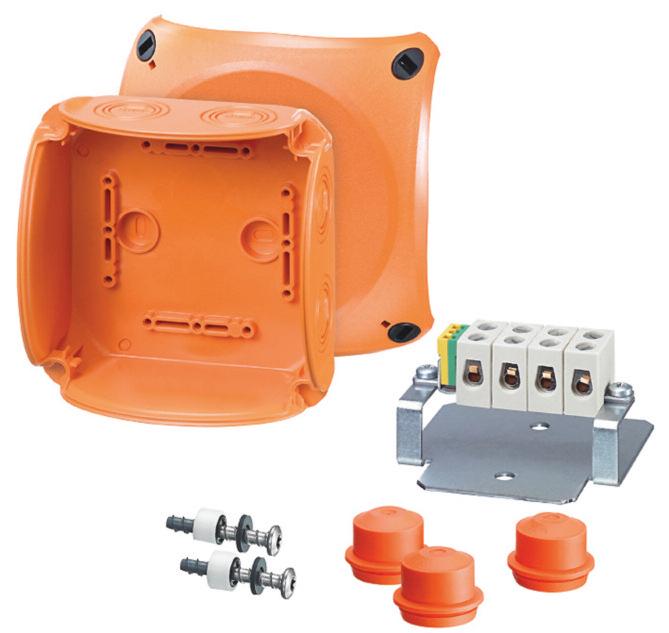
Ease of use and installation convenience is always at the forefront of Hensel’s thinking when designing products. With this in mind the FK range features screw anchors, ceramic connecting terminals resistant to high temperatures, as well as multi-level knockouts for cable glands
The benefits to electricians
Electricians benefit from flexibility and effectiveness during installation, further facilitated by the quick quarter-turn closure mechanism, providing a secure seal with visible indication that the enclosure lid is locked in position.
By choosing Hensel FK fire rated junction boxes, system designers and electrical professionals can prove compliance to standards, while also saving installation time The FK range streamlines the installation process by providing all necessary components in one package
Moreover, the reliability of the range extends beyond compliance and efficiency With thorough certifications and rigorous testing, these junction boxes offer assurance of performance and reliability for critical electrical installations



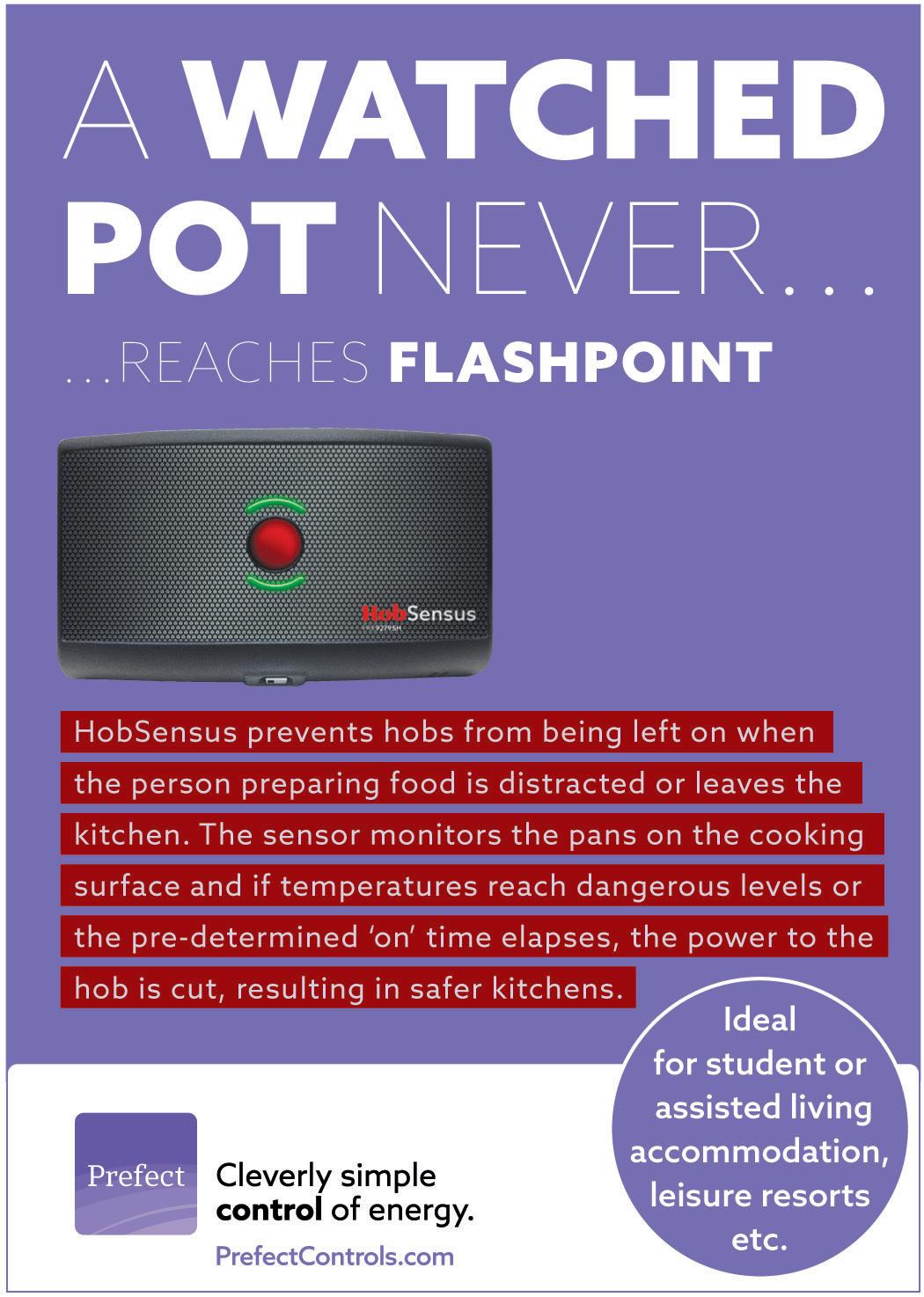
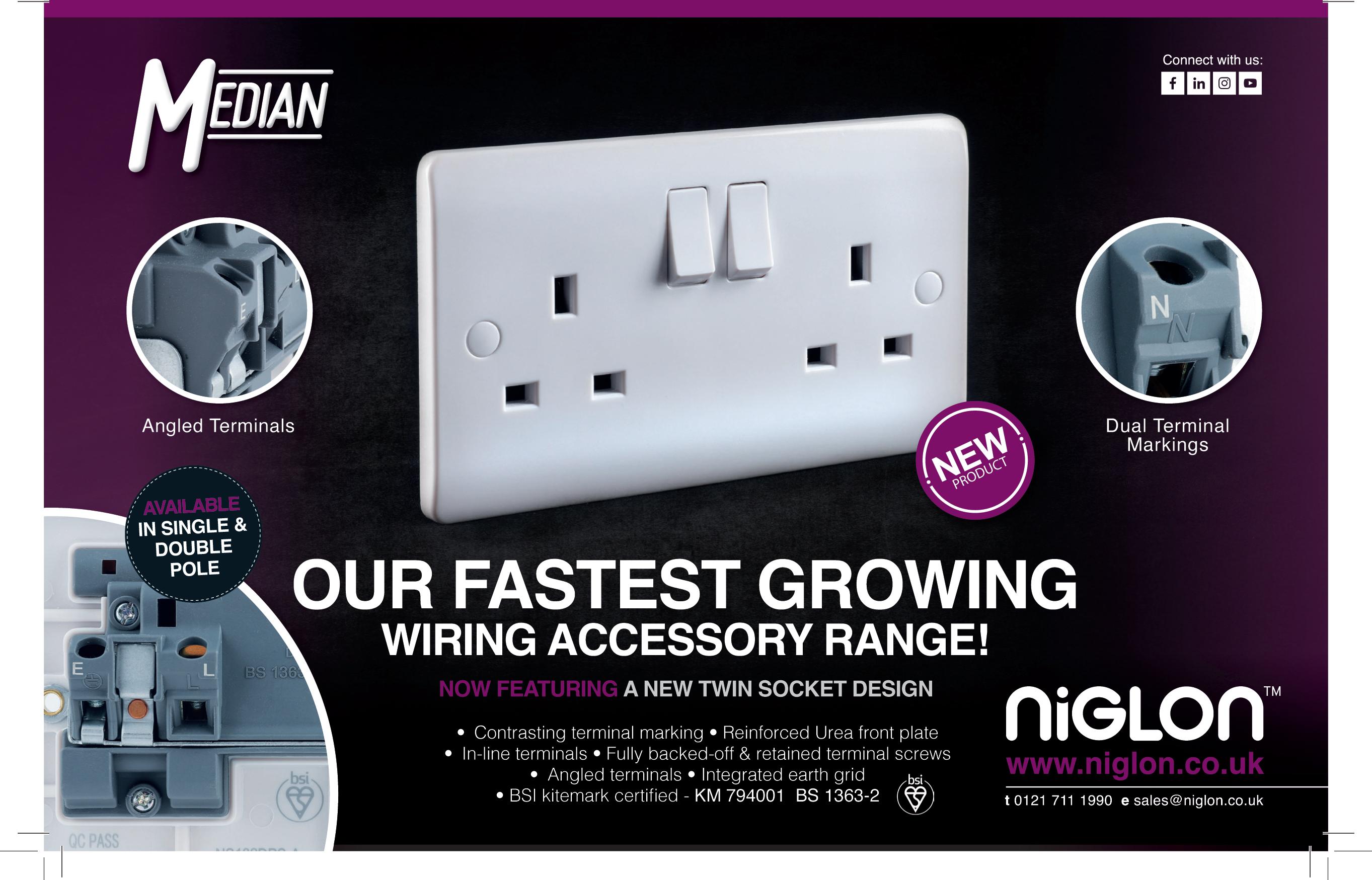

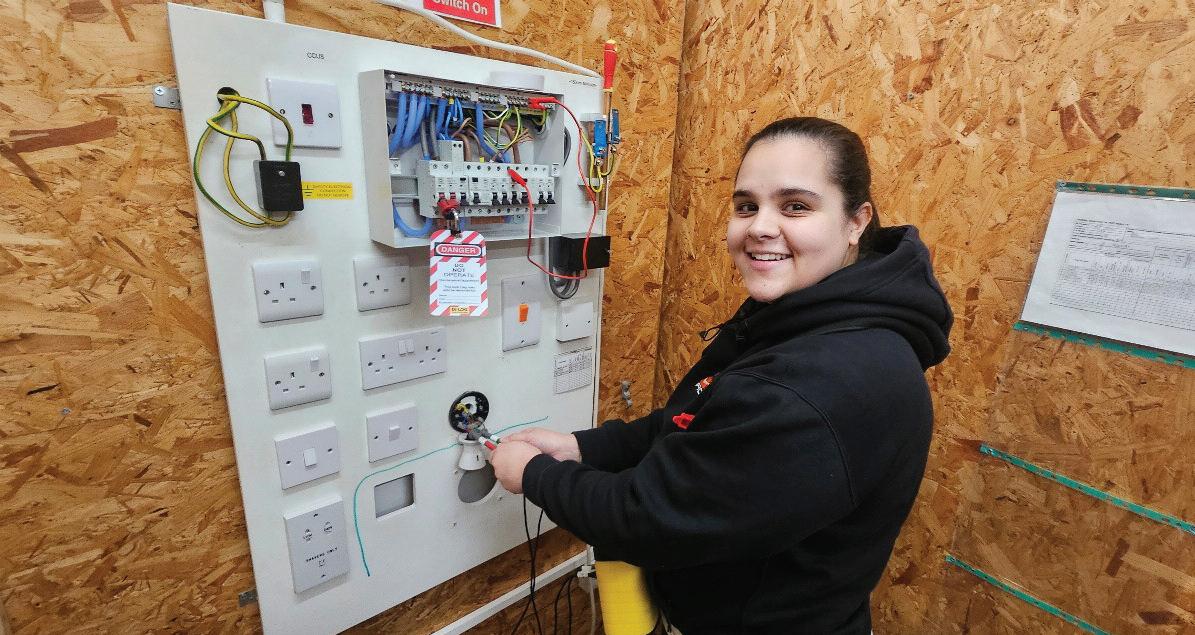
Pete ‘Monty’ Monfort, Director at Arena Training Centre and Monty Electrics, reviews the Super Rod R1 R2 Link (SRR1R2).
Some of the best inventions are the simple, and the R1 R2 Link (invente electrician and lecturer, Wayne Dra most definitely falls into this catego nutshell, it’s designed for the electr inspector and allows for a speedy connect be made between the line conductor of a and its associated circuit protective condu permitting the measurement of the R1+R2
It comes in a pack of two which include 750 mm PZ2, suitable for most devices, an 750 mm PZ1 for RCBOs with deep termina
One end of the lead features a crocodile cl attach to the earth bar and the other end ha high strength magnetic pozidrive bit which connects firmly into the screw of the MCB/R eliminating the need to remove the line conductor I can vouch for the fact that this really does save time when used on a big board
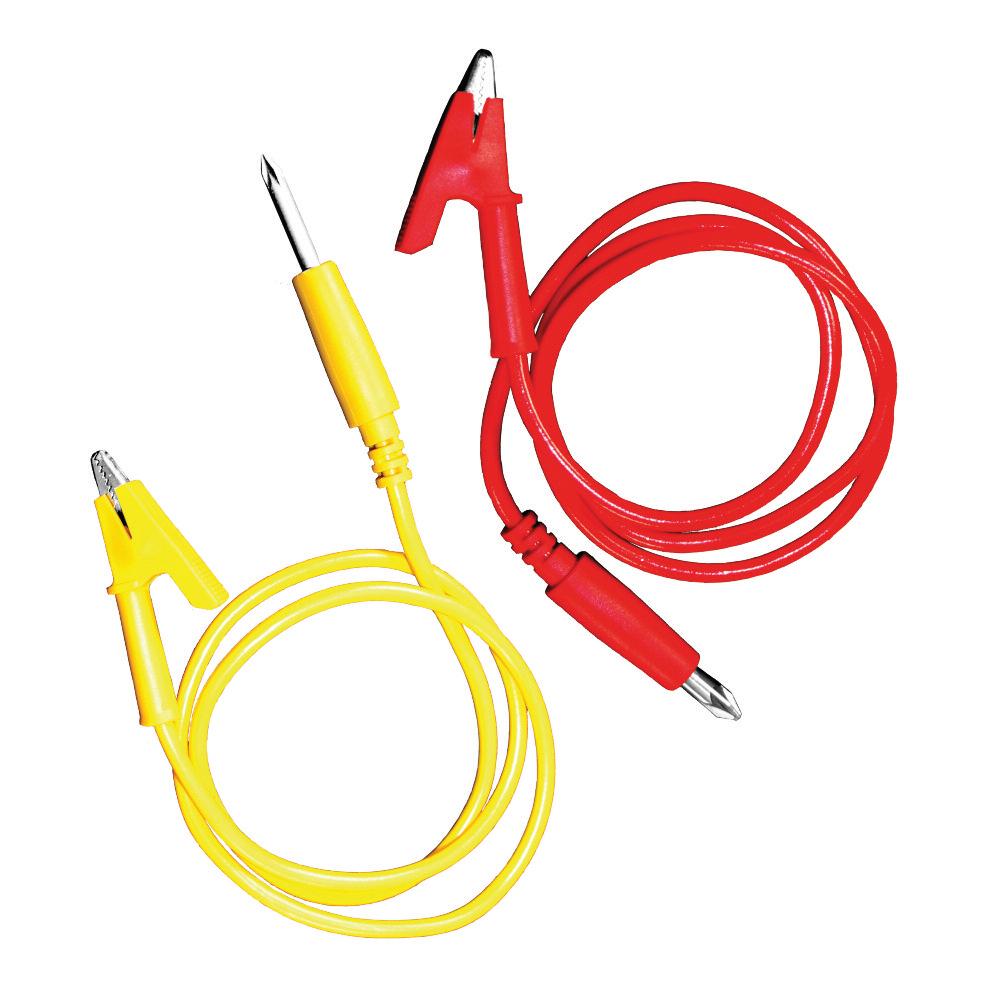
In the workshop we tested the strength of the magnet and confirmed it was able to hold its own weight securely. I was also curious to see if the magnet introduced any contact resistance and carried out some continuity tests with an ohmmeter, proving that it worked as well as a screwed connection and did not add any extra resistance
In the training centre it reduced wear and tear on the screw terminals, which unlike many real-life scenarios where screws are torqued and then left alone for a period, ours undergo numerous cycles


The trainees and staff really liked the lead set and two of the staff who are still ‘on the tools’ have already purchased a set for their own tool bags
The Super Rod range is full of time saving and useful tools so it’s no surprise that this has been added to the portfolio It’s an absolute winner of a product that offers a great solution to a common problem at a very reasonable price point


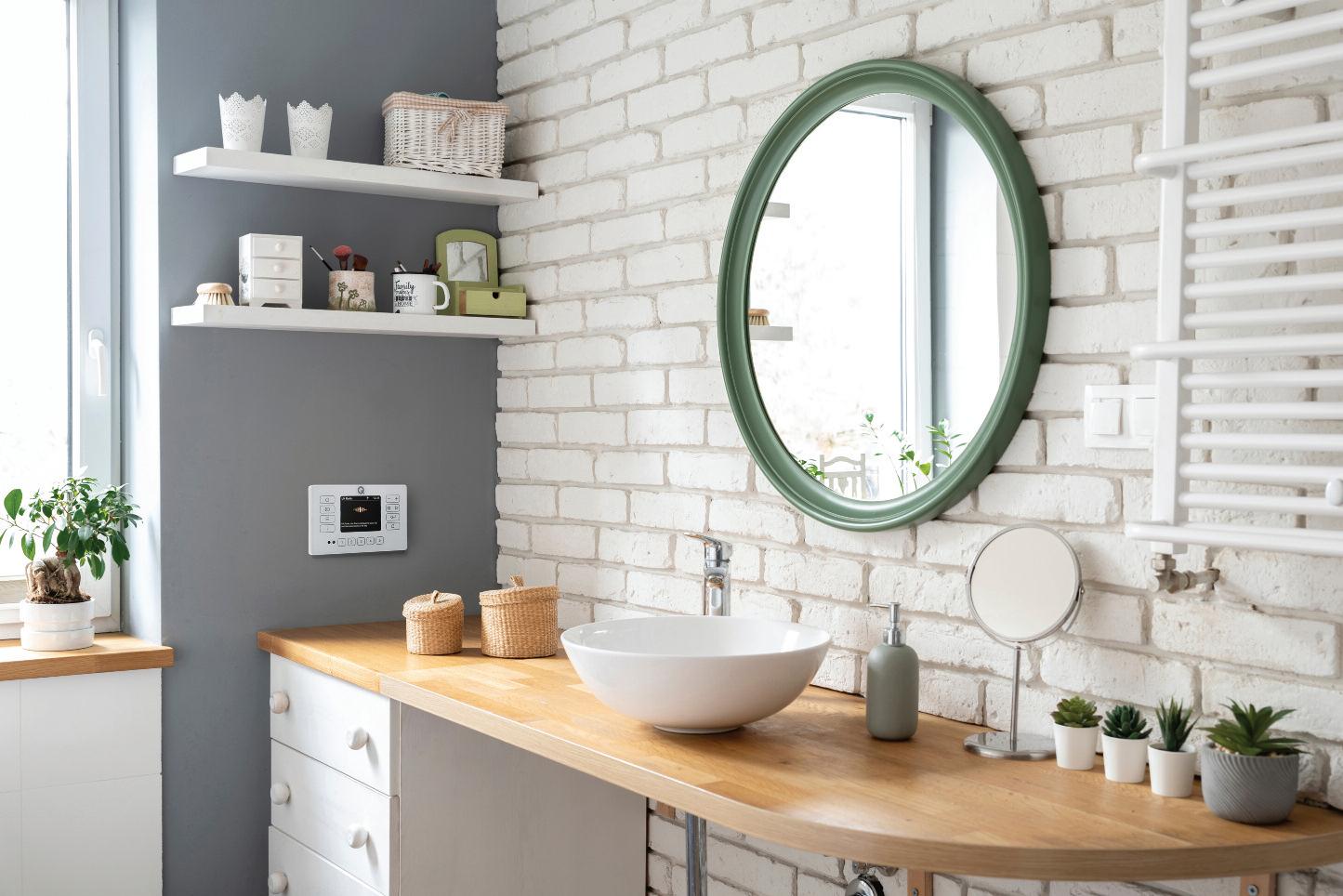
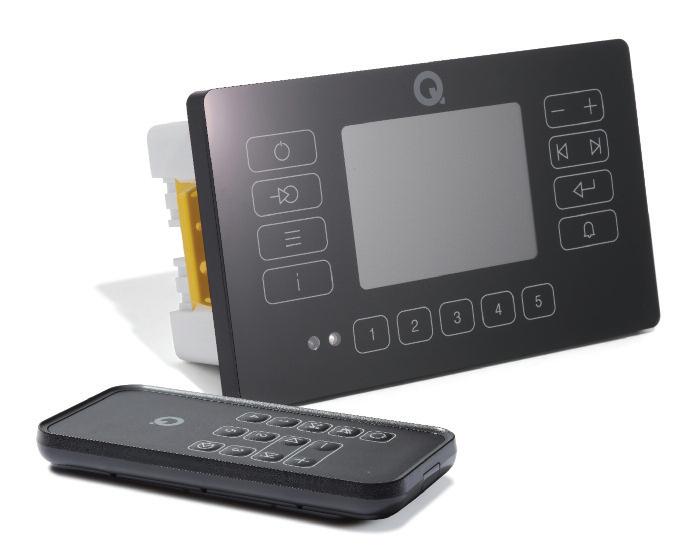
In this product review, Howard Mitchell, Owner at H M Property Services, reveals whether he likes the sound of the Q Acoustics E120 installed Wireless Audio System.

With the ever-increasing boom for in-home technology devices and music streaming, Q Acoustics is a brand that has been making some serious noises in recent times, especially since the latest offering –the E120 – was launched to market
The E120 is a fully wired, non-intrusive single room home audio system that’s installed neatly within the building’s fabric with no unsightly cables or bulky speakers like those old hi-fi systems of yesteryear The technology has moved on too with features like DAB+ digital radio, Bluetooth 5.0 for wirelessly streaming music from a device and a separate digital input for hard wiring a device like a TV for that enhanced sound experience
What really strikes a chord is how intuitive and simple the kit is to install with everything for a standard installation supplied neatly packaged and ready to go straight out of the box, with the exception
of a wide choice of speakers which are supplied separately It comes with a 5 metre power supply which should be more than adequate for most installations, and can be hidden and plugged into the nearest socket.
Simple to use
You’ll find the control panel with its touch buttons and included splashproof mini remote simple to use, even for those with the most basic knowledge of technology
Its small footprint fits into the supplied 45 mm two gang fast-fix box for stud wall installations and protrudes just slightly from the wall in either a glossy white or black finish. Despite its size, the 3.2” colour screen is clear and bright and would be ideally placed next to a light switch or above a kitchen worktop
A supplied gasket ensures that the E120 can be fitted in damp areas such as bathrooms and kitchens thanks to its IP54 rating, which is perfect for when you’re hosting those kitchen discos or being a
diva in the shower!
Built in DAB+ and FM radio requires the use of the supplied internal aerial which can be hidden, although for best results and depending on the building fabric, this can be connected to an external DAB aerial.
Whilst operating in DAB+ mode the screen will show details transmitted by radio stations such as the current song where available and if you’re constantly switching to avoid the adverts you’ll appreciate having five preset buttons to easily access your favourite stations with a single touch
Q Acoustics offers a range of speakers to suit every installation environment so you’ll never miss a beat, including bathrooms and gardens, with wall, ceiling or shelf-mounted options
Both the QI65CW 6 5” weatherproof ceiling speakers and QI80 indoor speakers are impressively made with high-quality connectors, with the latter fitting discretely into a ceiling despite its size There’s the option to use the

speakers as either stereo – left and right –or dual mono where the left and right channels are combined into one speaker for versatility
The all-important sound quality will be music to your ears – from immersive and clear tones to fill most domestic rooms
thanks to its 2 x 25 W power, and although the lower bass end does lack at times (as most small speaker systems do) there’s a built-in equaliser to fine tune the audio and option to utilise the rear analogue audio output to plug into a subwoofer for a real boom to shake the room!
Speaker cut-out templates are supplied as well as a decorative cover grille that can be easily clipped on/off after the initial installation, meaning you don’t have to worry about the look getting spoilt when decorating.
Overall, the E120 delivers great value for money and is an easy to install entry into the home audio market for both installers and end users alike
For electricians, the product offers an exciting opportunity to offer clients new options when considering refurbishments or retrofitting into existing installations, whilst for clients it’s an opportunity to take a solid step into the integrated home audio market with a budget-friendly, compact system

BROWSE THE E120 WIRELESS AUDIO SYSTEM PRODUCT INFORMATION PAGE ONLINE AT: WWW.RDR.LINK/EBB027
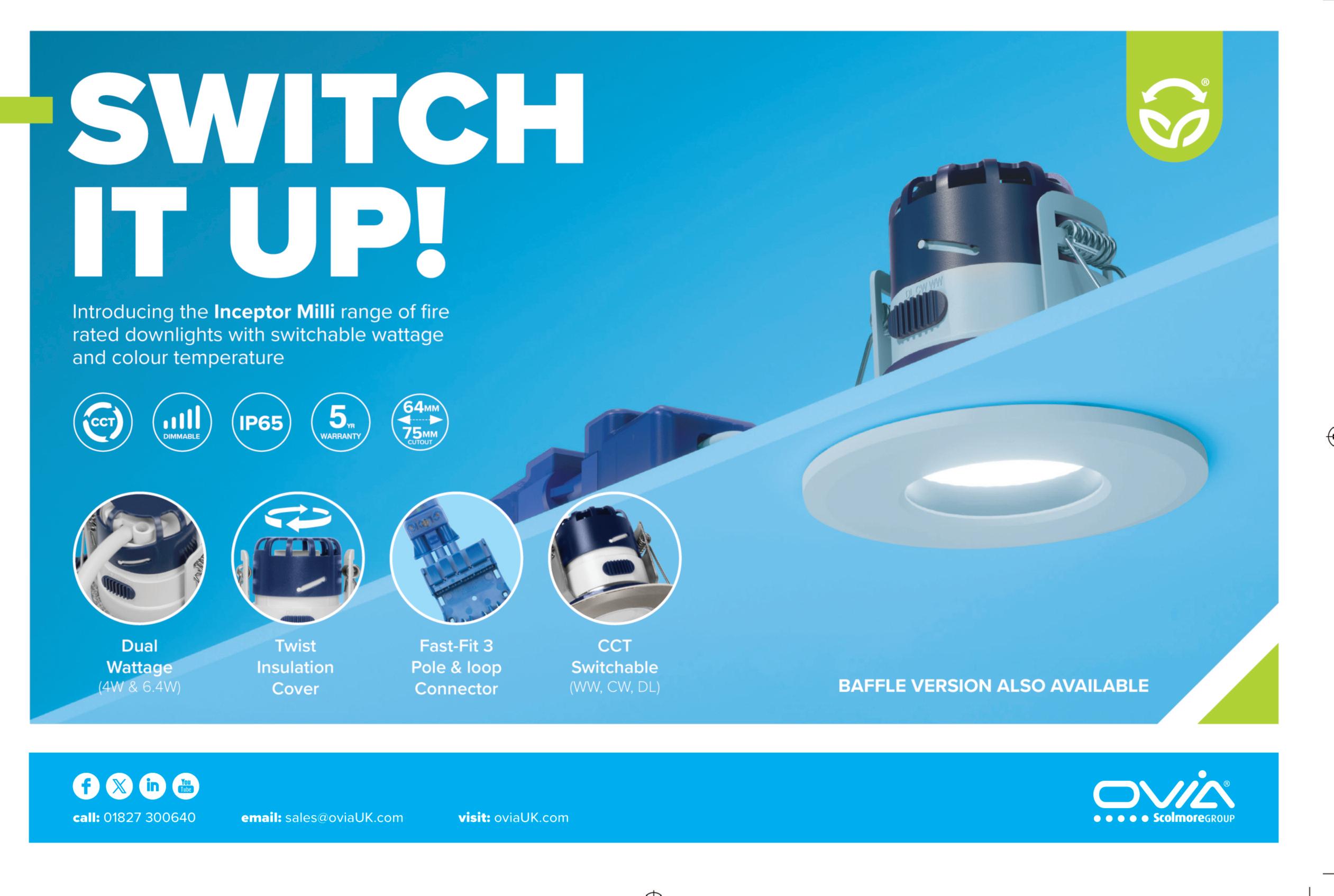

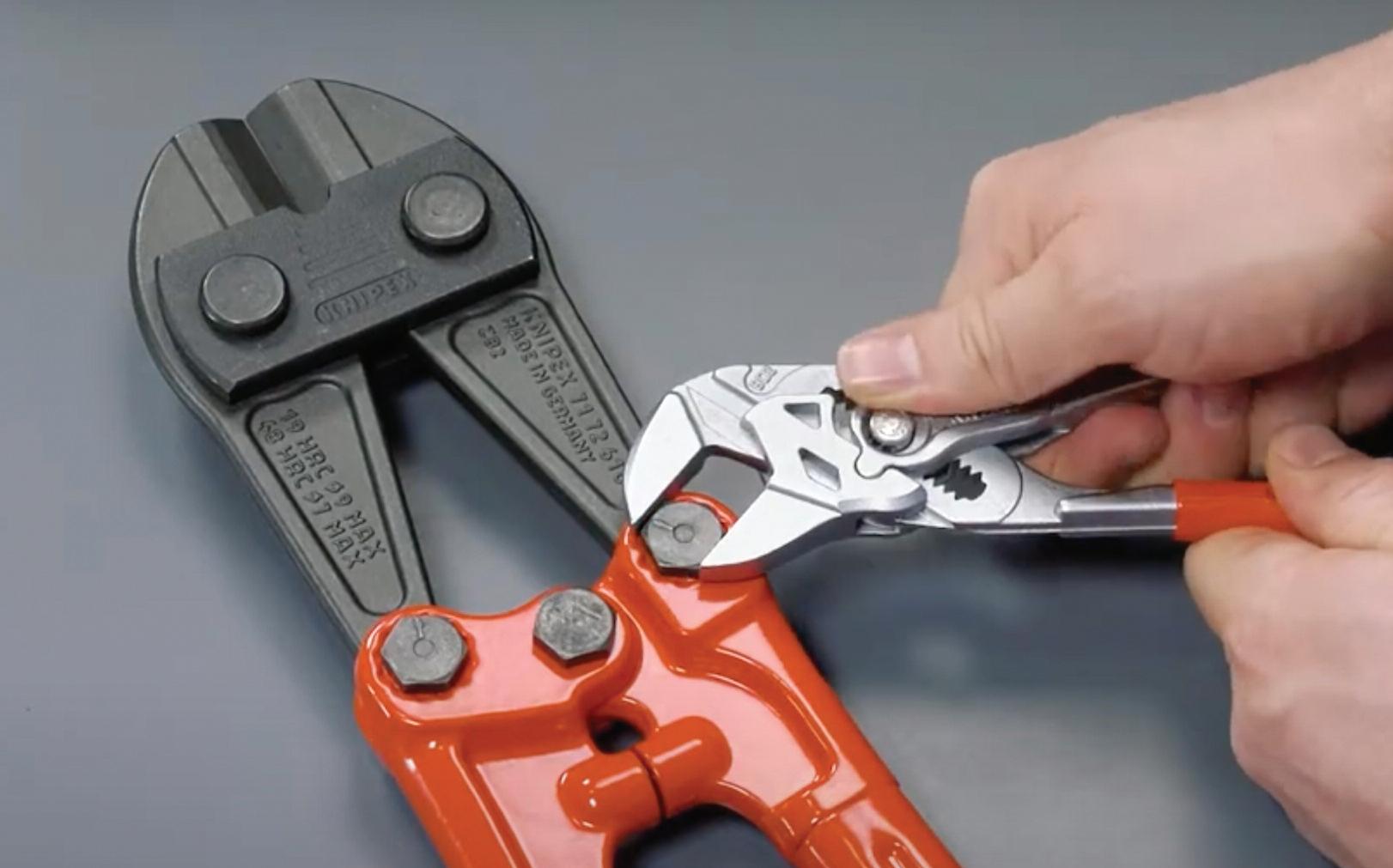
When a reliable tool loses its edge or a component freezes, a complete replacement isn't your only option. David Barnes, Marketing Manager at KNIPEX, explains why a simple spare can revive your essential tools.
When a ‘go-to’ wire stripper loses its edge or the mechanism on a pair of pliers jams, it's tempting to just buy new ones Before deciding on that instant replacement, it's worth checking to see if your local supplier stocks spare parts first. Swapping out the worn component not only saves money but also keeps your seasoned tool in your belt, ready for reliable service
For the eco-conscious electrician, opting for parts over new purchases means less scrap metal and plastic cluttering the job site It's a green move that leverages every bit of value from your tools and spares your wallet Plus, staying sharp with tool maintenance not only extends their lifespan and saves cash, it also boosts your know-how and finesse with the tools of the trade
Although it’s rare, when a KNIPEX tool starts to wear, there’s a wide array of
replacement parts available for a variety of tools including insulation strippers, pliers, knives, the KNIPEX Cobra and more, providing a sensible solution for extending the life of your tools
The KNIPEX Self-Adjusting Insulation Stripper is a must for electricians It’s capable of precisely stripping a wide array of wires, from single-core to fine strands and is suitable for various insulation types, also deftly managing flat ribbon cables up to 10 mm wide
Staying sharp
Its blade, made from specially hardened tool steel, slices cleanly through insulation without compromising the wire beneath, crucial for ensuring safety and performance. If, after repeated use, the blade dulls, it's a quick fix simply insert a spacer between the jaws, unscrew and swap out the blades (12 49 01) in moments Electricians often require a sharp, versatile and safe knife The CutiX Universal Knife is as light as plastic with a secure, fixed, sharp blade and comes with two extra blades in the handle drawer. But there’s always the chance you’ll need more.

KNIPEX offers a spare blade (90 10 165 E02) which can be quickly changed without any tools
The KNIPEX Cobra, TwinGrip and Pliers Wrench all share a common component – the push button It’s a vital
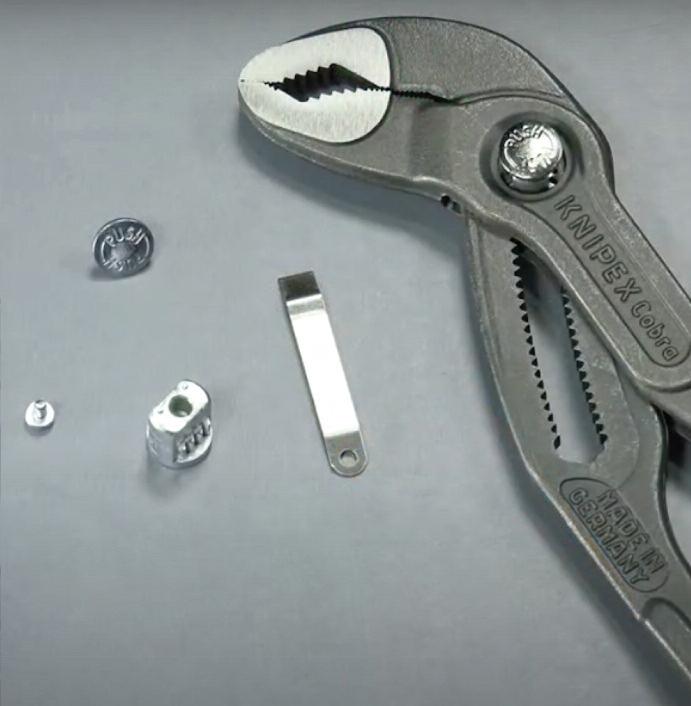
part of each tool, allowing for quick and easy adjustment But if it does start to wear, it’s straightforward to replace with an assortment of spare parts available (87 09 01)
Simply remove the cap of the old button with a screwdriver, together with the screws on the back, the spring and the remaining push button socket Pop the new socket into the opening, reattach the spring and, with a drop of threadlocker, place the cap on the socket, pressing both halves together so the parts are firmly connected Your pliers are ready again for action
KNIPEX has an extensive selection of more spare parts including blades for the PreciStrip16 (12 52 195) and additional cutter heads for the KNIPEX Bolt Cutter (71 79 760/ 910/ 460/ 610)





Fitting anti-corrosive lighting exactly where your customer needs it to illuminate a task can be a problem if the joists are in the wrong place And, just like office lighting, you may need to offer different levels of illumination, energy saving control and emergency options
Anti-corrosive light fittings are built to last in even the toughest of environments, but they still need to give you all the functionality that you’d find in an office Often located in industrial areas or a workshop, getting the light right is critical for both production and safety
To do this you sometimes need a little bit of flexibility from a product; if you can adapt it on-site then you don’t need to dash back to the wholesaler to get an alternative
You need to position them in the right place to illuminate the task in hand But what if the joist doesn’t correspond to where you want to fit the luminaire? The answer with Caimen Versa is a product whose body can
move along the whole length of the fixed bracket into the right position
It can also provide you with the lumen output of a single or twin fitting from the same product You simply switch the wattage output to change the illumination levels
Another switch allows you to change the correlated colour temperature to choose between warm white (3000K), cool white (4000K) and daylight (5700K) The days of having to change the fluorescent lamps from a warm white to daylight are long gone
And finally, when you add in a range of accessories that simply plug into place, that same luminaire can offer PIR or microwave sensors for on/off or step dim control and, through the use of conversion kits, can become a manual or self-test emergency light
Industrial and workshop lighting has to be tough enough to cope with harsh environments with IP ratings of typically IP66 and impact resistance to IK10, but the quality of lighting is still vital for both production efficiency and safety The trick
Lee Brodie, Technical Manager at Collingwood Lighting, shows you why the new Caimen Versa anticorrosive luminaire is simple to position, fit and adapt to meet numerous industrial applications as he installs it in a workshop.
is to make sure that your anti-corrosive fitting can cover all the options for you from one luminaire
Caimen Versa is available in four-foot, five-foot and six-foot options
l A unique full mounting slider Once you fix the bracket, you can slide the housing anywhere along the bracket’s length into position
l Plug-in accessories to offer dimming and/or emergency light conversion kits
l Switch between the lumen output of a single or twin fitting
l Change the correlated colour temperature to choose between warm white (3000K), cool white (4000K) and daylight (5700K)

STEP 1
Having identified where I want the light, I measure up and fix the two brackets into the ceiling Next, I unclip the housing from the body of the luminaire and take both to a workbench


STEP 2
We know where the mains cabling is coming through the ceiling, so I can select which knockout to drill through before adding the grommet to retain the IP rating There are plenty to choose from on the bottom, side and even the ends of the housing
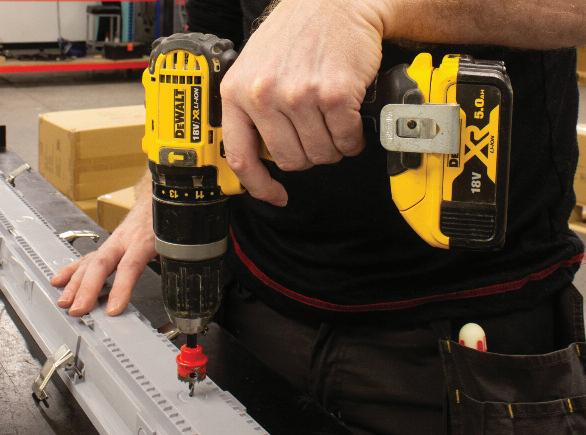

STEP 3
Clip the housing onto the bracket If needed, I could push it along the length of the brackets into the perfect position



STEP 4
Having fed through the mains cabling, I simply wire it into the terminal block of the fitting and then clip this into one of three different locations This is the only wiring that needs to be done above head height and the push fit terminals make it easy
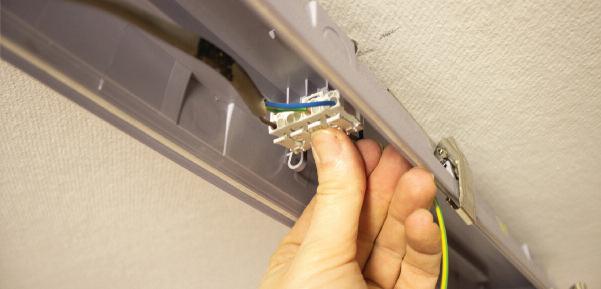

STEP 5
Now it’s back to the workbench to customise the light It will be the only light in a workshop area where operatives need to do detailed work, so I’m opting for the equivalent lumen output of a twin fitting and switch it accordingly We also want a daylight illumination so I move this switch to 5700K.
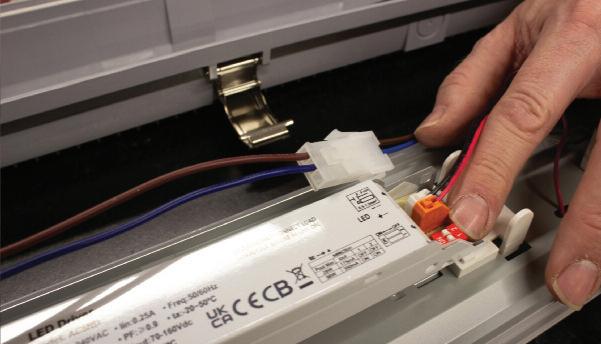

STEP 6
As a workshop area with no windows, we want simple on/off control so I clip in the PIR sensor, select this control option using the dill switches and use the push fit connectors to wire it in This fitting will not be an emergency light, but if it was, I would simply plug in the conversion kit and wire it up


STEP 7
Finally, I attach the body to the housing, using the retaining cable, wire the body to the mains terminal in the housing using the push fit connectors and clip it all in place.





STEP 8
Job done! Most of the work is done at bench level where the non-rock design of the body is a real help In total it took me about five minutes from unpacking the luminaire to finishing the job.


The 18th Edition gives us detailed information on the different types of RCDs These regulations apply to the design and verification of electrical installations as well as any additional and/or alteration of existing installations of sockets rated to a maximum of 32 amps in locations such as kitchens, bathrooms, and outdoor areas.
RCD protection must be provided to all circuits supplying luminaries and all circuits supplying outdoor appliances In fact, the requirements for all sockets to be protected by either RCDs or RCBOs goes back to 2015 (the 17th Edition)
So what is it that makes RCD sockets and connection units so popular still?
Why SRCDs?
Sockets with integral RCDs, also known as SRCDs, are primarily intended to provide supplementary protection in circuits where there is already fault protection at the consumer unit They offer additional protection against electrocution in key areas of a property or workplace They also offer a local and more accessible position
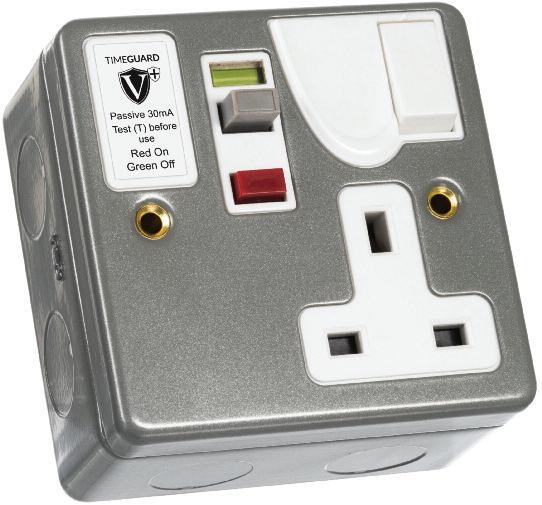

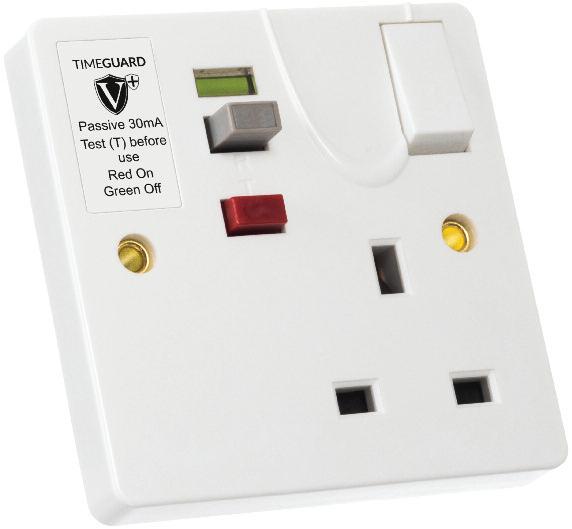
for resetting following a tripping event
Don’t forget that older properties with old wiring may not have suitable RCD protection upstream and, if they’re still ‘compliant’ (strictly speaking) and customers aren’t prepared to consider upgrading, you can recommend SRCDs at most locations throughout the property
The SRCDs mechanism itself is double pole switching and SRCDs can easily be fitted within standard 35 mm deep wall boxes They’re also an easy way to add protection outdoors where you’re asked, for example, to fit an IP-protected socket
You’re installing these devices for safety, so your top priority should be quality and reliability Choose a supplier and brand you know you can trust.
Your minimum requirement should be compliance with BS 7288:2016: Specification for residual current devices with or without overcurrent protection for socket-outlets for household and similar uses This standard was published in November 2016, being a further revision of BS 7288

Any products you come across that are old enough not to comply with the 2016 standard are likely to have been made with older generations of electronic components, unlike the newer designs
by reputable manufacturers who have invested in bringing the latest technology to market
The main visible sign of compliance with the standard is the dual-flag indication system to show whether the power is live RED – ON, or Green – OFF when the RCD is tripped
However, ‘under the bonnet’, other changes add up to greater reassurance for users. They mostly relate to EMC resilience, with more stringent testing to ensure products can withstand years of use and electrical or physical abuse and RF interference
You should also be able to choose white and metal boxes, indoor sockets or outdoor Weathersafe sockets, single and dual gang
Active or Passive?
Make sure you know if the device is mechanically latching (Passive) or electrically latching, (Active)
Active protection will leave the SRCD in an unlatched state in the event of either a power outage, or a tripping event, and the power will remain isolated until the user has checked the device and manually chosen to reset it
Passive devices allow the power to be restored automatically to appliances like fridges and freezers after there has been a power outage and then restored, and it doesn’t need to be physically reset



Three readers will each receive a Timeguard IP66 Weathersafe SRCD.
It’s a simple request for an outdoor socket, but there’s usually more to it than that before you decide what to install
First you need to decide what level of IP protection is right for the job at hand In simple terms, the higher the number, the greater the degree of protection and the costs will inevitably reflect that. So, make the right choice at the start.
The ratings you’re likely to see at the wholesalers are IP55, IP65, IP66 and IP68 The first IP number indicates dust protection, and the second is the degree of protection from water/moisture So, for instance, an IP55 product is protected against dust ingress that could be harmful for the normal operation of the product, while IP65 or IP66 are fully dust tight
Water ingress is for proof against a low-pressure nozzle, while ‘6’ indicates protection against a high-pressure water jet For very high levels of protection, IP68 is dust tight and protected against long periods of immersion in water under pressure and are often chosen for inline connectors that may be exposed or even buried in the garden for years on end
If the user wants to be able to check the status of outdoor power at a glance, you can provide models with clear windows, but check the spec’ for a polycarbonate that will stay clear and not cloud over and look tacky Look for impact resistant cases, especially for installation in heavy ‘garden-traffic’ areas. Locking covers will add safety, especially when kids are around, and even prevent power theft






The team at CEDIA, the industry association for smart home professionals, explain more about the opportunities that will exist, now and in the future, for those who are pondering whether to make a start with ‘smart’.


From CEDIA’s perspective, a smart home is defined by professionally designed and installed technology that is easy and seamless to use, and also reliable and secure Our role at CEDIA is to connect, empower, and champion smart home professionals and businesses to deliver these systems that can enhance the experiences and lifestyles of homeowners and their families
Ours is a sector that is seeing significant growth and represents a major business opportunity for electricians Just take a look at the results from two recent surveys
In the 2023 Professional Smart Home Market Analysis UK, produced by CEDIA and released in December 2023, the UK market is estimated to be worth £2.9 billion and is supported by favourable industry growth projections for the next 12 months
In other key findings, this analysis
revealed that approximately 3,700 integrators are currently serving the UK market with firms completing an average of 14 projects per year, employing a median of four employees, and earning an average business revenue of £300,000 per annum
Half of all participants expect to add technical personnel in the next 12 months with the categories anticipated to grow the most in the next year being media rooms, home cinema, outdoor audio-visual (AV) systems, and automated lighting and shading installations

Clearly, this is an industry not just exhibiting a confident mood and very good health, but growing, too
Strong consumer demand
The Smart Home Report, a white paper produced by the Beacon Agency in November 2023 on consumer attitudes towards the smart home, supported this view with evidence drawn from a survey of 984 participants 93 59% of respondents said they use some form of smart tech in their home, compared to

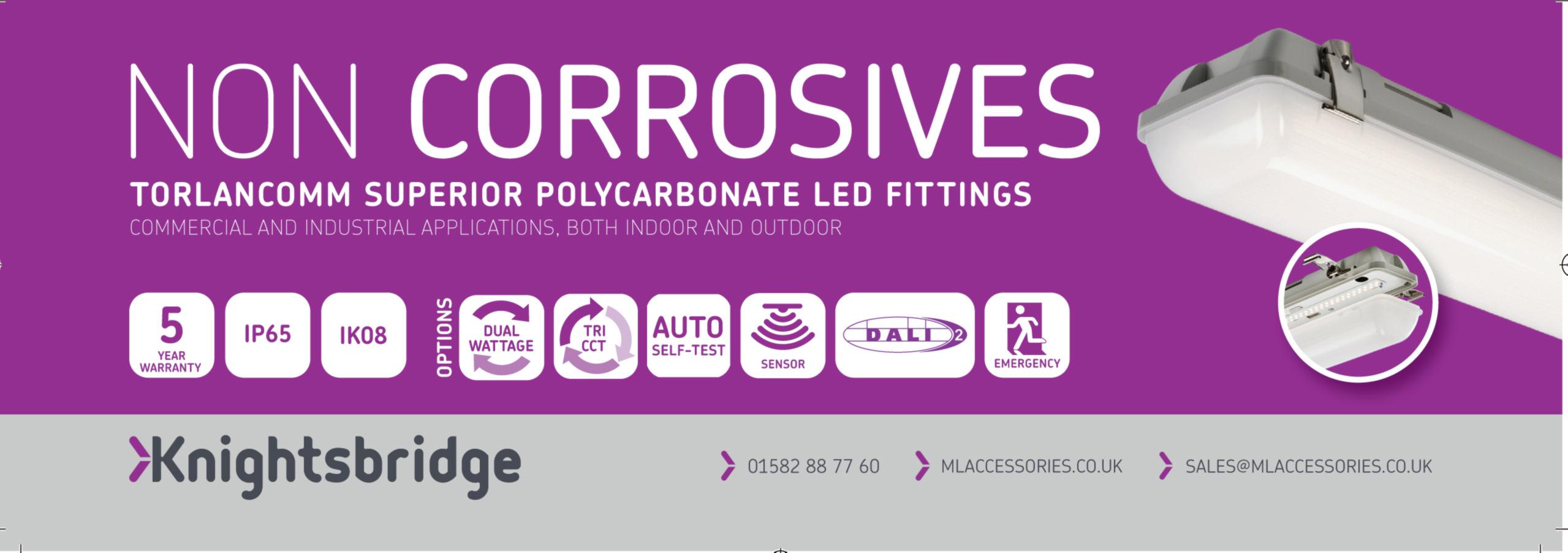
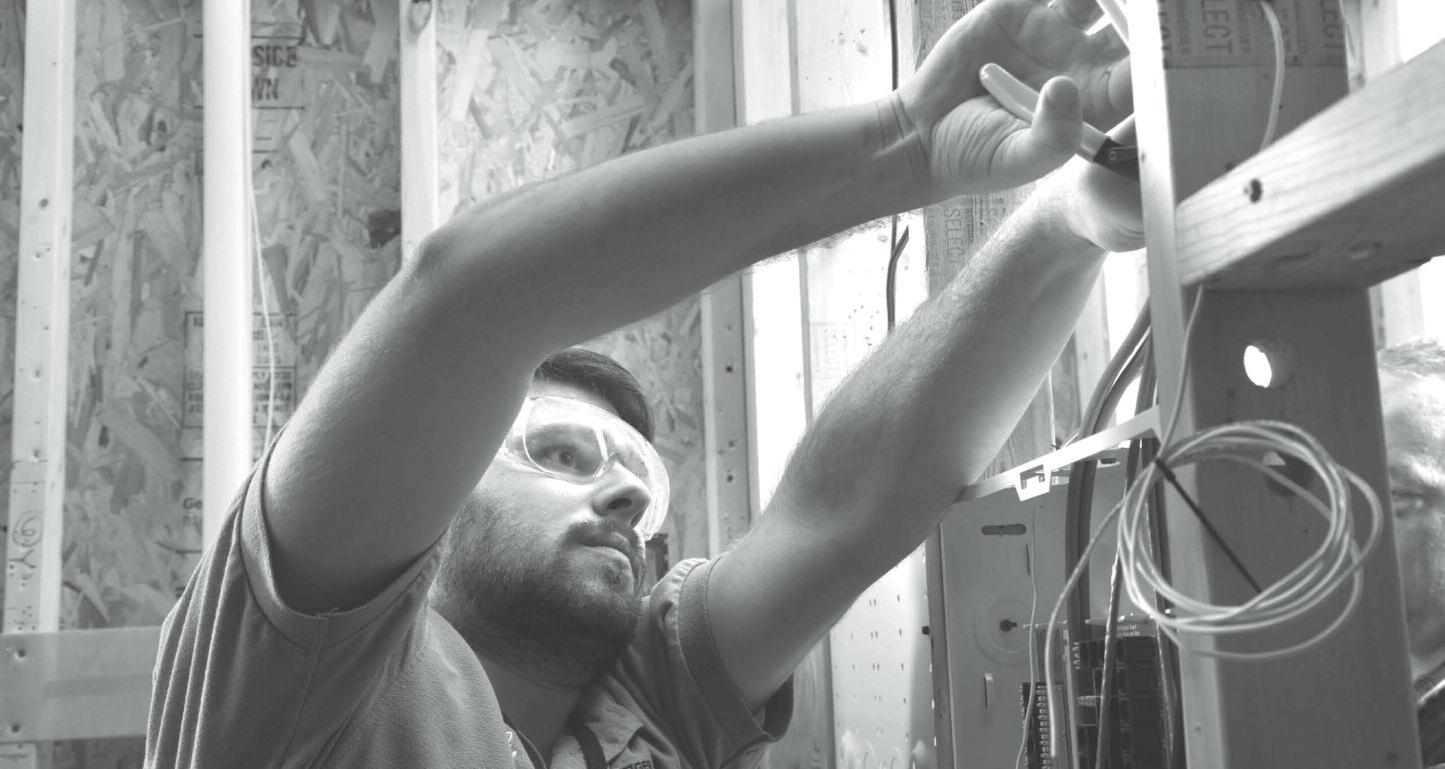
55% of respondents in an equivalent survey carried out in 2020
Additionally, this report pointed to the smart home market opportunity available to electricians 32 30% of respondents said they preferred to conduct their own research to learn about smart technology, while 20 43% would seek advice from an electrician.
When the consumer’s vision requires multiple devices that are going to work well together in the home, the opportunity is huge for the electrician to be the expert in the right place at the right time – not just to advise on technology choices, but to offer design, installation, and aftercare services
Last year’s Professional Electrician & Installer Reader Survey highlighted that 44% of readers were interested in upskilling in home automation and CEDIA is well-placed to help electrical contractors successfully develop their careers in this smart home space
We provide not just the in-person and online education and resources to support such a move, but we also answer questions from contractors, provide guidance, and support through a great community of industry professionals and suppliers.
The three CEDIA education packages that are fundamental to any contractor who is looking to start their journey in the smart home industry are Smart Home Technician Essential Skills, Smart Home Technician Further Skills, and Networking Specialist School
This education pathway provides a
strong foundation for technicians interested in advancing their professional knowledge through a deeper understanding of the fundamentals of networking
This five-day pathway offers a solid foundation for newcomers.
The course covers essential topics, such as audio, video and RF fundamentals, best practice to safely install, terminate, and verify cabling in both new construction and retrofit environments, smart home sub-systems, as well as training on the design and installation of AV racks, equipment placement, wiring and ventilation
Skills taught include cable termination, cable lacing, testing and troubleshooting, rack building, equipment installation, Ohm's law calculations in addition to triangles, percentage, and ratios calculations The last day of the programme also covers UK’s regulations of electrical safety
This five-day package is designed to enhance the knowledge and skills of individuals who already have some experience in the field or who have completed the Smart Home Technician Essential Skills package
During this course, electricians can learn the best practices for home cinema and media room installation and gain the knowledge and skills to implement lighting control protocols into a system design It
also covers how to configure a typical router and correctly set up a secure Wi-Fi network, as well as the best practices for control system commissioning.
Additionally, learners will explore some of the project and business processes that involve technicians, as well as the terminology and phases that are typically encountered on an on-site project
3. Networking Specialist School
This provides an understanding of both the theory and practice of IP in order to design and install reliable and robust smart home systems.
In addition, with wireless infrastructures being asked to handle ever more demanding applications, it’s also critical that these are designed and implemented in the right way
The Networking Specialist School includes a whole suite of IP networking courses to improve the understanding and skill set of technicians in these areas.
Get a taste of the smart home opportunity with CEDIA summits
Those who want to find out more and see if this is an industry for them can attend one of the three remaining CEDIA Tech Summits taking place in the UK in 2024 –London on 18th April, Leeds on 24th May and Edinburgh on 7th June
Attending this event will help newcomers connect, discover, and learn, with opportunities for education, networking, and the discovery of new technologies
It’s also a platform to meet with other smart home professionals, including those that are also new to the industry as well as more established integrators
The CEDIA Tech Summit is free to visit and allows contractors to make the most of their valuable time within a compact one-day timeframe.
For further details and to register as an attendee for any of the Tech Summits visit: www cedia org/techsummits


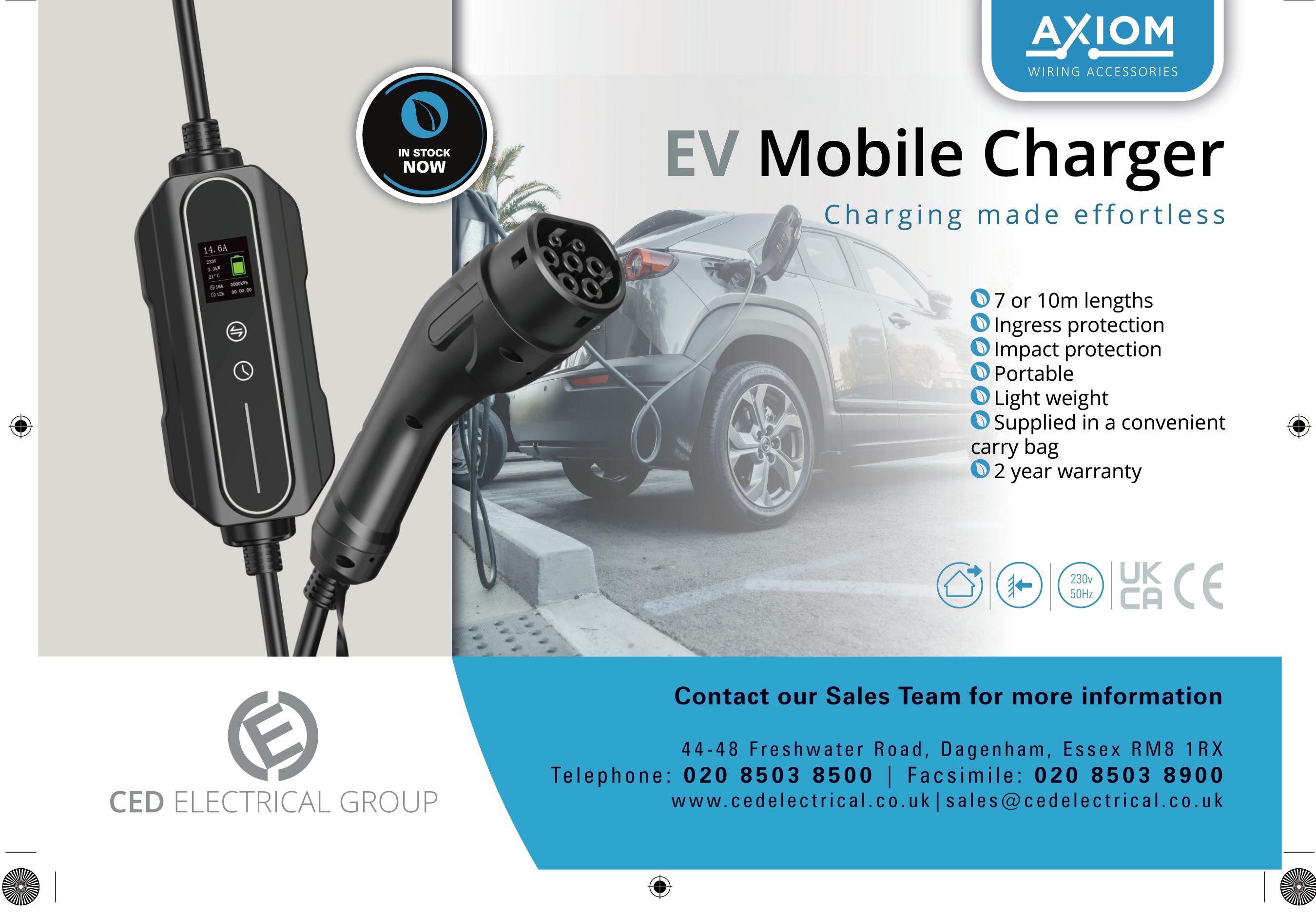


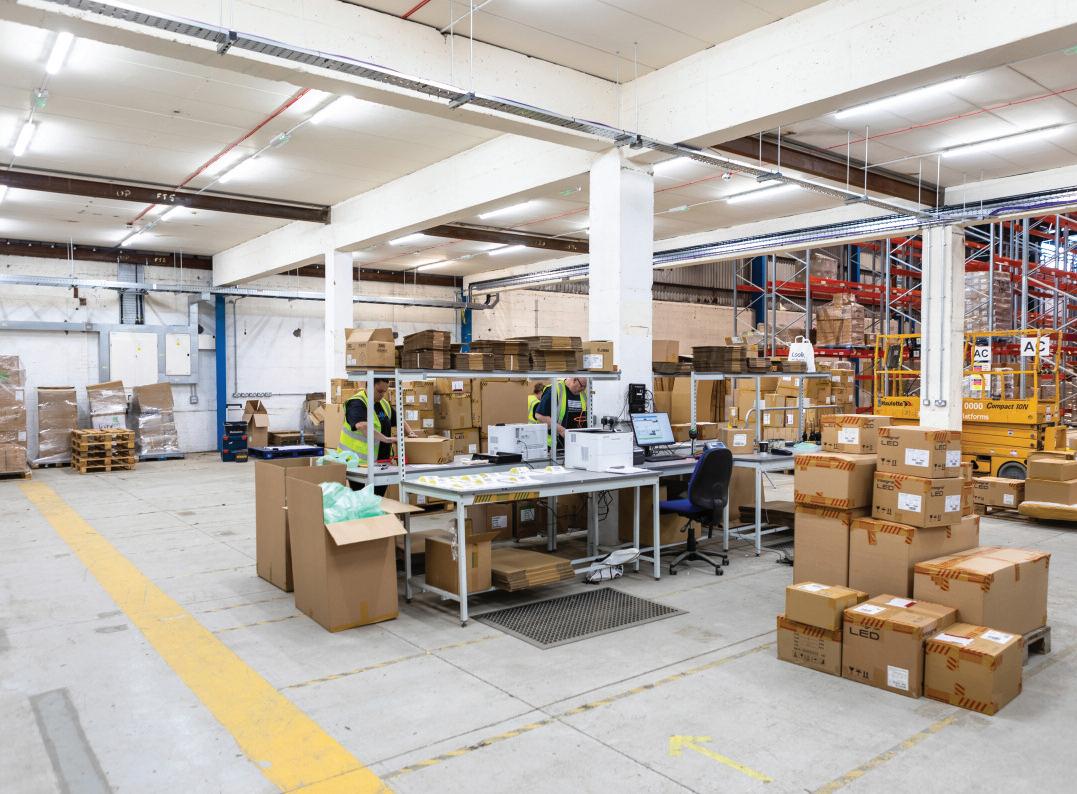

Integral LED recently moved to a new warehouse in Calverton, Nottingham to enable its expanding operations. The facility was in need of a full lighting refurbishment, with improved efficacy and longevity of paramount concern
Challenges and considerations
There were multiple challenges to overcome in finding suitable lighting solutions for the new scheme Luminaires needed to be carefully selected to accommodate narrow racking aisles and multiple functional areas, thoughtfully curated to reduce glare and wasted light at high levels All lighting needed to be hard-wearing and reliable, whilst significant thought was also given to control options and sensors to enhance efficiencies.
Within the general lighting scheme, a range of new highly efficient high bay
luminaires was chosen for installation within the warehouse racking area and above the mezzanine. Selected for its high IK10 impact resistance, in-built Zhaga 18 ‘plug & play’ socket and models with differing lengths and beam angles, the Integral LED Vector Max Linear High Bay offers an exceptional efficacy of 180 lm/W for its compact size
0 6 m 150 W Vector Max luminaires were installed throughout the internal aisles whilst for the outer perimeter and the mezzanine level 0.3 m 80 W luminaires were installed, taking advantage of the upper level windows and available natural light All Vector Max luminaires installed featured an asymmetrical 30 x 70° beam angle, perfect for the spaces between warehouse racking.
Under the mezzanine level, rugged IP65 and IK08 4 ft long Integral LED Vapourlite Non-Corrosive battens were chosen, offering power and CCT switching capabilities, adjustable to suit the needs of the installation

Motion sensors were also crucial to creating an efficient lighting scheme with both Microwave and PIR (Passive Infrared) options tested PIR sensors were chosen for high-traffic areas such as goods in and packing and the perimeter areas of the warehouse floor, whilst Microwave sensors provided good detection
in the central aisles and ensured lighting was available when required
A separate emergency lighting scheme, using Integral LED 1500 lm Self-Test
Emergency Bulkhead luminaires, was installed to ensure regulation compliance and safe egress from the building This is being covered by a stand-alone case study and excluded from the ROI calculations of the lighting scheme
The results
During the renovation, all luminaires were switched from fluorescent to LED
The previous installation consisted of:
+ 170 x 5 ft 4 lamp fluorescent high bays (80 W lamps)
+ 64 x 4 ft twin lamp fluorescent battens (36 W lamps)
The new installation consisted of:
+ 82 x 0.3 m Vector Max High Bay
+ 88 x 0 6 m Vector Max High Bay
+ 64 x 4 ft Vapourlite Battens
In doing so Integral LED managed to save a whopping £28,477.18 on energy costs per annum and will see a return on investment in four months. The switch also allowed the company to save 81,363 kWh of electricity and 21,561 kg of carbon emissions every year!

BROWSE THE INTEGRAL LED RANGE OF LIGHTING SOLUTIONS AT: WWW.RDR.LINK/EBB033

sponsored by www electricalcharity org

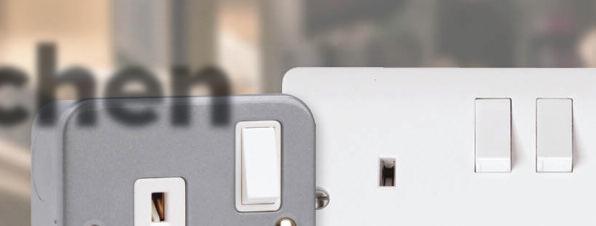
business based in Shoreditch, East London, that offers people living in temporary accommodation a pathway to move from hostel to home
When the call came for help with a major refurbishment programme for the premises, Click Scolmore was only too happy to donate the range of wiring accessories required for the electrical upgrade aspect of the project.
The five-story building is home to a thriving restaurant and natural wine bar, complete with co-working space for third-party enterprises It also acts as the headquarters of the Fat Macy’s charity, which uses the restaurant as a pathway to move people experiencing homelessness from hostel to home
The refurbishment works were carried
offices, covering everything from the basement restaurant and kitchens to the ground floor restaurant, dry goods store, and beyond.
All the work was carried out free of charge, allowing the charity to continue doing what it does best
The products supplied from Click Scolmore were from the Mode, Deco Plus and Metal Clad ranges A number of 1-and 2-gang switched sockets, 1 gang, 2-way light switches and 13 A switched fused connection units were installed in various areas throughout the premises. Deco Plus switches and sockets in the stainless steel finish with black inserts were chosen for the restaurant/dining area, while 1- and 2-gang sockets from the
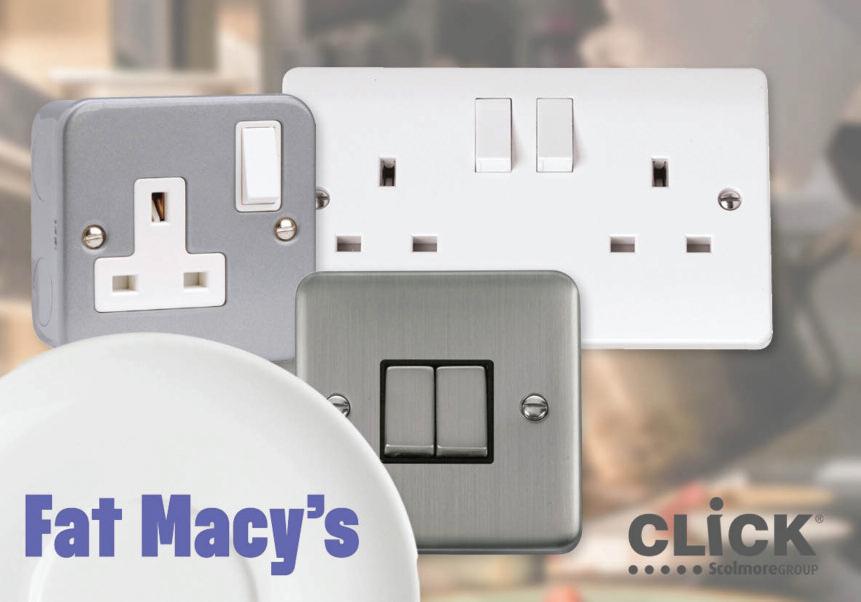
Click Metal Clad range, which features electrophoretically-coated plates and back boxes to provide a long-lasting, heavy duty finish, were also chosen

BROWSE THE CLICK SCOLMORE RANGE OF WIRING ACCESSORIES AT: WWW.RDR.LINK/EBB034
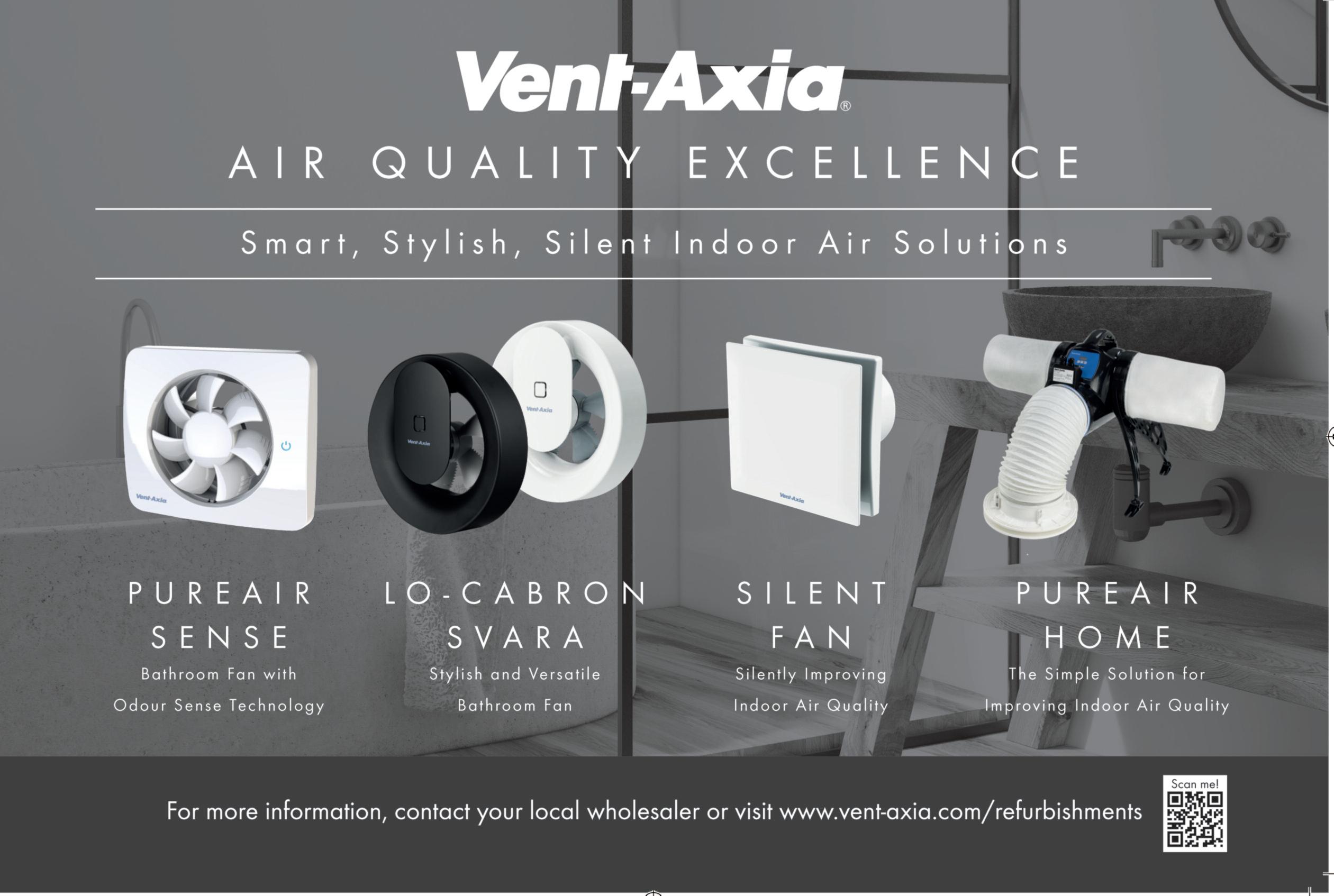

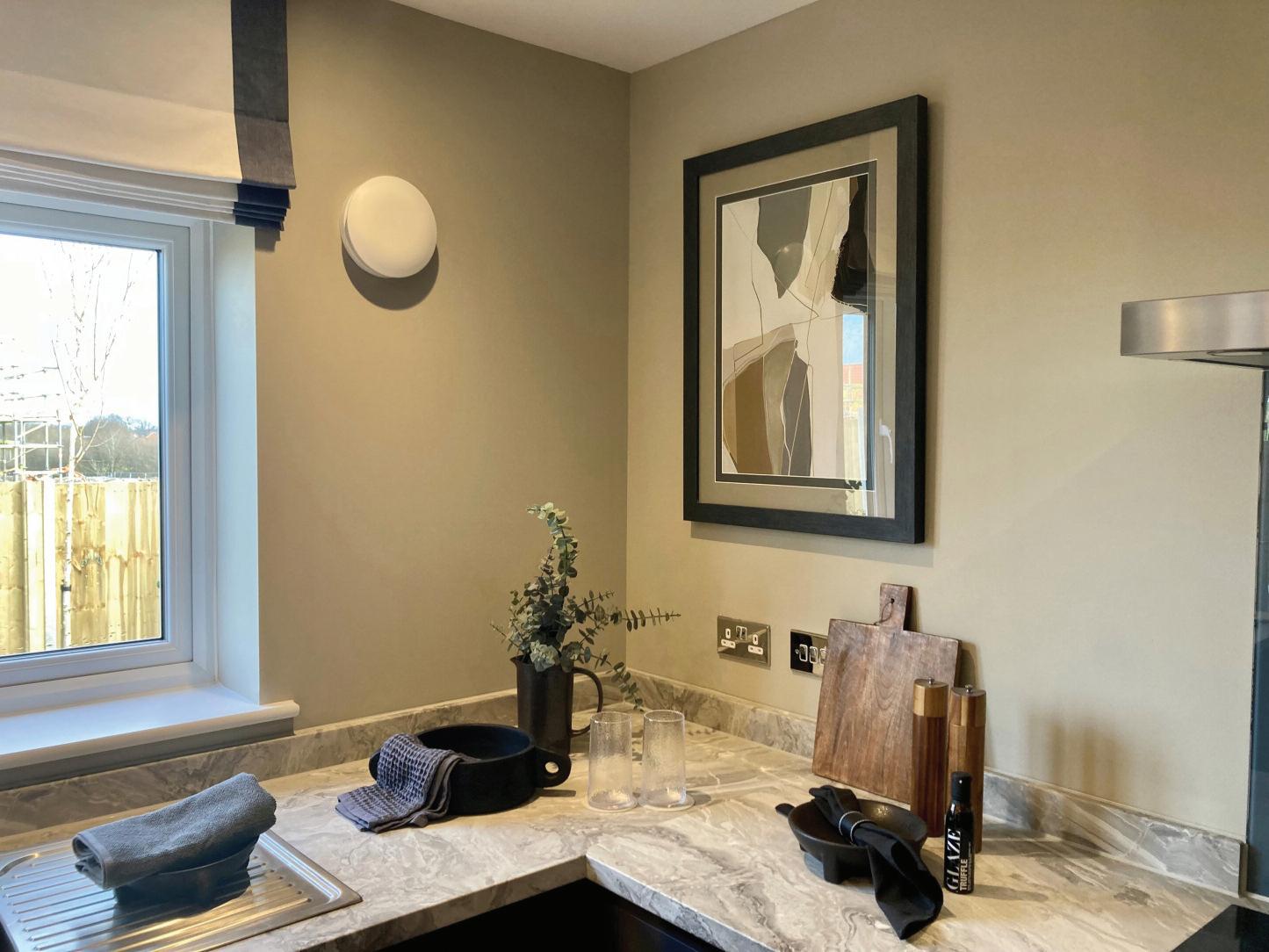


selected Vent-Axia’s decentralised mechanical extract ventilation (dMEV) units to be installed in its homes as its chosen solution to meet the amended Part F (Means of Ventilation) and Part L (Conservation of Fuel & Power) of the Building Regulations.
Vent-Axia is supplying its highly efficient Lo-Carbon NBR dMEV C units to be installed in 500 homes a year, across North Wales and the North West of England The aim is to ensure homes have good indoor air quality to help protect homeowners’ health and meet the new airflow rates set out in Part F
For New Build residential homes, ventilation rates increased in the new Part F to support the health of residents with a move to more advanced ventilation solutions, such as Mechanical Ventilation with Heat Recovery (MVHR) and Continuous Mechanical Extract Ventilation, such as dMEV, instead of traditional Intermittent Extract Ventilation (now referred to as Natural Ventilation throughout the document).
Natural Ventilation is now only suitable for dwellings with a design air
meaning many new build dwellings are out of scope of this technology.
The ideal option
With the improved airtightness of buildings, and increased minimum whole dwelling ventilation rates for continuous mechanical extract units, higher performing options are needed, making Vent-Axia’s Lo-Carbon NBR dMEV C unit
the ideal option
The Lo-Carbon NBR dMEV C, is a highly efficient dMEV unit Designed for kitchen, utility, bathroom and cloakroom applications, the Lo-Carbon NBR dMEV C achieves Building Regulations with quiet sound levels, a low number of installed fans required and some of the most efficient fans on the market
Developed for housebuilders, it is tested to the new SAP 10 performance requirement and listed in the PCDB with its exceedingly low Specific Fan Power (SFP) values as impressively low as 0 08 w/l/s and provides near silent operation independently tested as low as 7.4 dB(A).
Rhys Jones, Commercial Director at Castle Green Homes, said: “We’re
most technologically advanced housebuilding approaches with traditional build methods
“We therefore chose to specify Vent-Axia’s dMEV for our homes to meet the amendments to Part F of the Building Regulations while providing good indoor air quality for homeowners
“Vent-Axia’s Lo-Carbon NBR dMEV C unit ticked all the boxes because of its attractive round aesthetics, low noise and outstanding SAP performance ”
Steve Pearce, Product Manager at Vent-Axia, added: “The Lo-Carbon NBR dMEV C was designed to achieve new Building Regulation ventilation rates while improving indoor air quality, using the lowest number of installed fans, and the most efficient and quietest fans on the market.
“Meanwhile, homeowners in Castle Green Homes will be happy with a highly efficient, quiet fan which does not disturb their sleep if the light is turned on during the night.”

BROWSE VENT-AXIA’S FULL LO-CARBON NBR DMEV C
RANGE AT: WWW.RDR.LINK/EBB035



y , y of its kind in south-east England to offer state-of-the-art dual Olympic-sized ice rinks, a fully equipped gym and dynamic fitness studios, now boasts a complete lighting solution thanks to Luceco, with the company’s Dimmable Callisto illuminating the venue’s ice rinks, along with LuxPack, Climate Extra, Platinum, Contour, Celeste, LuxPanel and emergency lighting Callisto, a contemporary linear LED surface mounted luminaire, offers over 100,000 hours of maintenance-free, operational life and provides an efficacy of 135 Llm/cW, with lumen output variants ranging from 11,000 lm up to 32,000 lm
It benefits from IK10 rating so can be used in semi-industrial applications as well recreational areas and sports facilities, offering both wide and narrow optical light
The gym at Lee Valley, along with the studios, are now lit with a combination of recessed 600 x 600 LuxPanels and contemporary suspended Contour luminaires with the entrance hall displaying Platinum downlighters. As with Callisto, these luminaires are available as fixed output, DALI dimmable, emergency back-up variants and Luceco’s Wireless Lighting Controls Platform
The venue’s auditoriums are illuminated with linear LuxPack, benefitting from quick slide release tabs for fast and easy installation of the plug and play hinged LED diffuser and stairs lit with Celeste, a stylish yet robust bulkhead luminaire providing a backlit halo effect which is ideal for stairwells and corridors


sponsored by www electricalcharity org
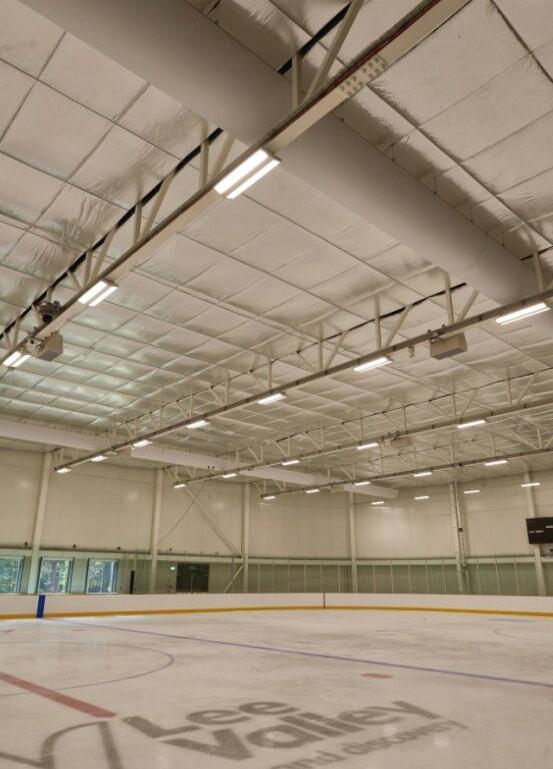

BROWSE THE FULL LUCECO LIGHTING PRODUCT RANGE
AT: WWW.RDR.LINK/EBB036


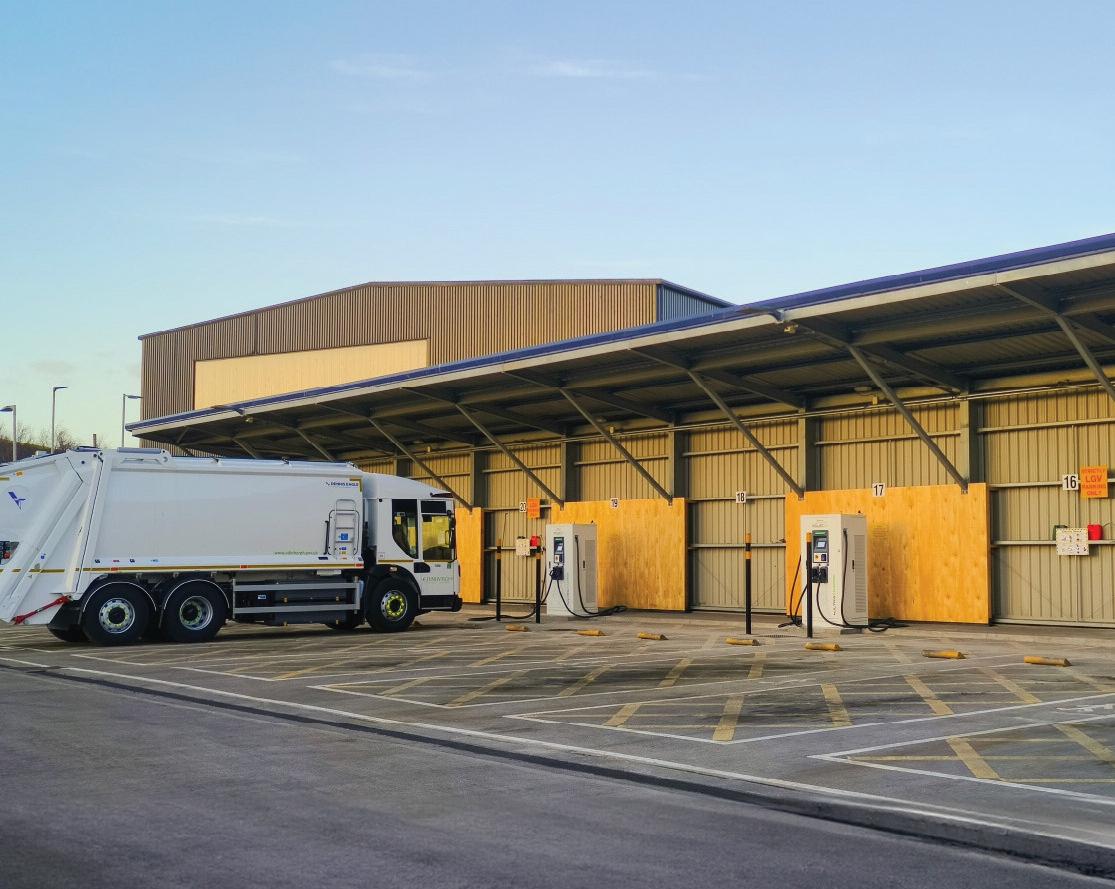


Championed as one of the most progressive cities in the UK (and one of the largest), Edinburgh is home to more than 500,000 constituents and an impressive EV fleet of over 150 decarbonised cars, vans, and buses for the dedicated use of the council
Scope
Thanks to funding from Zero Waste Scotland, the council will be welcoming new electric refuse collection vehicles (eRCVs) as part of its goal to electrify the council’s entire fleet by the end of 2024. The new 20 tonne vehicles will help the city to expand its recycling facilities and better support constituents’ needs
To support the growth of its EV fleet, the council felt the need to expand its chargepoint network, so approached Rolec to devise a plan. New vehicles mean new charging requirements, specifically in this case, the council was looking for ultra-rapid chargers, with the scope to deliver charge to these larger vehicles
The chargers also had to account for the difference in vehicle height and dimensions and therefore needed to be fitted with longer than standard cables Furthermore, with the ever-growing nature of its EV fleet, the council also prioritised chargepoints that could be scaled-up as/when the need arose
Solution
Rolec provided Edinburgh City Council with 10 x 80 kW UltraCharge 160 chargepoints, each with extended 7 m cables and capable of being upgraded to up to 160 kW at a later date, creating a
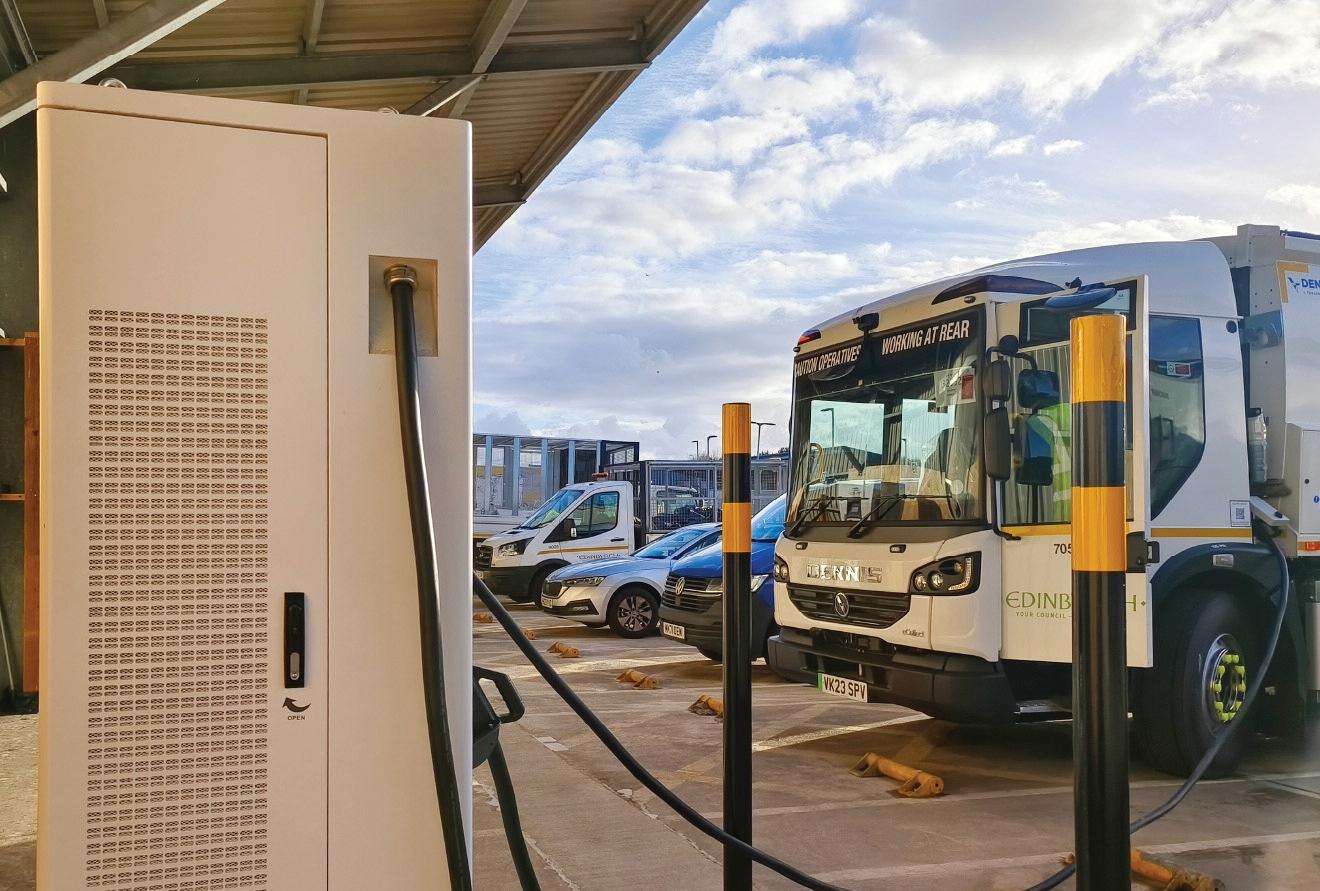
robust and scalable charging network capable of handling the needs of these larger EVs
The council also opted for OCPP 1 6-J hardware to allow even more freedom with its back-office, providing it with the opportunity to trial Monta’s software, with the capacity to revert back to ChargePlace Scotland if it prefers in the future
Benefit
The EV hardware provided by Rolec means the council will be able to meet its environmental aims on two fronts: delivering expanded recycling services to constituents and cutting fleet carbon emissions at the same time.
Josh Holstead, Business Development Manager at Rolec EV, said: “We’re forever encouraged by local councils who put sustainability at the forefront of what they do, and Edinburgh City Council is no exception
“Its continued focus on reducing carbon emissions through advanced policy changes and a passion for fleet electrification has defined this project. It was a pleasure to work with the team and we look forward to seeing its continued development ”

BROWSE THE FULL ROLEC EV CHARGEPOINT RANGE BY VISITING: WWW.RDR.LINK/EBB037
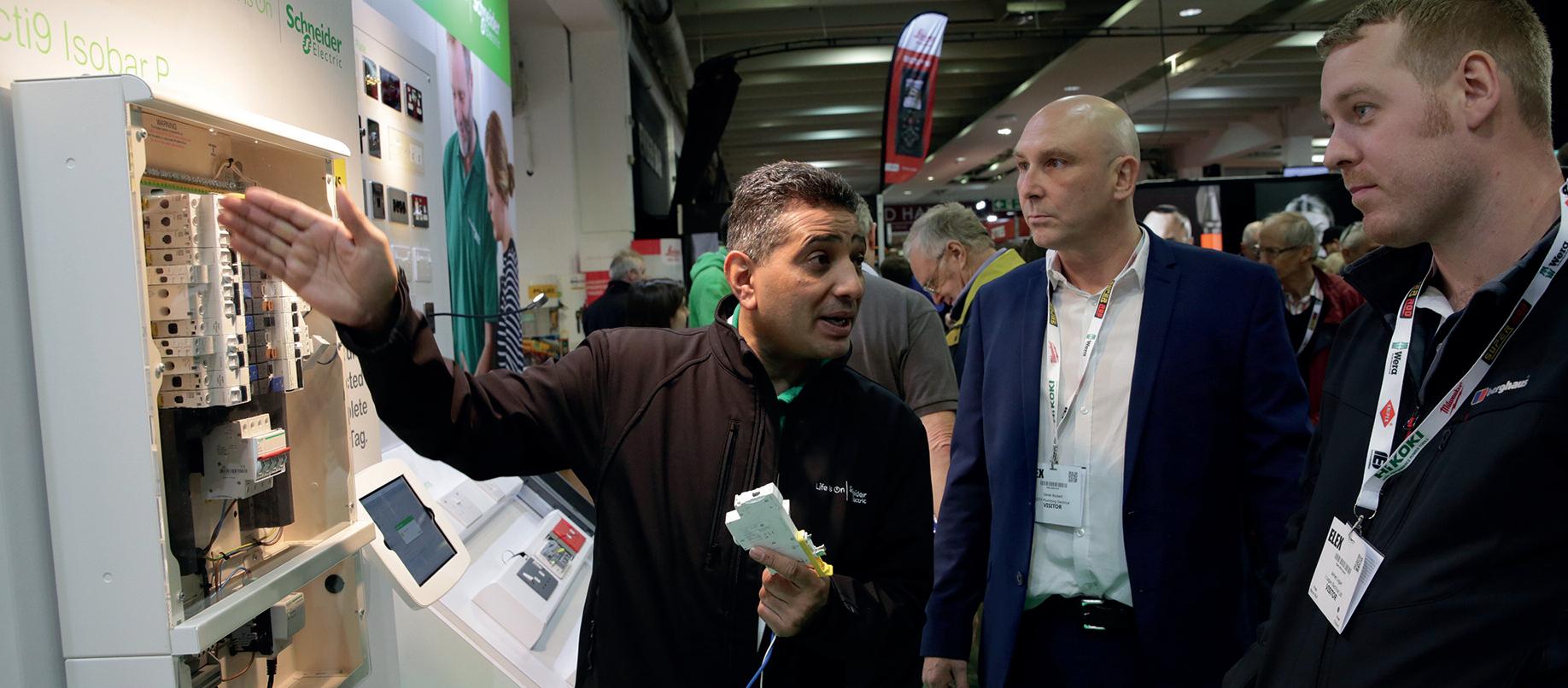


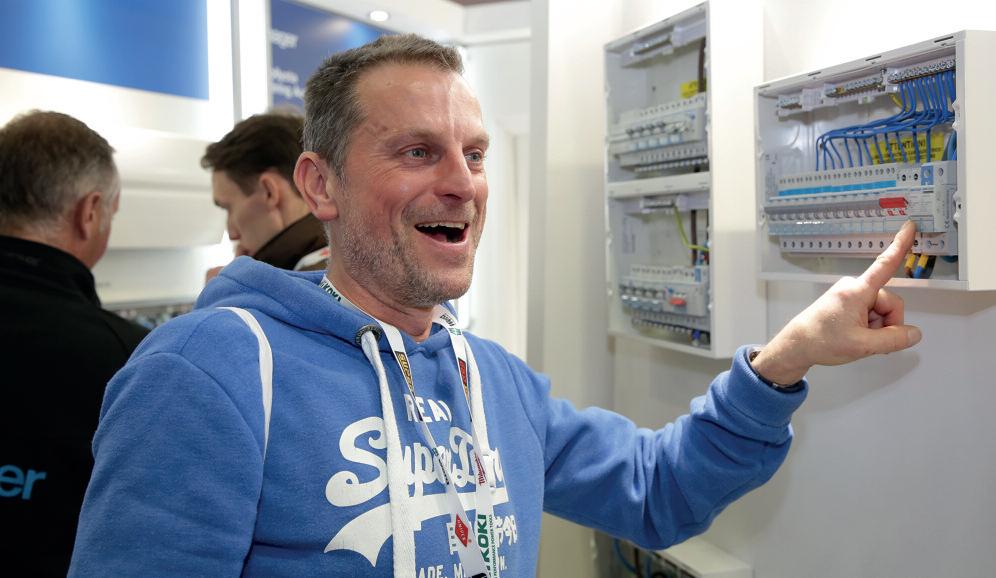
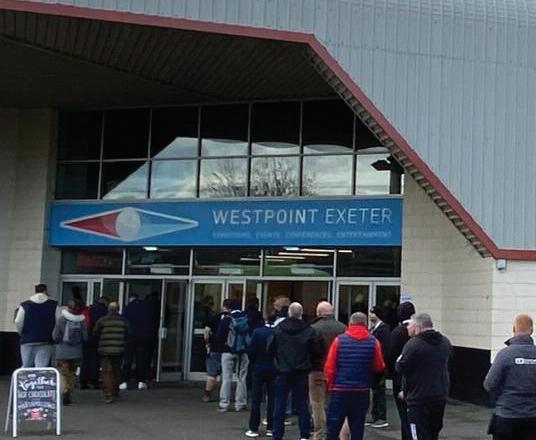

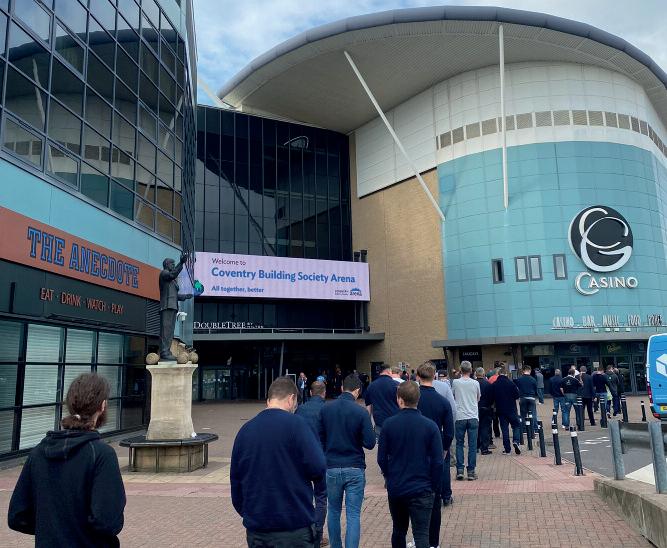

A new range of quality driven and innovative smoke, heat, CO and environmental alarms is being launched into the UK and Ireland by WisuAlarm – a subsidiary of leading international video surveillance company, Dahua Technology
The BSI-certificated range is designed to provide advanced fire and environmental protection Devices are manufactured under quality-controlled precision manufacturing conditions and take full advantage of Dahua’s expertise in video analysis, cloud computing, big data and smart IoT
The range of alarms features split-spectrum sensors, which result in fewer false alarms from environmental factors such as dust and steam
The initial offering from WisuAlarm is aimed at the professional installation market for domestic and residential systems – including private homes and social housing
The range is suitable for grades D1, D2,
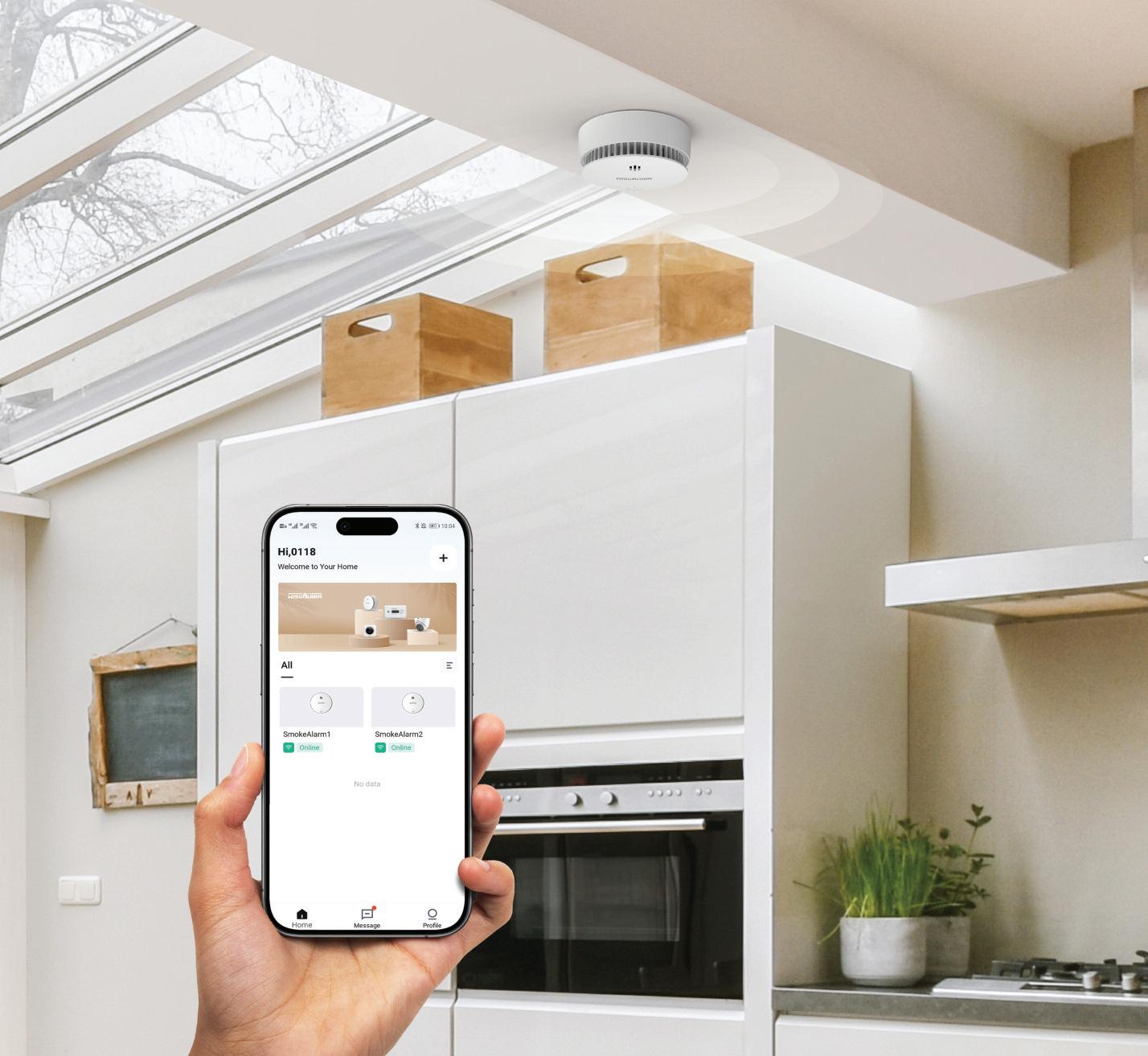
F1 and F2 and categories LD3, LD2 and LD1 under BS 5839-6, and includes:
l Interconnected smoke, heat and CO alarms,
l Mains-powered smoke, heat and CO alarms,
l Environmental sensors to detect damp and mould and to monitor air quality,
l Wireless Gateway for landlord monitoring of social housing installations,
l WisuAlarm App, which enables the monitoring of devices from any location in the world
Interconnected devices feature WisuLink, a wireless home safety network based on the 868 MHz radio frequency Up to 24 WisuLink devices can be interconnected, with long transmission distances and wall-crossing to cover all rooms
The technology also provides remote data management and visualisation A handy feature is the ability to test and
silence alarms using any infrared remote control, saving users the need to reach buttons at ceiling height.
“WisuAlarm is one of the very few brands that is designed, manufactured, fulfilled and supported by one company,” said Steve Boggis, Sales Director at WisuAlarm Technology UK & Ireland
“To that end, we’re able to offer peace of mind to installers and householders on the back of our four principles: intelligence, innovation, responsibility and quality
“With between 8 million and 9 million private sector and social housing dwellings in the UK alone, there is a significant opportunity for installers to partner with us and reap the benefits that are available ”

GET MORE DETAILS ABOUT THE FULL WISUALARM RANGE OF PRODUCTS AT: WWW.RDR.LINK/EBB038

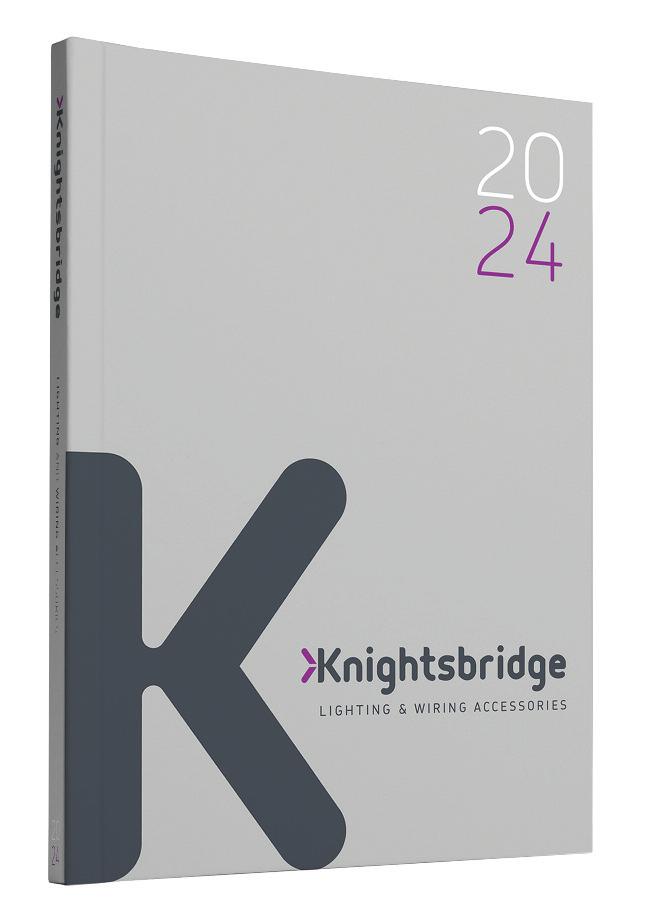
Knightsbridge has recently published its 2024 catalogue, which is now available to the trade The handy A5-sized, full colour publication – which runs to nearly 500 pages – is packed with over 3,000 products, including over 400 new items, featuring the latest innovations in wiring accessories and lighting Conveniently divided into three sections – Wiring Accessories, Lighting and Smart Home – it is further sub-divided into easy-to-reference chapters, from moulded switches and sockets, metal clad switches and weatherproof through to domestic interior, outdoor and commercial lighting.

REQUEST A CATALOGUE OR BROWSE THE ONLINE VERSION AT:
Circuit Protection Range

Schneider Electric has developed a modular circuit protection range tailored for the UK market – Acti9 Acitve. Compliant with the Acti9 Isobar P distribution board, Acti9 Active is a scalable, modular circuit protection that builds with your business The all-in-one circuit protection device is known for its cutting-edge technology Integrating residual current device (RCD), miniature circuit breaker (MCB), AFDD, and over-voltage protection, Acti9 Active delivers an exceptional level of protection that has been designed to meet the ever-growing needs of modern enterprises The modular upgrade includes energy efficient components that reduce environmental impact during the manufacturing process, but also through to the end-of-life recyclability. By opting for Acti9 Active, businesses can significantly contribute to their green initiatives, while supporting top-level electrical safety and distribution

VISIT THE PRODUCT INFORMATION PAGE ONLINE AT: WWW.RDR.LINK/EBB040
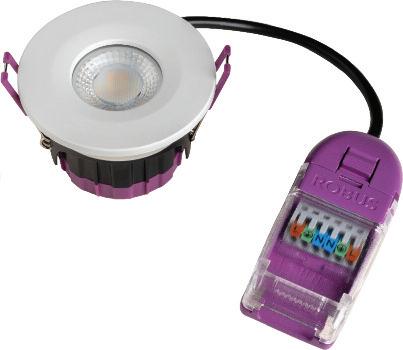
ROBUS talked to electrical contractors in the UK and Ireland to define the perfect fire rated downlight The brand then went ahead and created the ULTIMUM EXPRESS
Quick-release 2 part connector? Check! Colour-coded lever terminals? Check! Transparent connector cover? Check! Loop in, loop out terminal block? Check! This easy-to-connect downlight adapts to your needs with 5 W and 7 W power options, as well as CCT4 selectable in 2700K, 3000K, 4000K, and 6000K Need to make a last-minute tweak? No problem, the dual-wattage switch is readily accessible at the base and the CCT4 switch is close at hand just under the trim You told ROBUS what you wanted, and the company listened – the definition of contractor-led design

VISIT THE PRODUCT INFORMATION PAGE ONLINE AT: WWW.RDR.LINK/EBB041
The Evolve range of decorative switches and sockets from BG Electrical is proving a winner for electrical installers as they combine end user demand for style and value with easy, quick fitting and ‘no-return’ reliability. The range is suitable for both domestic and commercial applications and is the perfect way to ensure all essential power points enhance décor rather than detract from it Aesthetically attractive, the slimline switches and sockets are designed with screwless face plates which easily clip on and off to make decorating easier

The Evolve range boasts eight different colours including brushed steel, black chrome, and matt blue as well as satin brass, polished copper, matt black, matt grey, and pearlescent white. The offering includes switches, sockets and power points, including fast charge USB sockets, Wi-Fi range extenders, cooker controls, shaver sockets, dimmer switches as well as Grid range extension and Euro module range extension combining power, data, TV, telephone, and audio There are 25-year warranties, and the range design ensures a ‘right first time’ approach to any wiring installation.

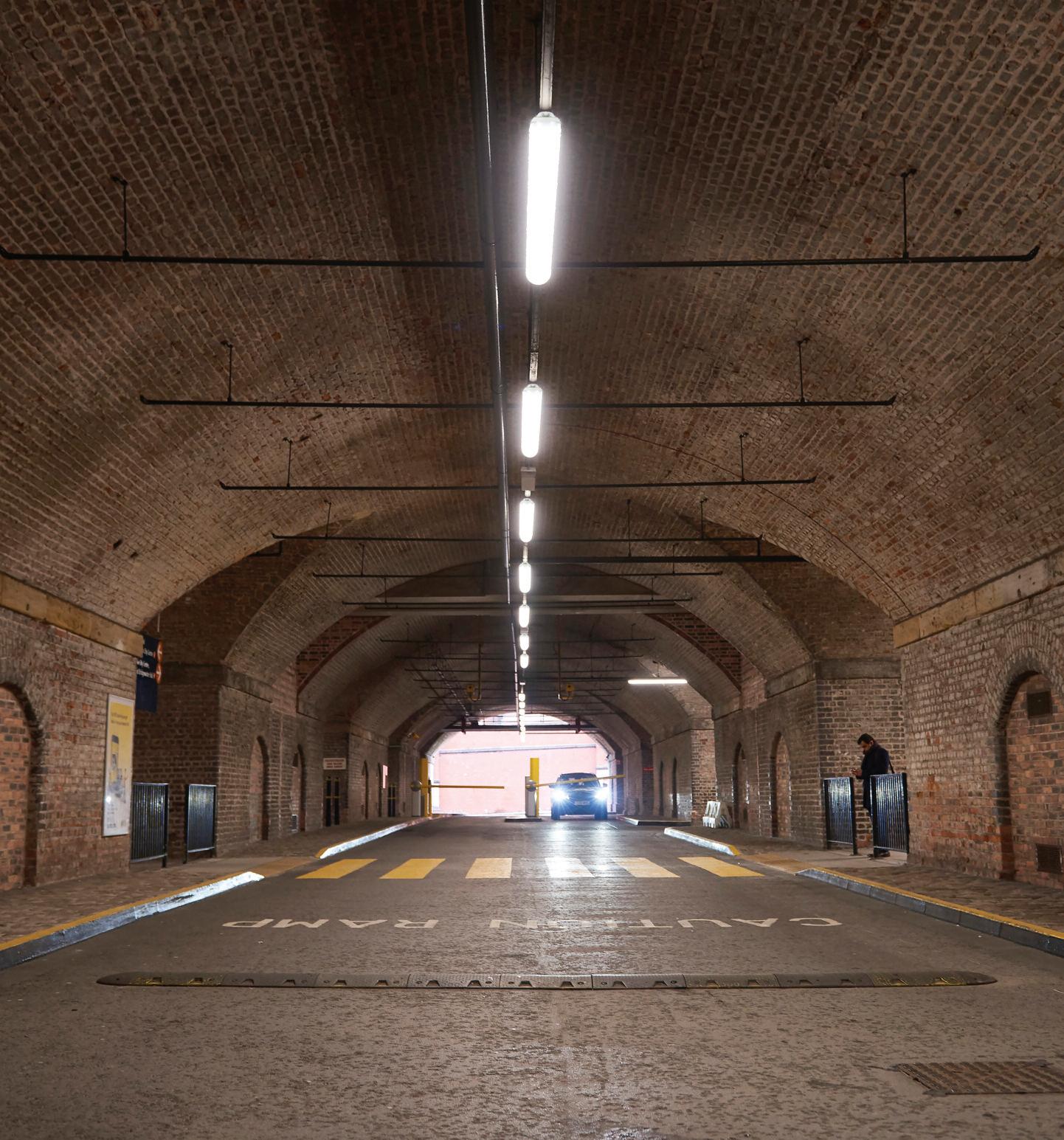



Luceco’s two new LED lighting batten ranges – Climate and Luxpack Essence –designed for industrial lighting applications, have been developed to be kind to the environment and are simple to install – a real win for everyone
The two ranges have been designed to meet the differing needs of the industrial lighting market Rugged Climate, being IP65 rated, is ideal for outdoor settings such as warehouses and car parks, whilst the Luxpack, with its white aesthetic and IP20 rating, is suitable for indoor spaces such as offices and garages
Conceived with sustainability at its heart, both Climate and Luxpack are designed to be serviceable, with the LED board and driver units being easily replaced, if required, without the need for tools – just a few simple clicks is all that’s needed to remove and replace them.
This modular feature dispenses with the need to replace the entire unit, saving not only time whilst on-site but also significantly reducing the amount of waste ending up in landfill
Inbuilt power and colour change switches add further flexibility for both ranges with two simple Plug and Play options allowing for configuration on-site and eliminating the need to make decisions ahead of time Each model or length has the ability to add Microwave Sensor or Emergency packs that simply click into place, providing a host of customisable options
Both the Climate and Luxpack ranges make installation faster and more accurate, thanks to the inclusion of colour-matched connectors and flexible first fix brackets, whilst the built-in power and colour change options make these pioneering LED lights adaptable for any industrial lighting project or space
Simon Shenton, Head of LED Product Development at Luceco, said: “With Luceco’s Climate and Luxpack ranges, thanks to the quick, tool-free replacement of the LED board and driver units, there’s no need to replace the entire fitting at end of life


“In addition, our Climate and Luxpack lighting systems are stringently tested, CE/IP approved and are backed by a five-year warranty to give installers peace of mind
“Built on proven base designs, with improved technology that gives us the features that are right for now as well as the future, we believe that both Climate and Luxpack ensure a ‘right first time’ approach for any installer ”

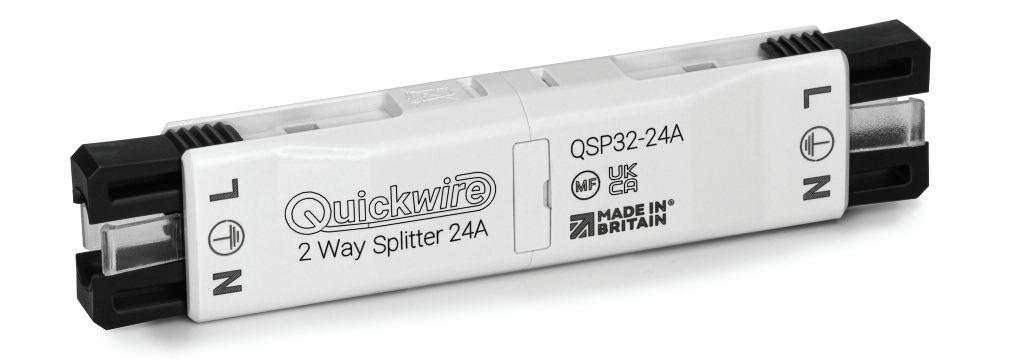


Quickwire launches 2 and 4-way splitter 24 A junction boxes
2024 is looking to be a big year for Quickwire as it introduces its latest products to market: two new Quickwire junction boxes for power connection
The new additions to the Quickwire range are 2 and 4-way splitter junction boxes for use with 2 5 mm cable and rated at 24 A.

These clever new products open up a whole new dimension of capabilities for users of the Quickwire system. The highly anticipated additions will allow lightning quick distribution of power and make common jobs like breaking into ring finals, adding spurs, or repairing damaged cable runs much easier
Both products are rated to 24 A, accept 2 5 mm solid core Twin and Earth cable and comply to British standards BS EN60670-22 and BS 5733-MF
Up until now the main Quickwire product range has been rated at 16 A, commonly for use in lighting circuits Entering the realms of power connection will prove a game-changer for many and facilitates a wealth of new applications As with all Quickwire products they’re manufactured and built in the UK
Sam Garton, Manager at Quickwire, said “Since our initial launch we’ve had frequent requests from our customers for a Quickwire junction box with a larger load capacity, and we’re excited to finally be able to offer the market what it has asked for We’re hoping that the new products more than live up to expectations!”
The new junction boxes are available now on Quickwire's website, and from most electrical wholesalers If your preferred supplier hasn’t got them in stock yet, just ask them to get in touch with Quickwire

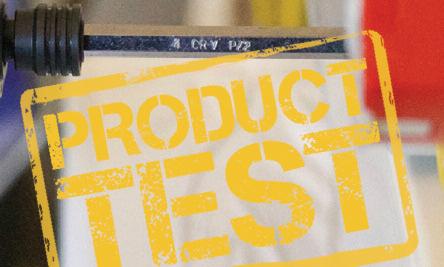


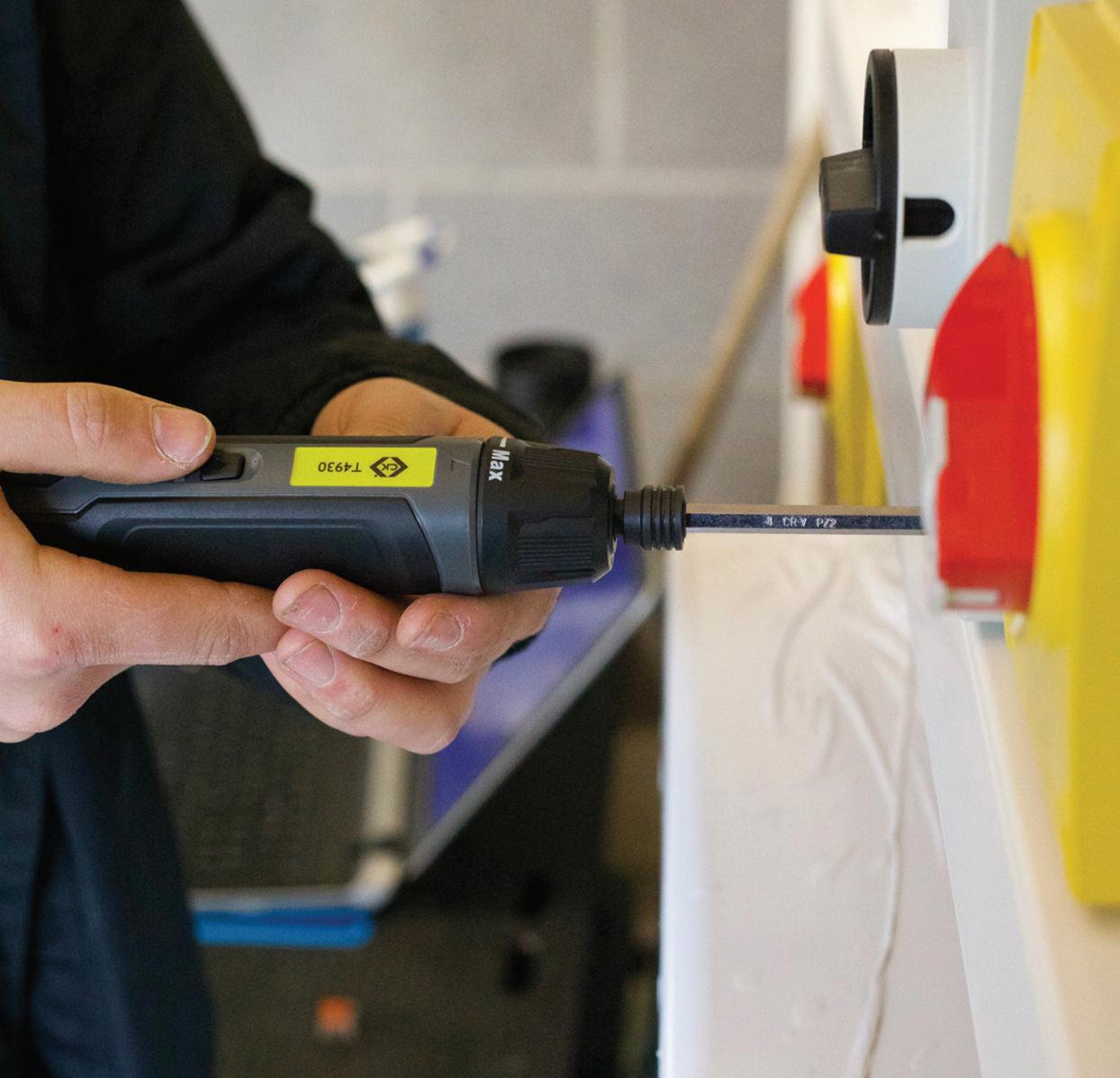
You could win one of five C.K Tools E-Driver electric screwdrivers this month.
CK Tools has unveiled its new compact electric screwdriver, designed to save time and meet the varied needs of electricians
The first of its kind for the premium tool brand owned by Carl Kammerling International (CKI), the new T4930 E-Driver electric screwdriver allows users to quickly and accurately complete a job with ease, and in far less time than a manual alternative
Developed with a panel of tradespeople and designed to tackle heavy duty electrical jobs through to small precision tasks, this latest product launch is a versatile and portable companion to quickly and accurately drive screws and fasteners without fatigue

The E-Driver offers a cordless and convenient premium tool with up to 200 minutes operating time per charge Its ergonomic design allows for supreme grip and control and its intuitive forward and backward buttons allow the user to change the direction of rotation, tighten and loosen screws with ease.
The C.K Tools E-Driver comes complete with a rechargeable cable and a high-performance PZ2/SL4 double-sided screwdriver bit, made from durable chrome vanadium, to withstand a wide variety of tasks



Britain has a long and successful history of artisan craft, and buying British-made products is often considered synonymous with skill and excellence
With an increasing emphasis on the importance of buying local, and a resurgence in local artisans, we’ve seen British manufacturing blossoming into a realm of its own, utilising local talent to create unique products
There’s nothing quite like the look and feel of a British-made product, and it is this pride in local craft that has given rise to Made in Britain, a not-for-profit organisation that supports registered British manufacturers by authenticating that their products are local to the UK
The Soho Lighting Co. is proud to be a registered member of the Made in Britain organisation, earning the company a registered collective mark, and providing assurance that the lighting it produces is locally made using high-quality materials
Combining artisanal craftmanship with electrical expertise, Soho’s attention to detail has given rise to a stunning array of lighting collections that showcase local British talent And none pay tribute to British heritage quite like the Chelsea Collection
Handcrafted from solid brass and
utilising IP68 rated technology, the range sees British expertise and design come together to create reliable and visually stunning outdoor lighting
A versatile and design conscious ground spike, the Chelsea Spike Light offers directional light that provides an inviting light Raw brass coupled with vintage detailing gives this robust ground spike a distinctly traditional appearance that works well with any classically styled property, while the fully adjustable hinge allows for directional light to illuminate key features in the garden.
The Chelsea Step Light is a partially recessed light that’s designed to be fitted into an exterior wall or step that offers a slimline profile for a minimalist appearance Whether installed in garden steps for stylish guide lighting, or as part of decorative wall lighting, the Chelsea Step Light provides pleasant ambience, cleverly illuminating an outdoor area with its minimal design This subtle design also works as a unique lighting solution for bathrooms, contributing to the overall ambience of the space by uplighting walls
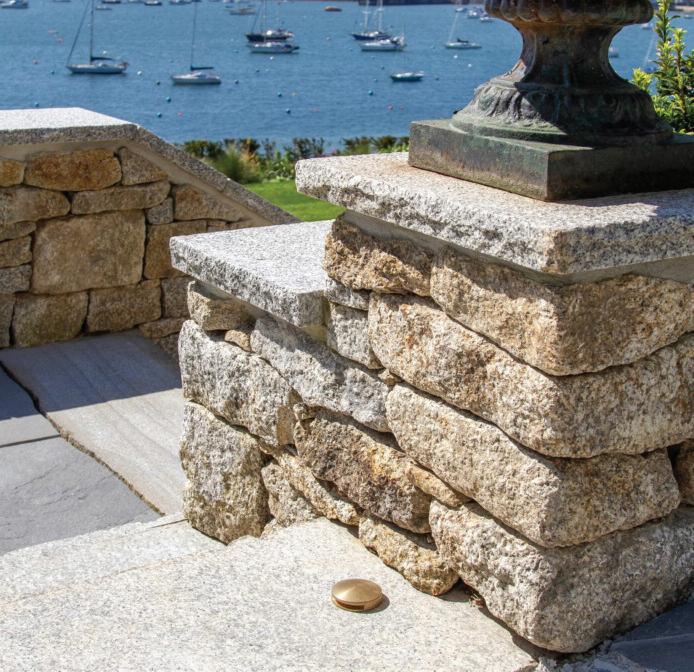



The Luceco Specification Lighting Guide for 2024 features over 1,200 SKUs and is packed with brand new specification lighting solutions, including over 250 brand new SKUs The guide showcases an extensive new lighting controls section, Luceco’s innovative energy-saving LED luminaires, as well as offering updates on the most popular ranges Each section is colour-coded for ease of navigation, with detailed technical product information to ensure ease of specification and help you to make the correct choice Hard copies are now available to order in a softback version and a brand new durable hardback version – perfect for the office or van.

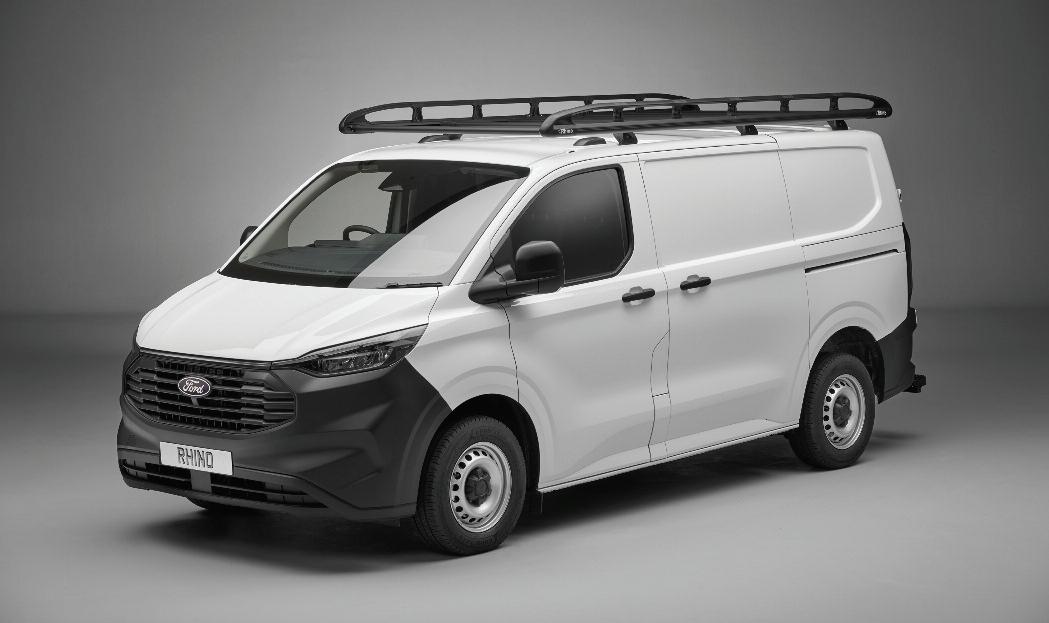
The new KammRack Black from Rhino Products is the perfect blend of style and functionality that will help take your business to the next level With matching black nose cones and anti-rattle connectors, each part blends seamlessly into a rack that adds an extra touch of class to your trade vehicle You now have a choice of two stunning shades for your KammRack – the original silver, or the black powder coated version Time is of the essence when running your own business The KammRack Black is Rhino’s fastest fitting roof rack – ever It can also be fitted by just one person, meaning less off-road time for you The product is made from black powder coated, anodised aluminium, which weathers much better and far longer than steel Apart from being visually stunning, the aluminium material is also naturally much more corrosion resistant. It also utilises a super aerodynamic bar shape, meaning less wind noise and drag, in turn lowering fuel consumption for your vehicle


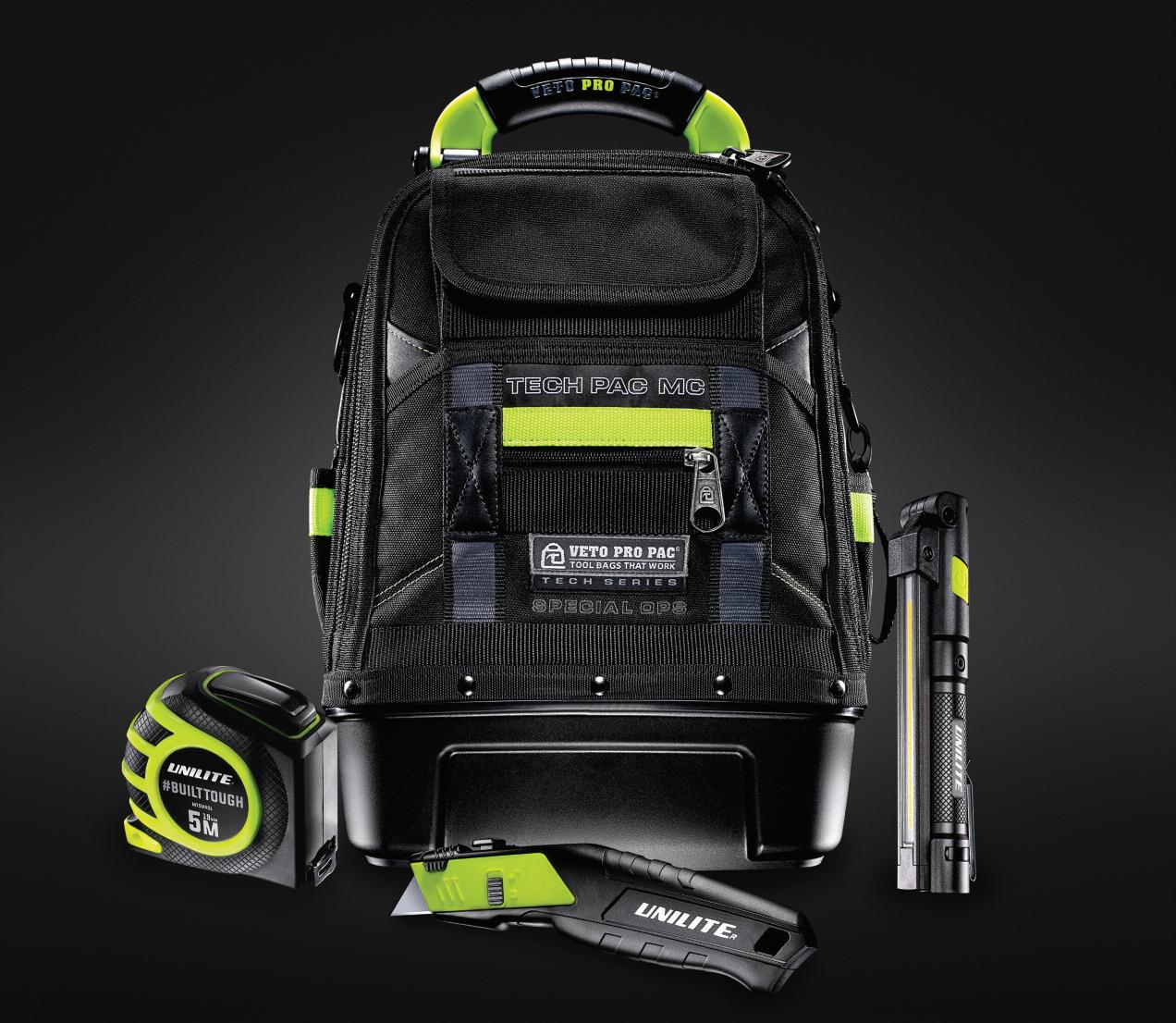
Unilite is this giving one reader the chance to win a mega bundle this month.
If you’re after a top quality prize bundle, look no further than this little lot from Unilite – containing a VETO Tech Pac MC Special Ops backpack, along with a Unilite IL-425R aluminium 425 lumen folding inspection light, a MT5M4SL self-locking 5 m tape measure, and a KC2 knife cutter
Combining the tactical look of the Blackout bags with the practicality of bold Hi-Viz accents, the VETO Tech Pac Mc Special Ops compact backpack includes black reflective tape for better visibility as well as the addition of two hi-vis PB5 parts bags.
With an impressive 425 lumen white COB LED and a runtime of 3 - 6 5 hours, the IL-425R folding inspection light ensures you have ample illumination for demanding tasks, delivering superior performance.
The MT5M4SL self-locking tape measure is a heavy-duty measuring tool with a 5 m long and 19 mm wide blade One of the standout features of this tape measure is its 1 8 m/6 ft horizontal stand-out blade, which makes it easier to measure long distances without the tape collapsing or bending
Made with a combination of nickel, ABS, and TPR materials, the KC2 knife cutter is built to withstand tough working conditions and provide optimal performance, allowing you to cut through the toughest materials with ease


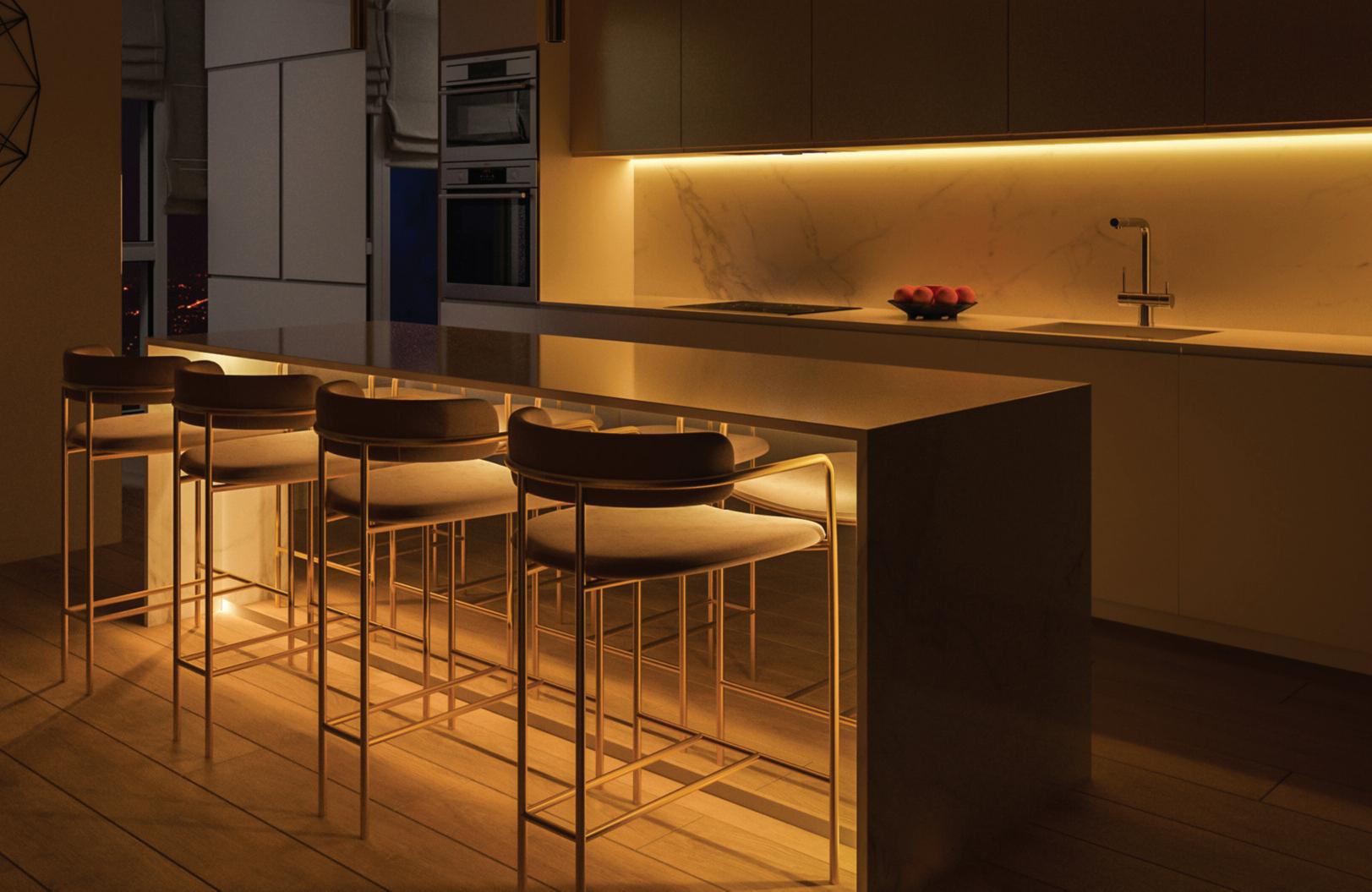

LED Flex strip lighting from Knightsbridge is ideal for creating ambient lighting in kitchens, bedrooms and other spaces deserving colourful and energy efficient accents
Flex’s low profile – from 1 5 mm to 2 mm –and 8 mm width makes it ideal for hard to access, space-constrained locations, while its 3M self-adhesive backing tape provides a robust and durable fixing Waste is kept to a minimum because installers can cut the LED Flex to fit at 50 mm intervals and use the excess elsewhere, re-connecting it to other strips of product where necessary
Both single and four colour (red, green, blue and white) versions are available, supported by dedicated drivers, controllers and profiles that offer a quick solution to most indoor installations
The colour-changing RGBW LED Flex is available with smart technology so units can be controlled through Knightsbridge’s proprietary SmartKnight App
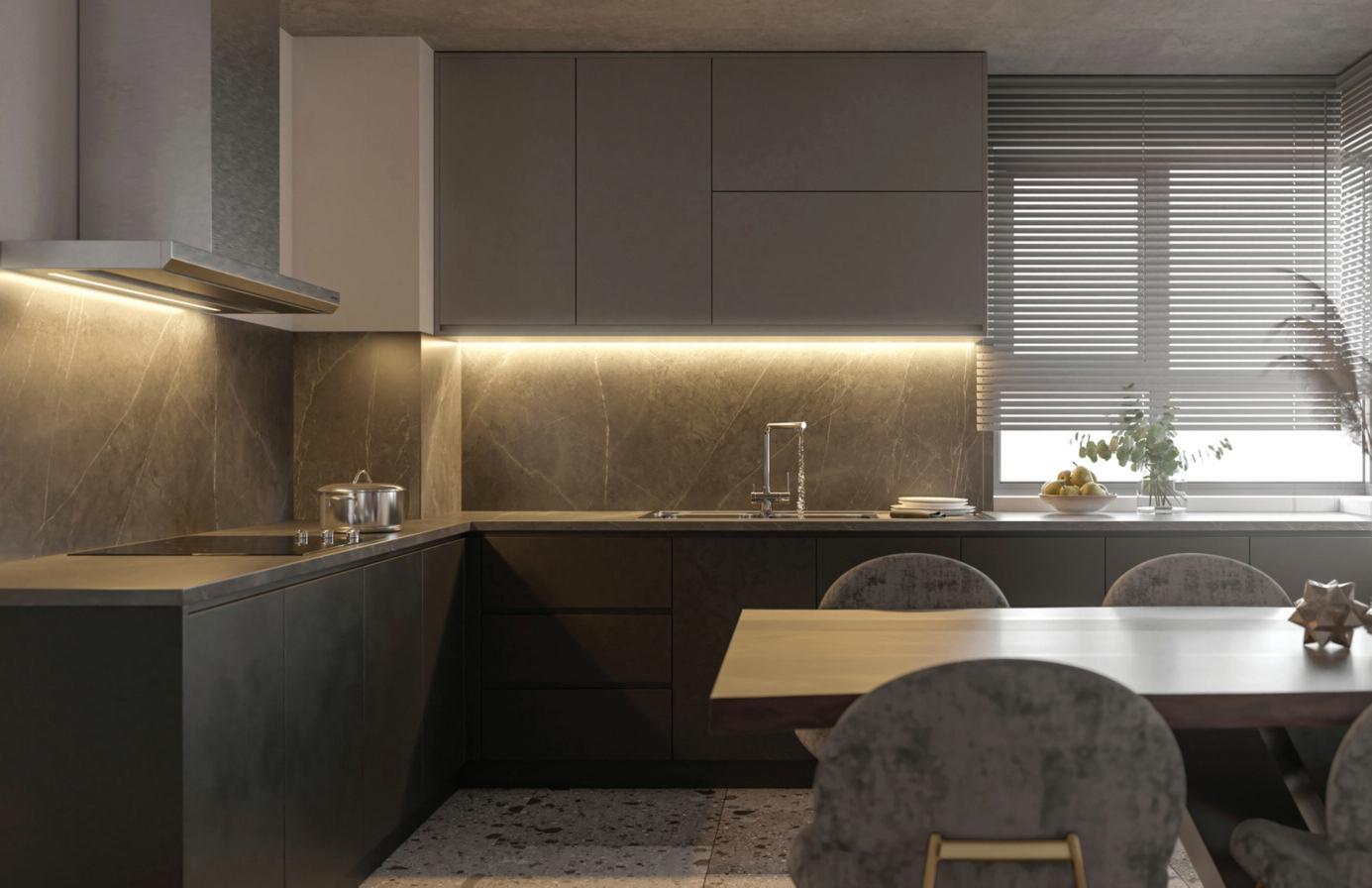
The company has also introduced ‘COB’ single colour seamless strip lighting COB stands for Chip on Board, meaning the LED diodes are built directly into the printed circuit board The seamless strip lighting is ideal for illuminating indoor spaces since it offers a larger lighting area than traditional alternatives, resulting in no dark spots and perfect colour consistency and uniformity The COB strip lighting is supplied with 150 mm of cable and is dimmable with the appropriate control.
Rated IP20 for indoor use, the 12 V single colour range offers colour temperatures from 3000K to 6500K and light outputs from 510 lm per metre upwards in white only. Its 24 V equivalent is also for indoor use, but available in various colour temperatures of white as well as red, blue and green The colour-changing models are rated at IP20 for indoor use and IP67 options are also additionally available
The Flex collection encompasses 52 versions in 12 V and 24 V, in lengths from one metre up to 50 metres, depending on voltage and colour; all with a three-year warranty A full range of accessories – from aluminium mounting profiles through to controllers, connectors and drivers – is also available.


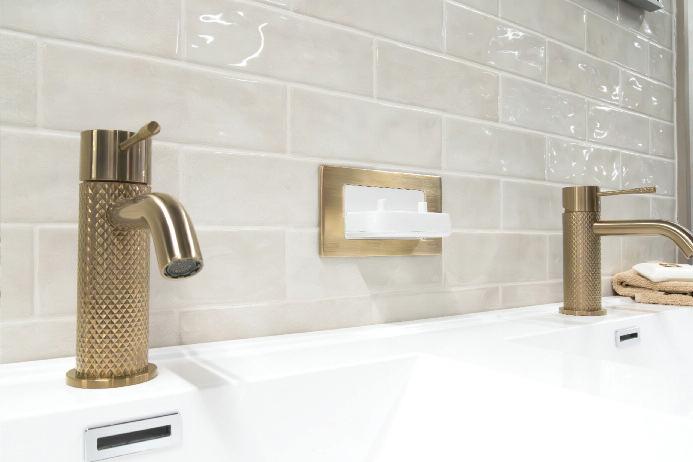
Charger Faceplate
When it comes to bathroom colour schemes, there are classic choices that will stand the test of time and there are the trends that will come and go In more recent years, jewelled tones and warm metallic accents have increasingly been popular in bathroom designs With UK Google searches for ‘brass bathroom fittings’ rising by 70% in the last year, Proof Vision has developed a Brushed Brass faceplate for its PV11P and PV12P TBCharge in-wall electric toothbrush chargers, which is now available to order The Brushed Brass faceplate will allow users to de-clutter their bathroom from trailing charging wires with an on-trend toothbrush charger that beautifully complements brass bathroom fittings Furthermore, Proof Vision in-wall toothbrush chargers are easy to install, just like a shaver socket

VISIT THE PRODUCT INFORMATION PAGE ONLINE AT: WWW.RDR.LINK/EBB051
The new range of FType downlights from Luceco combine end user demand for style and value with easy, quick fitting and ‘no-return’ reliability With Dim2Warm and four different white colour changes, a choice of four bezel colour finishes and options for flat, adjustable and regressed fitting, the three models in the new range combine to provide an incredible 209 style and colour combinations The new range is fully compliant with Building Regulations and is IP, Fire, Acoustic and Air leakage tested for complete confidence and peace of mind. It has three-to-seven-year warranties depending on the model and is built on proven base designs with improved technology and features, ensuring a ‘right first time’ approach to any wiring installation Based on extensive installer research, the new FType downlights include time-saving benefits, enabling speed and accuracy of installation, through to energy efficient choices within the lights themselves The range can span efficiently over multiple applications and is adaptable to any project or space
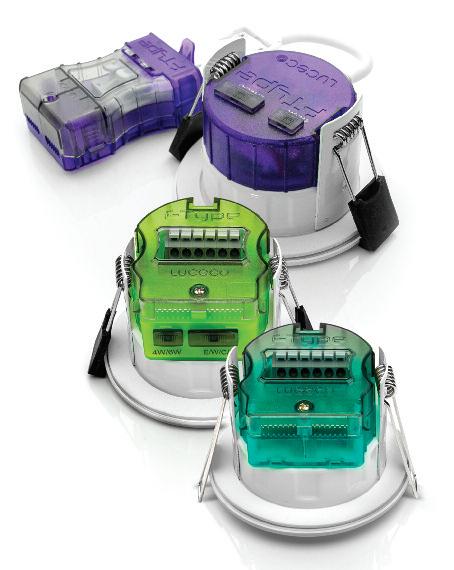

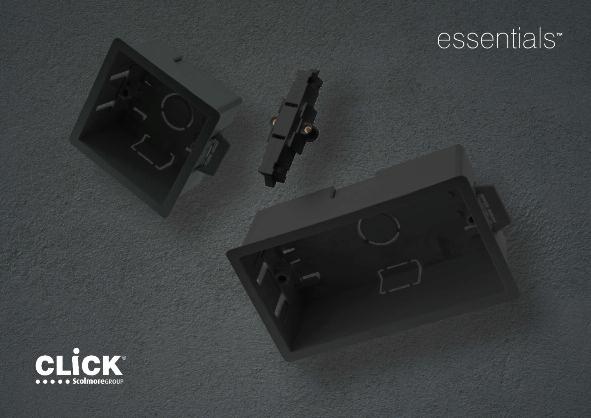
Click continues to expand its Essentials range to provide electricians with the simplest solution to installing a selection of different depth dry lining back boxes in any combination desired The Ezylink system can be used to connect and create any combination of Click dry lining boxes which are available in 1 gang or 2 gang, and suitable for board thicknesses of 18 mm (35 mm deep) and 27 mm (47 mm deep) Now available in a black finish, the Click dry lining boxes are designed to create a neat and more discrete look They’re supplied with a ten-year warranty

VISIT THE PRODUCT INFORMATION PAGE ONLINE AT: WWW.RDR.LINK/EBB053
The CED Electrical Group has announced its introduction into the EV market with a new range of Type 2 portable electric chargers and charging cables, under the Axiom Brand. EV chargers are available with adjustable (8/10/13 A) or fixed (13 A) amperage, come with cable lengths of 7 m or 10 m and feature an LED screen display and supply of a UK power plug Cable lengths include 1.5 m for mains plug leads with the balance of 5.5 m or 8.5 m respectively being the extent of the charging leads 7 m or 10 m 7 kw charging cables are also sold separately The adjustable amperage versions offer substantial flexibility and efficient energy consumption by working with various power outlets and avoiding overloading of circuits by adjusting amperage to match available power With polycarbonate bodies, the range has ingress and impact protection and the benefit of a two-year warranty period


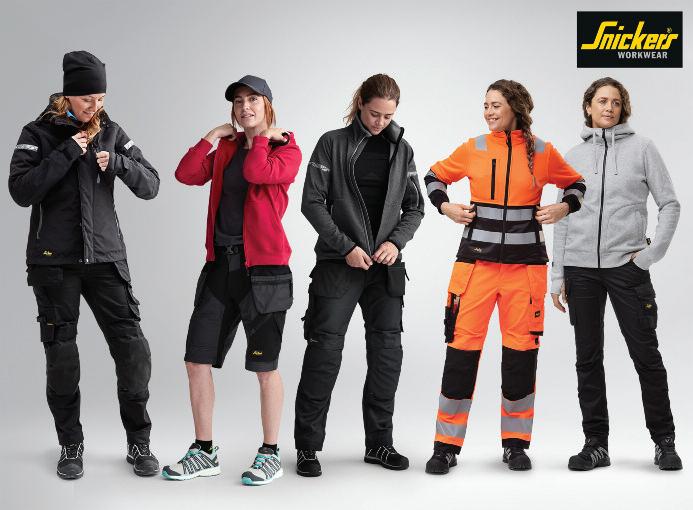
For professional craftswomen who want working clothes with an ergonomic fit and a street-smart style, Snickers Workwear has garments and footwear to suit all kinds of working environments and weather conditions There’s specially designed women’s work jackets, warm and windproof mid-layers, stretch trousers with kneepads along with Solid Gear safety shoes, tops and accessories – all available in a host of sizes to ensure optimal fit and comfort. For the spring and summer months, there’s new garments to choose from Check out the windproof softshell jacket, the outstanding high-vis tops and stretch trousers, plus new hoodies and t-shirts with great colourways to brighten your active workdays.

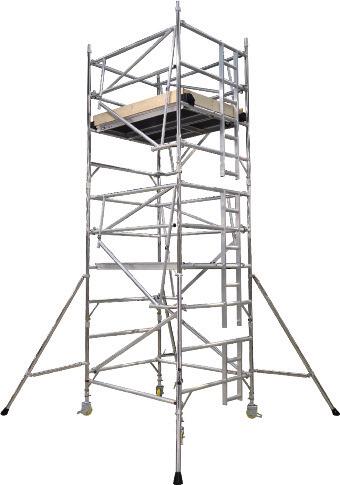
WernerCo has designed a new BoSS Camlock Advanced Guard Rails (AGR) frame to be used with the brand’s AGR towers The AGR frame has been specially designed to give contractors complete ease-of-use. The frame is entirely foldable, meaning it can be easily stored and transported, affording users ultimate convenience, and taking up minimum space when in storage or transit Manufactured in premium quality aluminium, the AGR frame delivers users complete peace of mind as a durable, hard-wearing solution suitable for use in a variety of applications The new AGR frame is compatible with the BoSS Ladderspan, the leading tower system for professional users, featuring integral ladders which provide safe access when climbing and descending. The AGR frames have also been updated to the BoSS Staircase and BoSS Clima range of towers and are fully certified to the latest EN 1004:2020 safety standard for towers

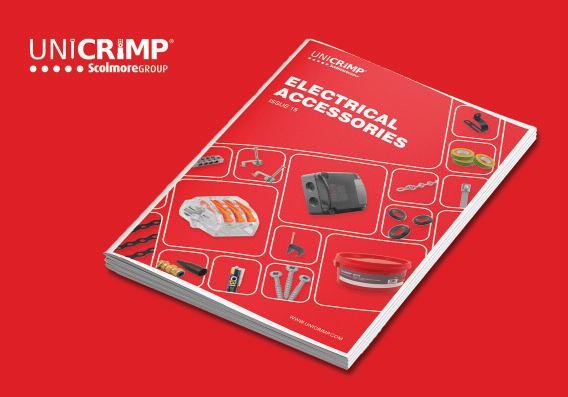
Unicrimp has produced a new catalogue to showcase its comprehensive range of cable accessories products Available to download now from the Unicrimp website or via the Scolmore Group App, the catalogue brings together recently-launched and existing products to provide a comprehensive and valuable resource for wholesalers, specifiers, contractors and procurement professionals Since launch, the Unicrimp range has been continually developed and expanded, and currently comprises three distinct product categories, each marketed under its own sub brand and all available exclusively through the electrical wholesaler channel These are the Q-Crimp range of cable and wire accessories, Q-Fire fire-rated and 18th Edition compliant cable accessories and the Q-Nect lever connectors and connection boxes. Unicrimp is also the exclusive distributor of the original, multi-surface sealant and adhesive brand, OB1, through the UK electrical wholesale channel

Drummond MTL15 Test Lamp & MTL15PD-S Proving Kit
Martindale Electric has launched the Drummond MTL15 Test Lamp and the MTL15PD-S Kit which includes a Test Lamp and Proving Kit. The new Drummond MTL15 Test Lamp extends the application areas for Drummond test lamps to higher voltage installations With AC/DC voltage indication thresholds of 50, 230, 400 and 690 V plus a 1,000 V CAT IV safety rating, the MTL15 is the ideal solution for proving dead in all installation categories as defined in BS EN 61010. The test lamp doesn’t require batteries and has no ranges or switches, ensuring reliable indication of hazardous voltages every time It is compatible with the six existing interchangeable test probes accessories to aid safe and easy measurement in all types of application, particularly where access is restricted In addition to the two standard 62 mm straight probes, a 62 mm angle probe is also included The MTL15PD-S encompasses the MTL15 Test Lamp complete with the PD690S Proving Device, all housed within the convenient TC71 Combination Carry Case



ROY BAILEY: THIS WAS TESTED AS PART OF AN EXTERNAL FLOODLIGHT REPLACEMENT, BUT NO EARTHING IT’S ACTUALLY CUT OFF IN THE BOTTOM CABLE THAT YOU CAN SEE IN THE PICTURE!

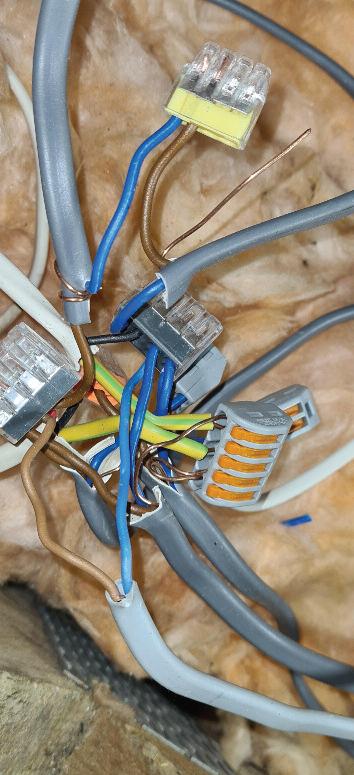
DAVID LAING: THE ITEM IN THE PHOTO WAS DISCOVERED WHEN PERFORMING A PAT ON A TABLE LAMP FOR A CHARITY ORGANISATION NEUTRAL CONNECTED TO EARTH PIN, DAMAGED CABLE AND A 13 A FUSE EVEN BETTER STILL, THERE WAS A "PASS" STICKER ON THE PLUG TOP
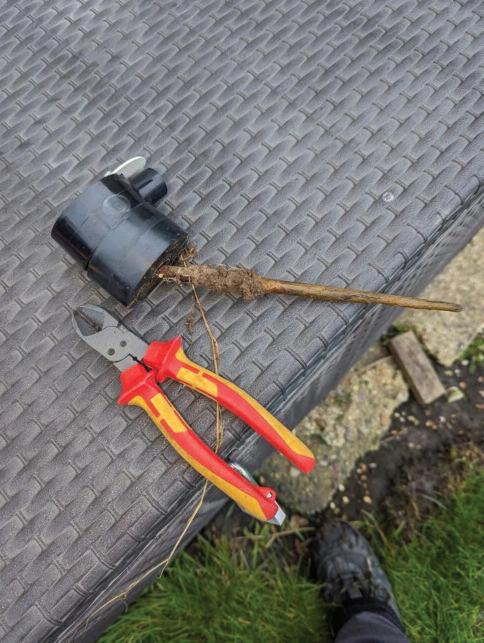







MEES LTD: DO SMART METER INSTALLERS NOT FOLLOW THE CABLE COLOUR CODE?
GEORGE ROBERTSON: THIS IS ALL THAT’S LEFT OF THE EARTH ROD!
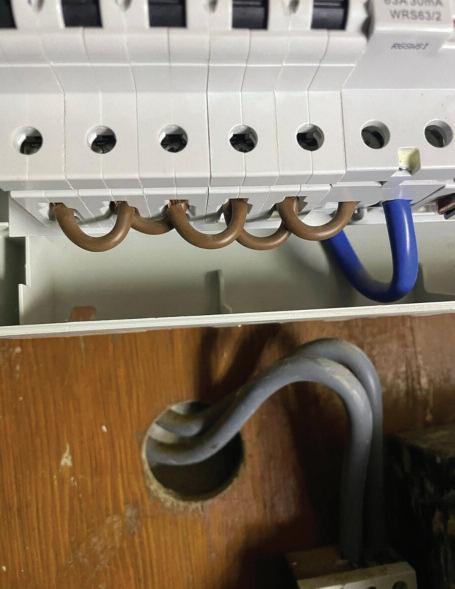
HAMMOND ELECTRICS: THESE WERE FOUND ON A RECENT EICR!


MCESW: WE FOUND THIS NEUTRAL CONDUCTOR TOTALLY BURNT OUT ON A 100 A SWITCHED FUSED ISOLATOR WHILST CARRYING OUT AN EICR


Here is a useful summary of all the adverts that appear in this issue of Professional Electrician. Each is listed with its page number and a direct URL that will get you straight to the relevant online information.
